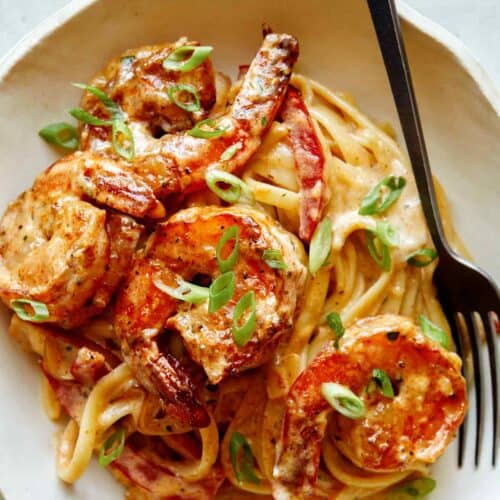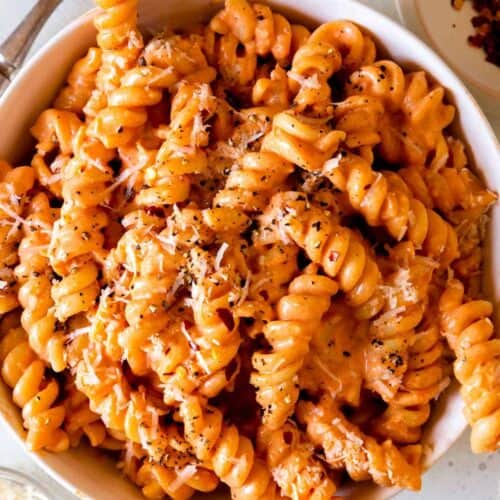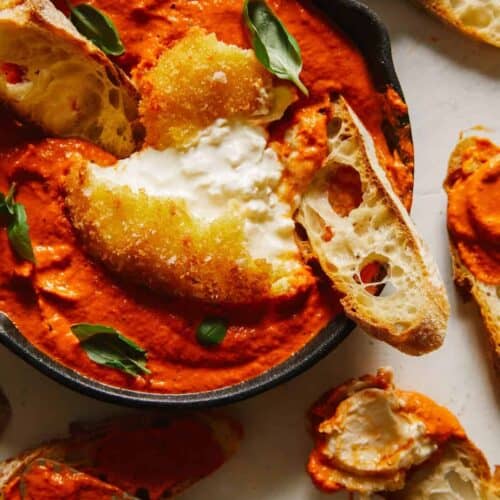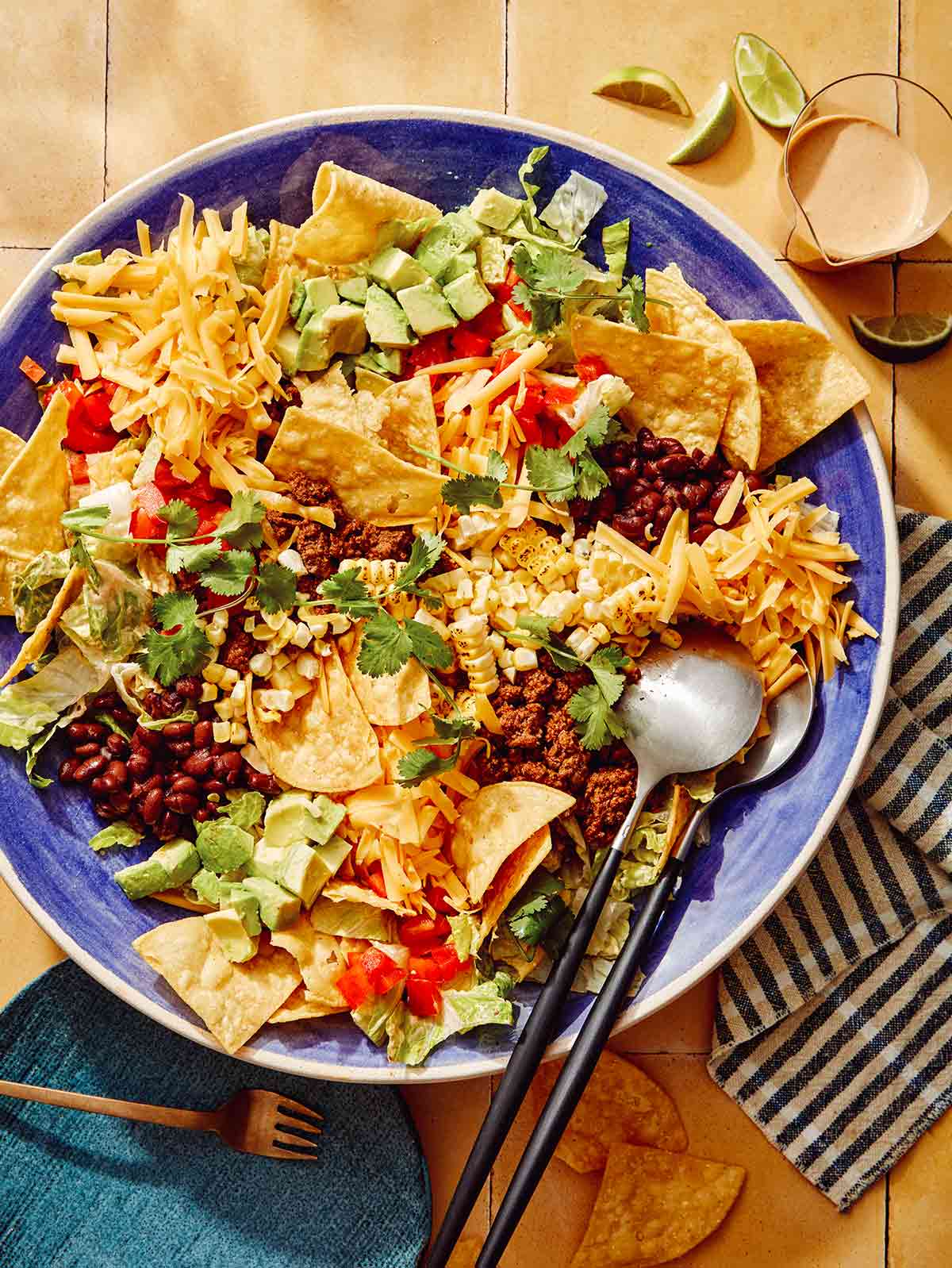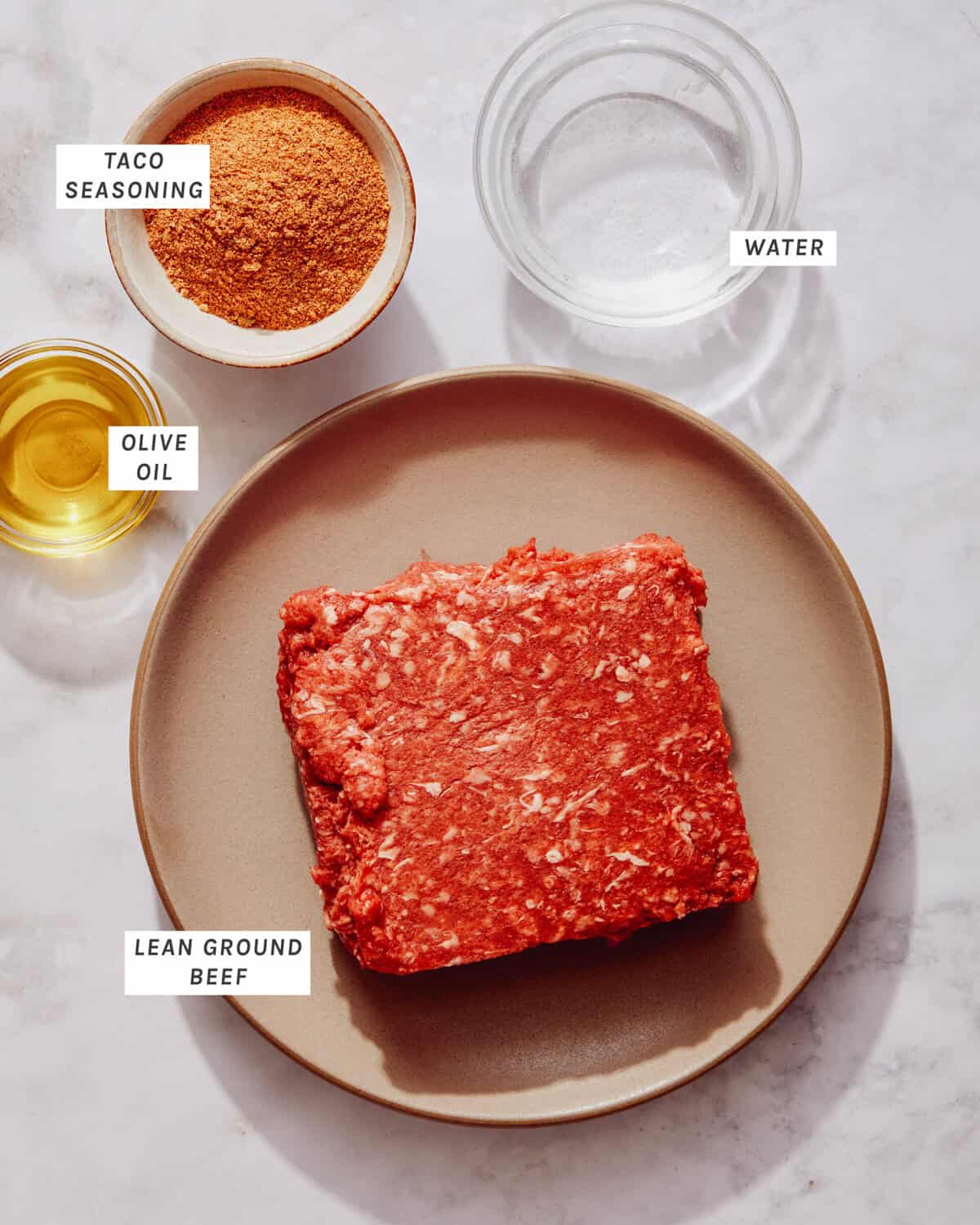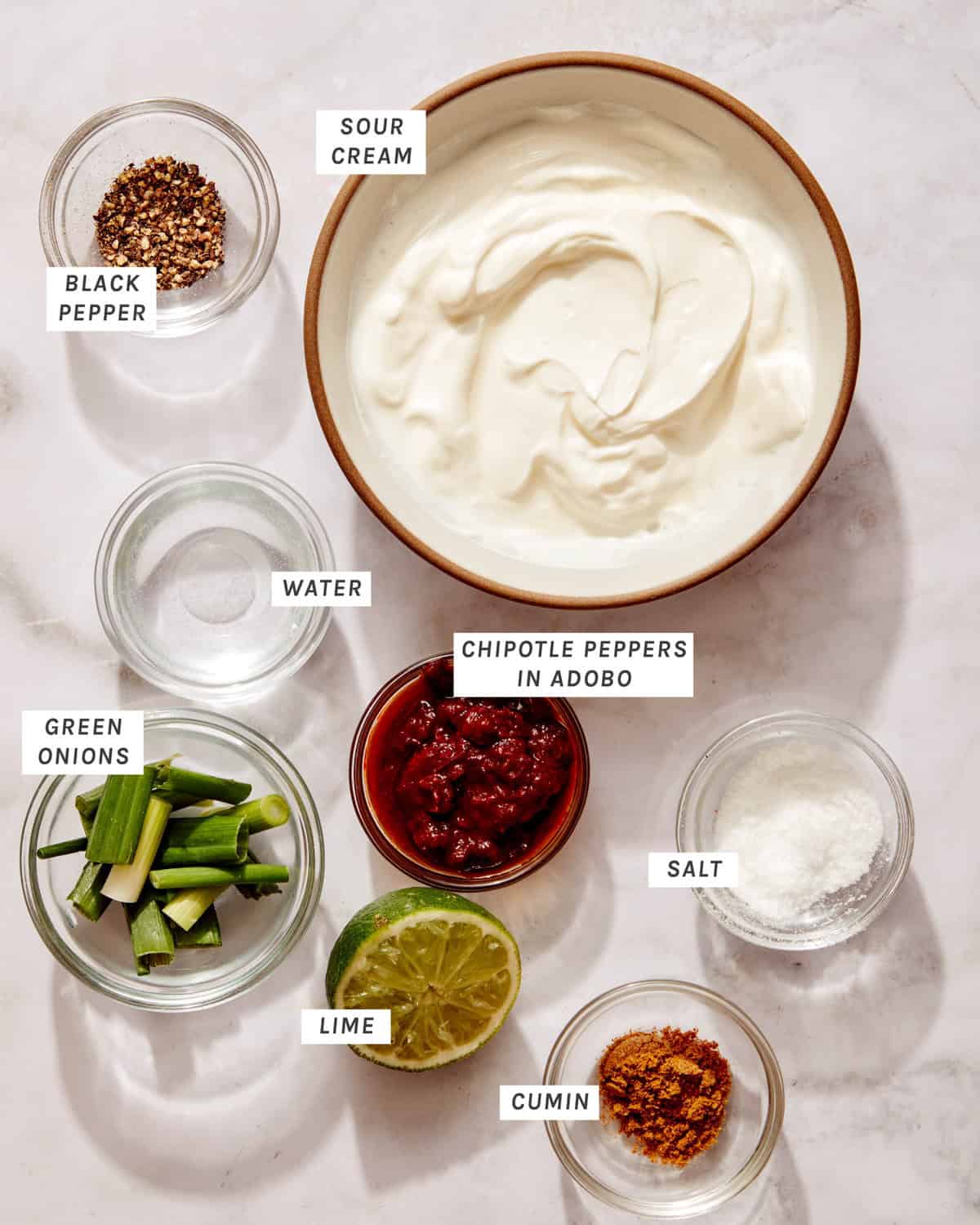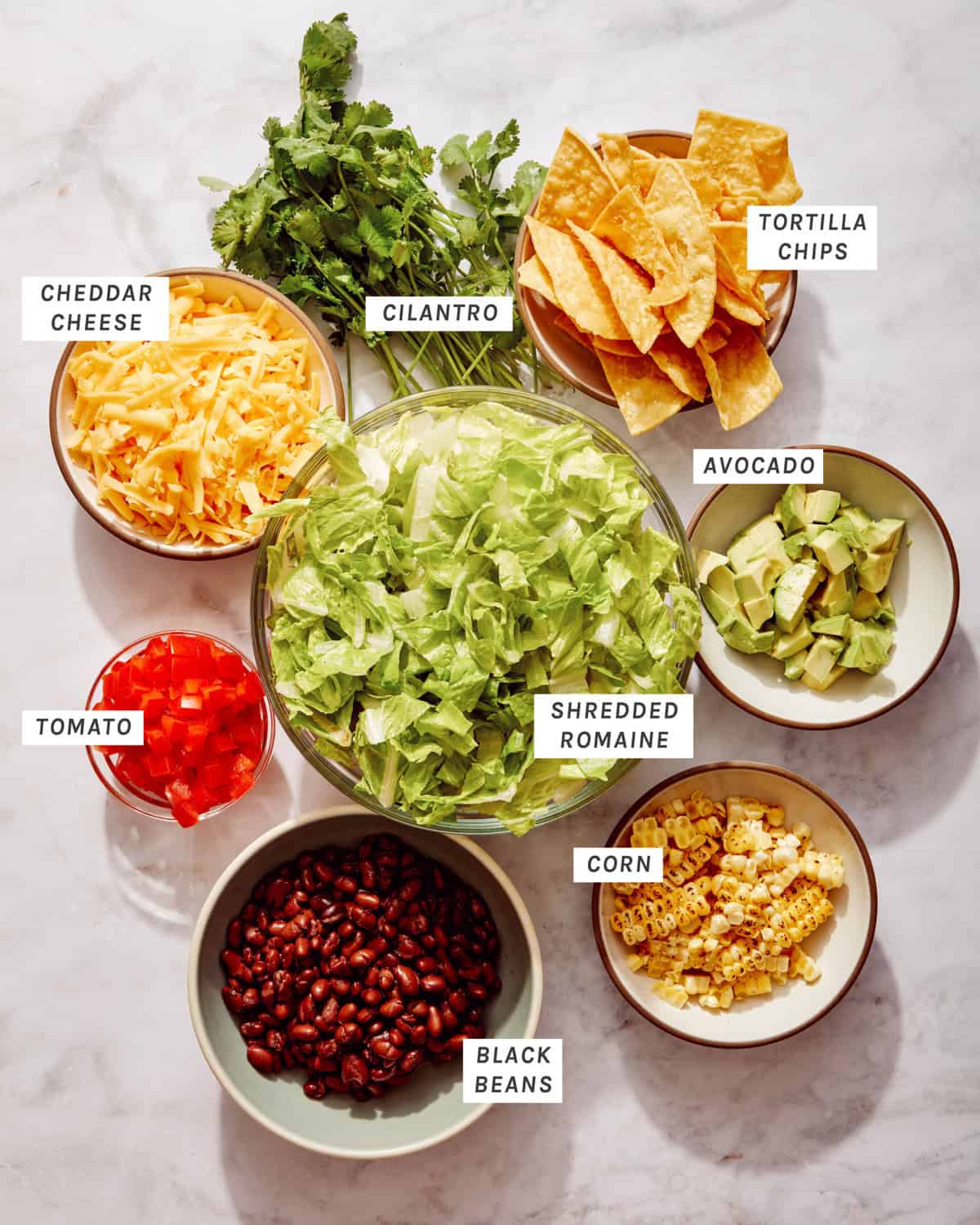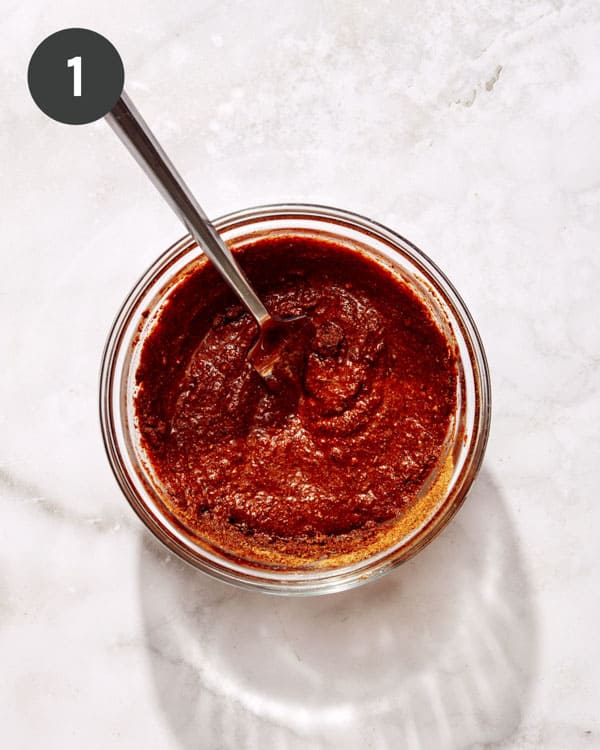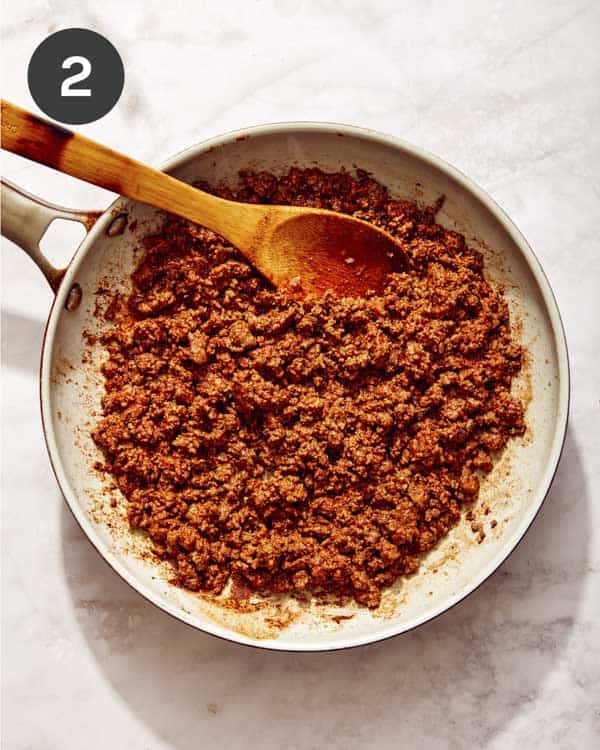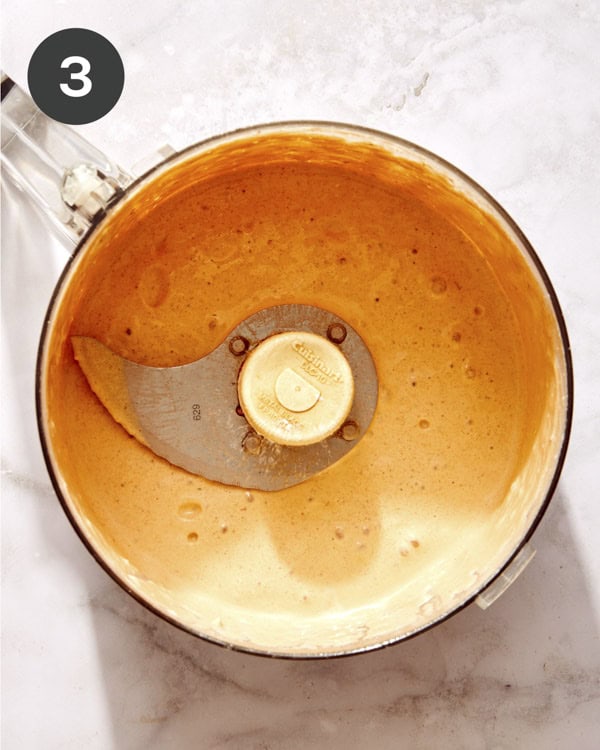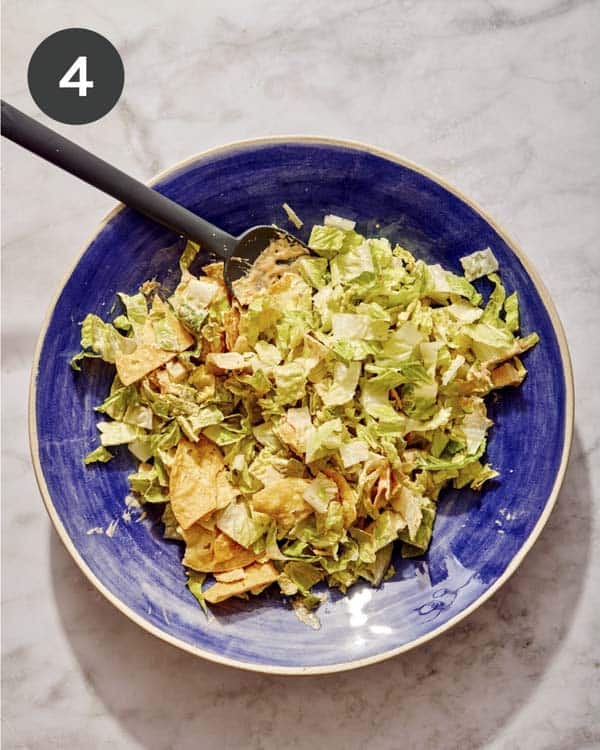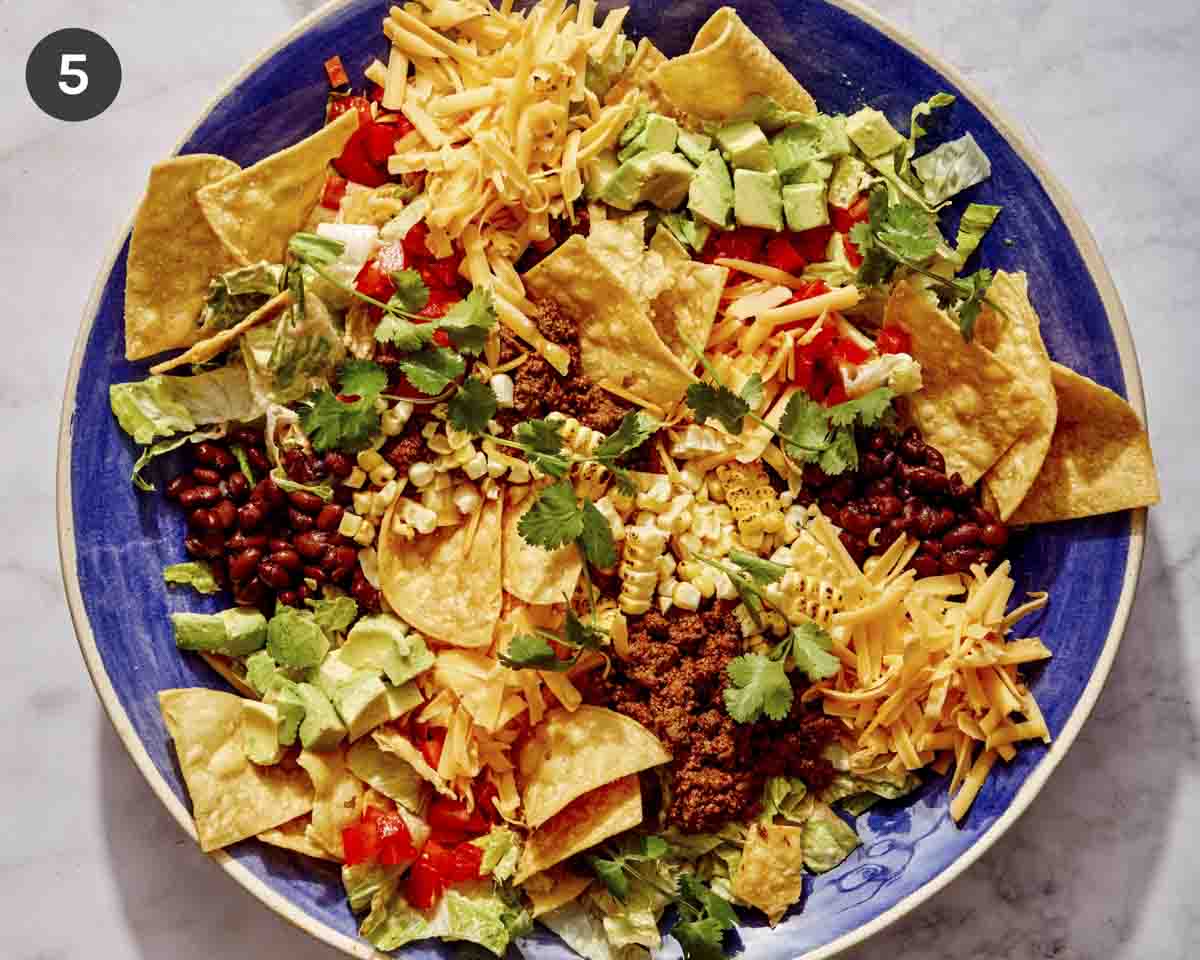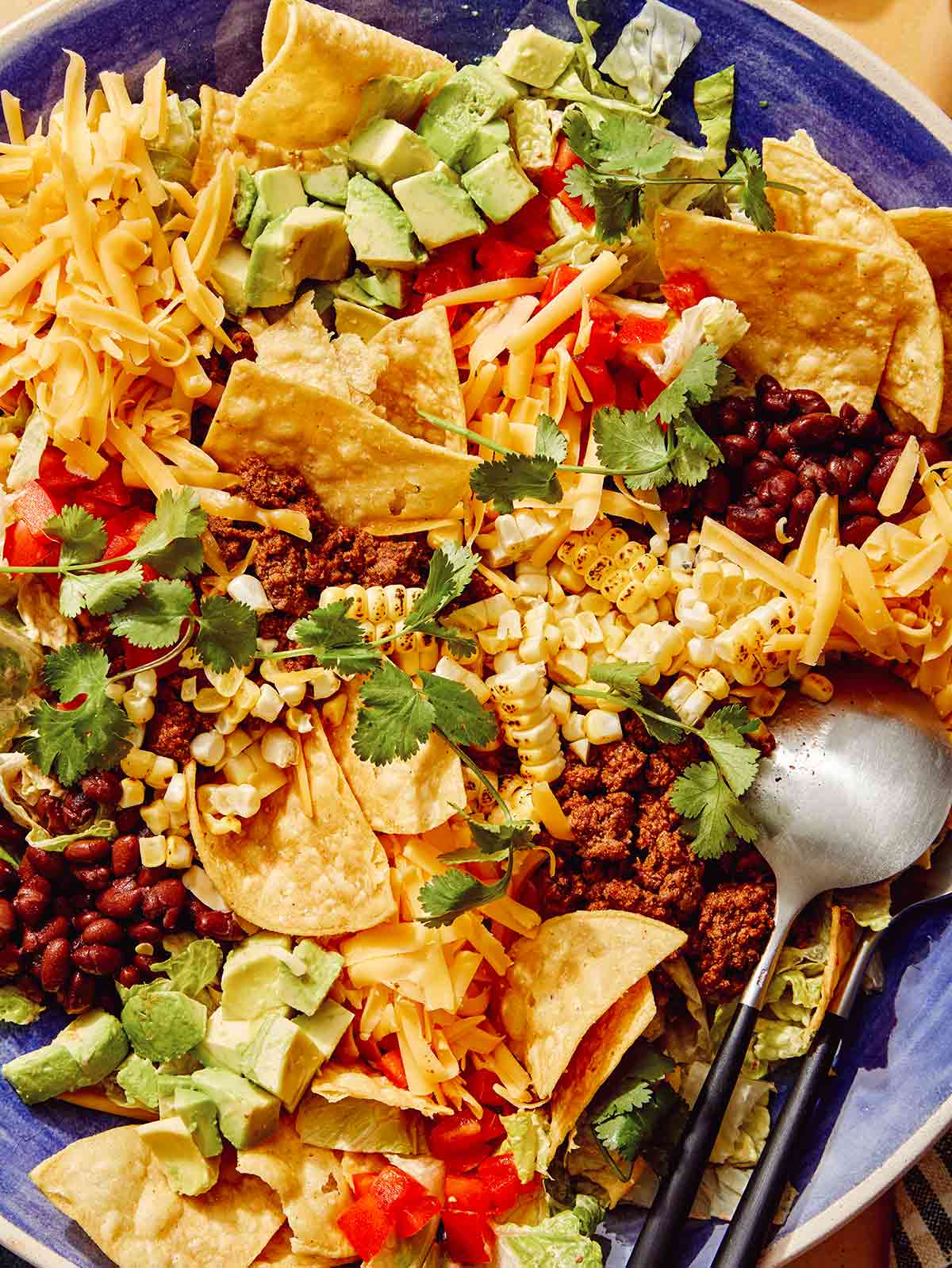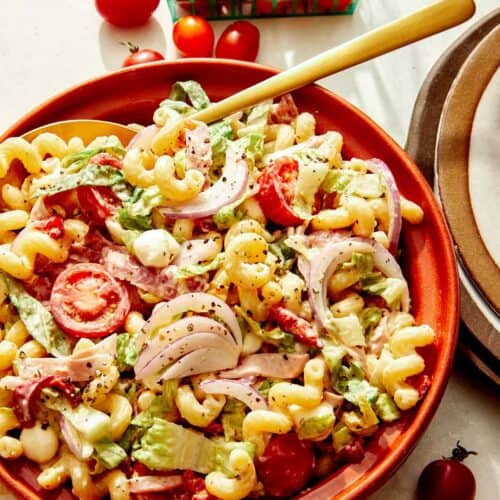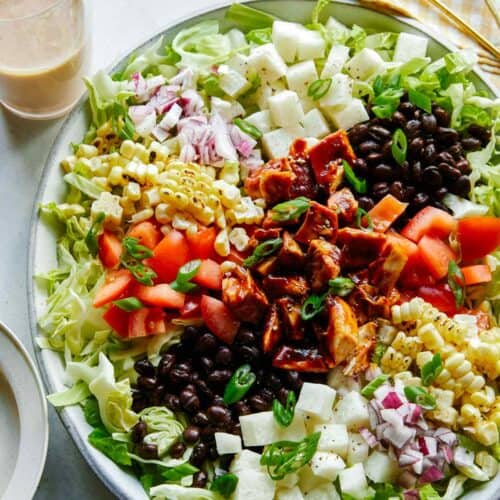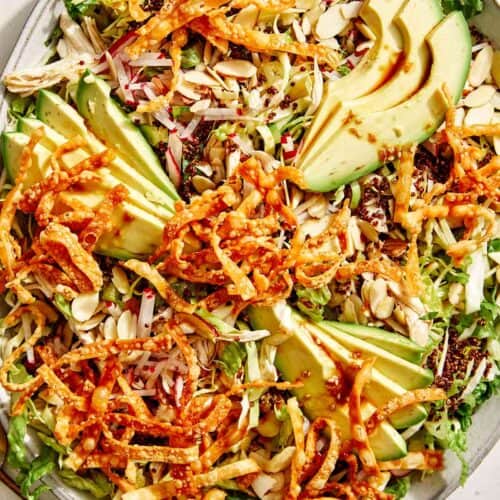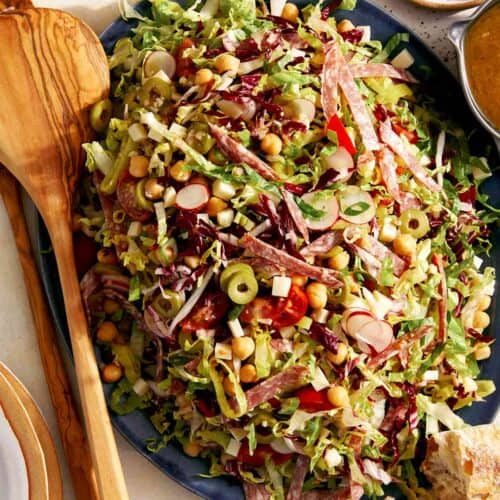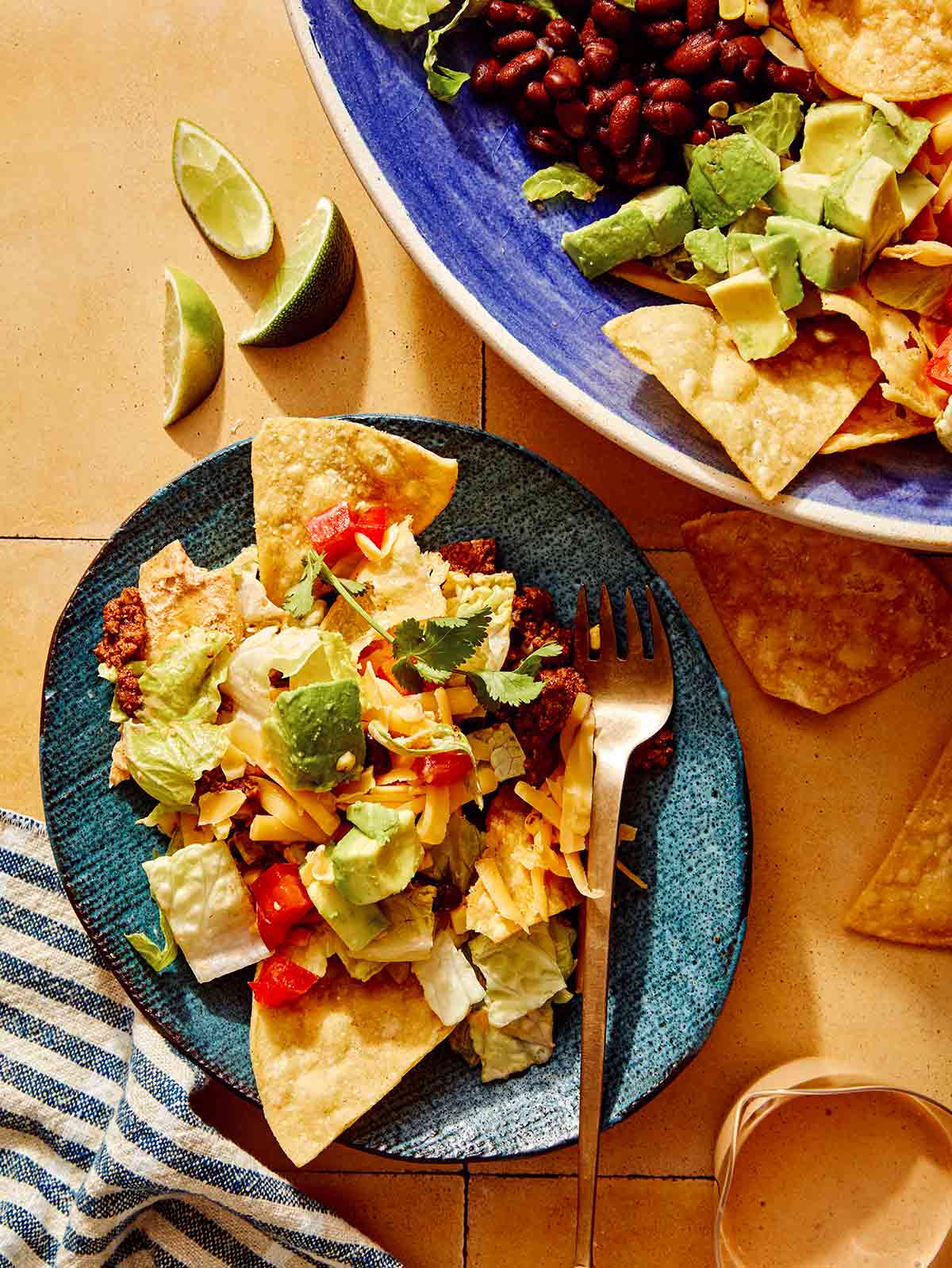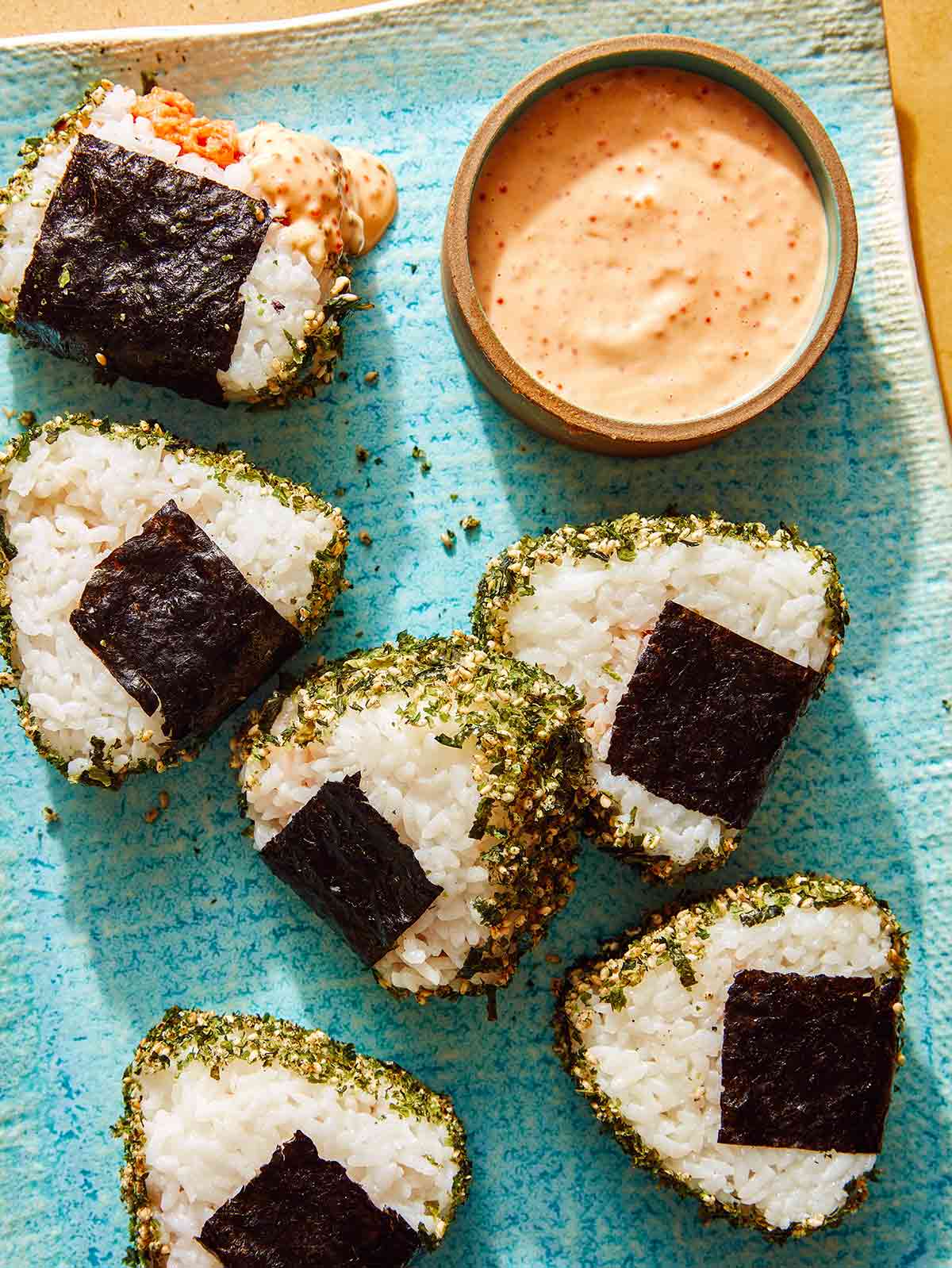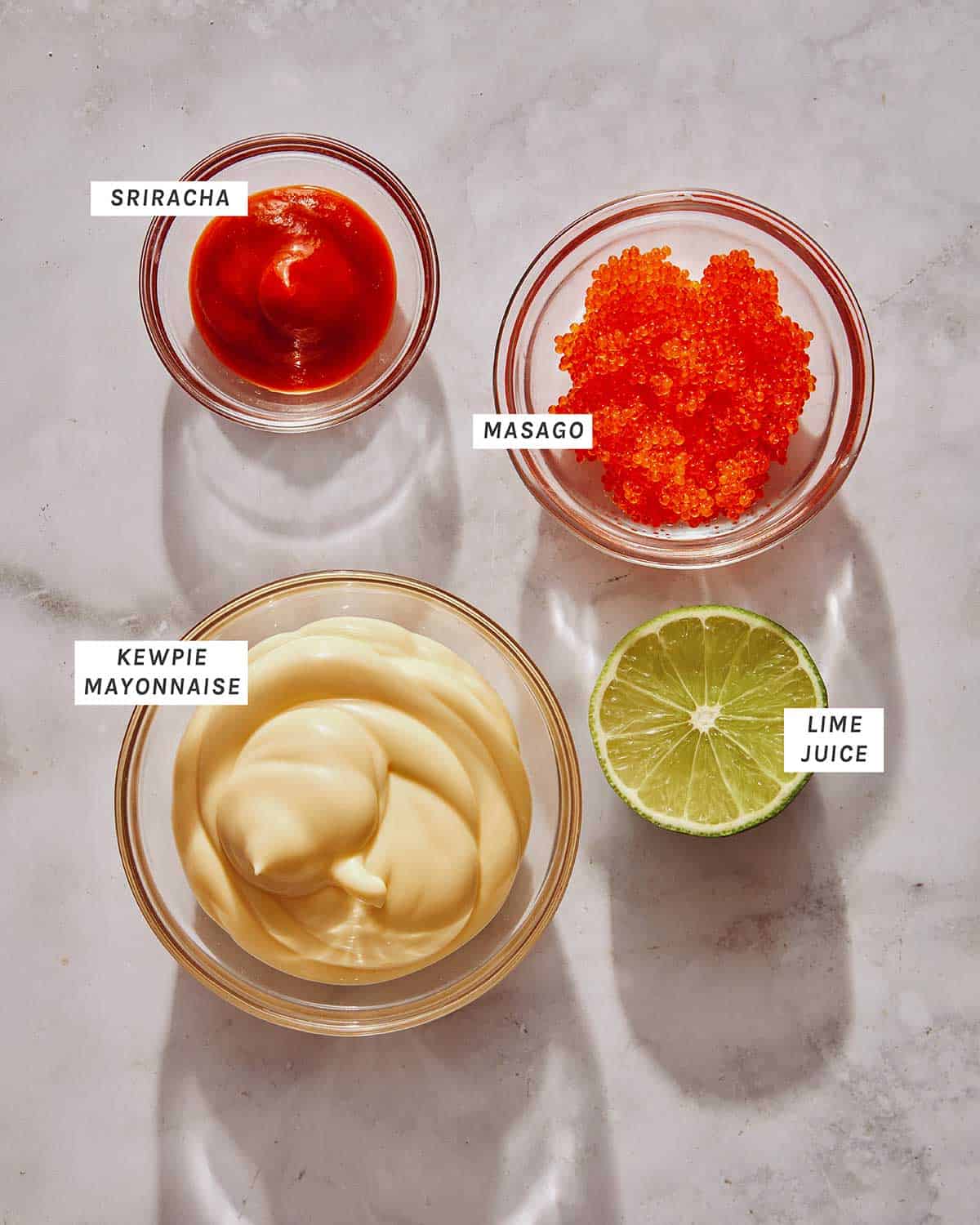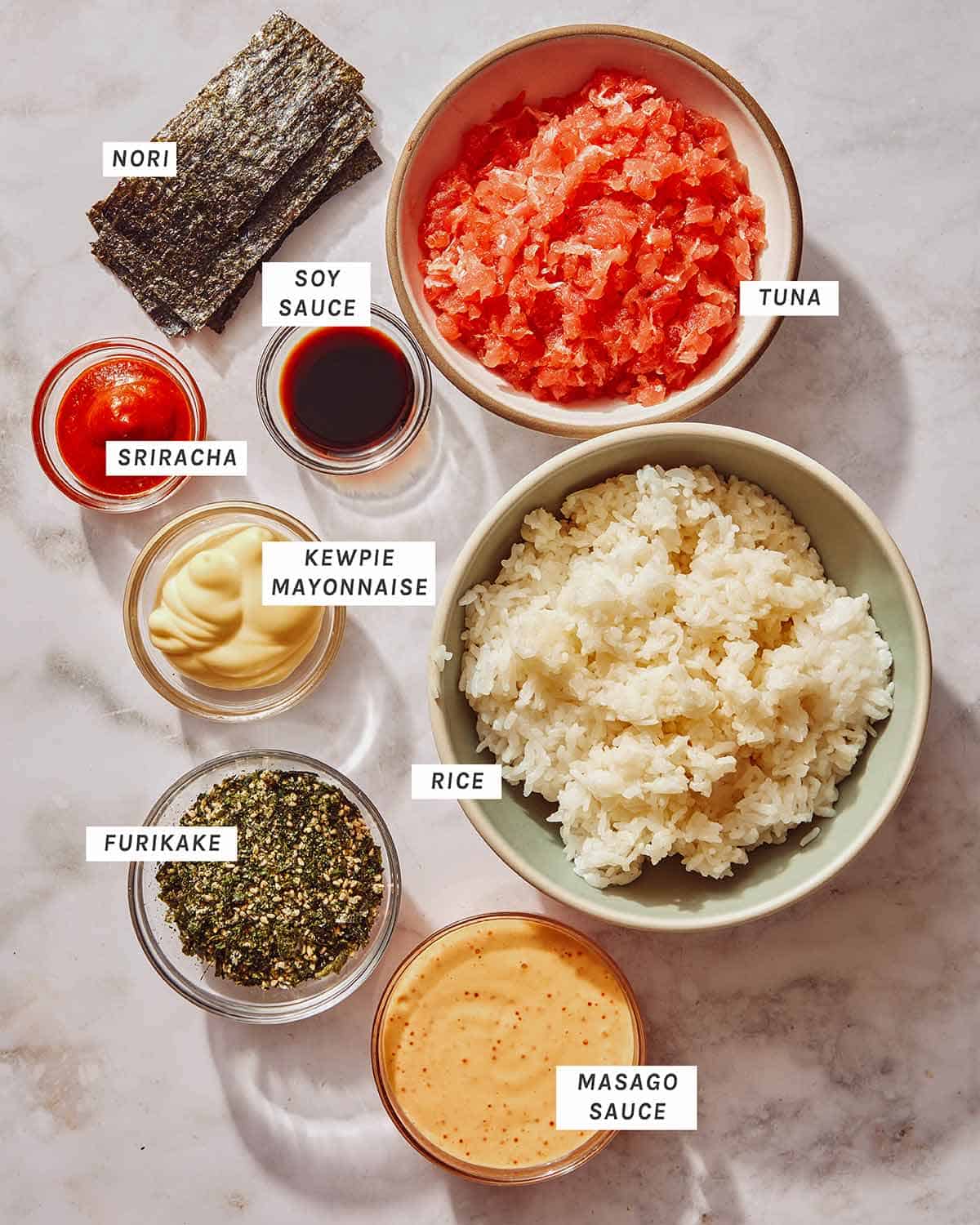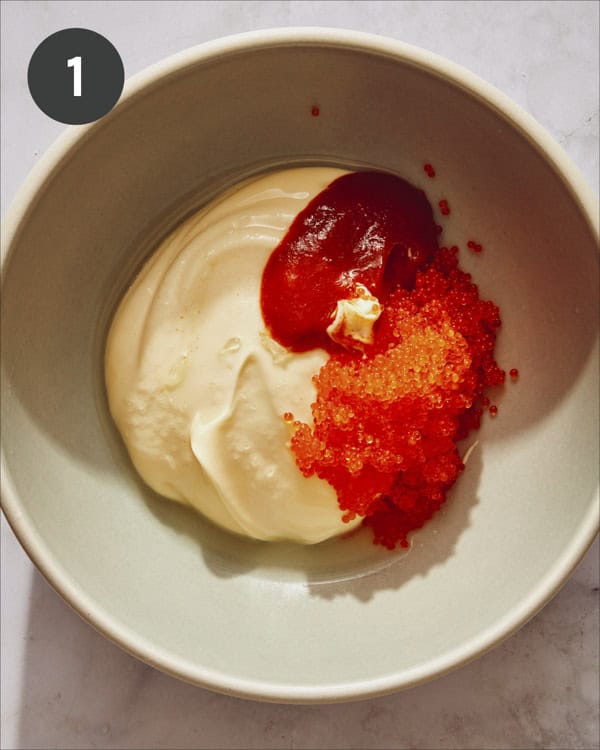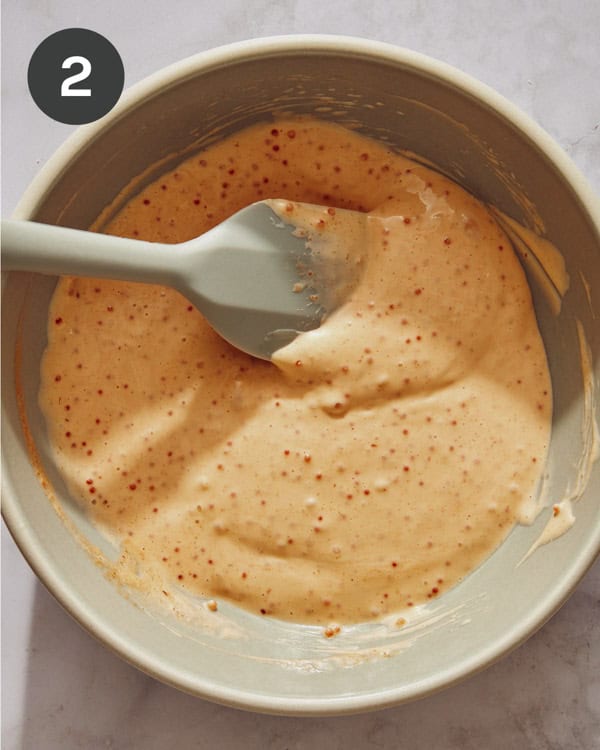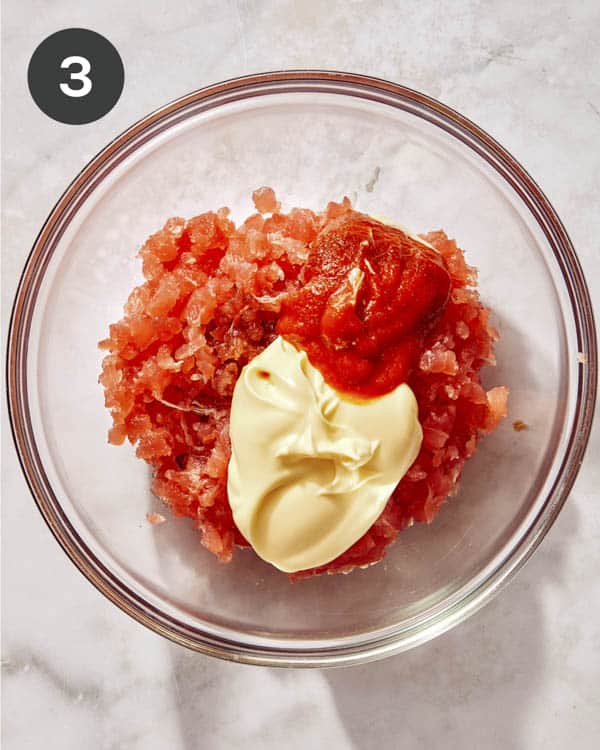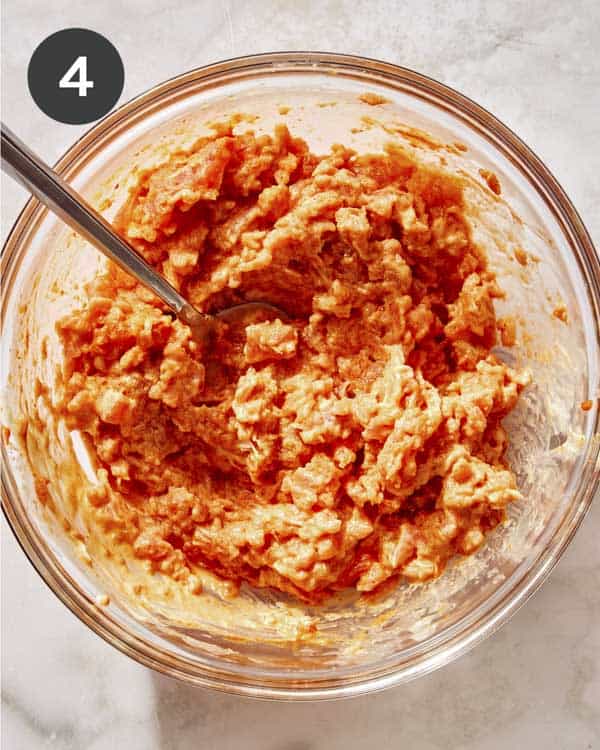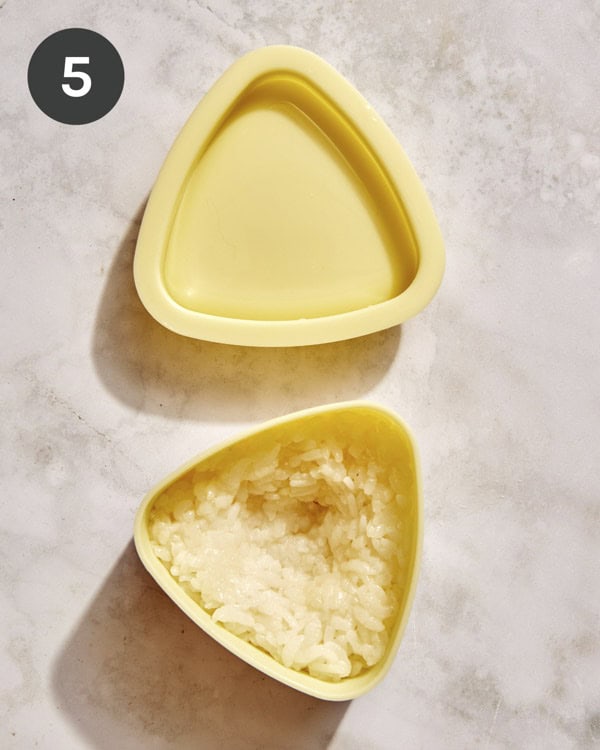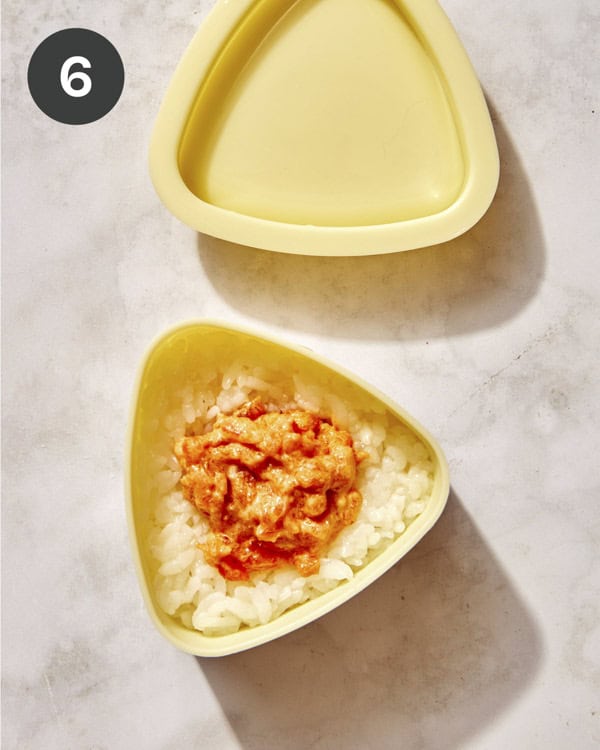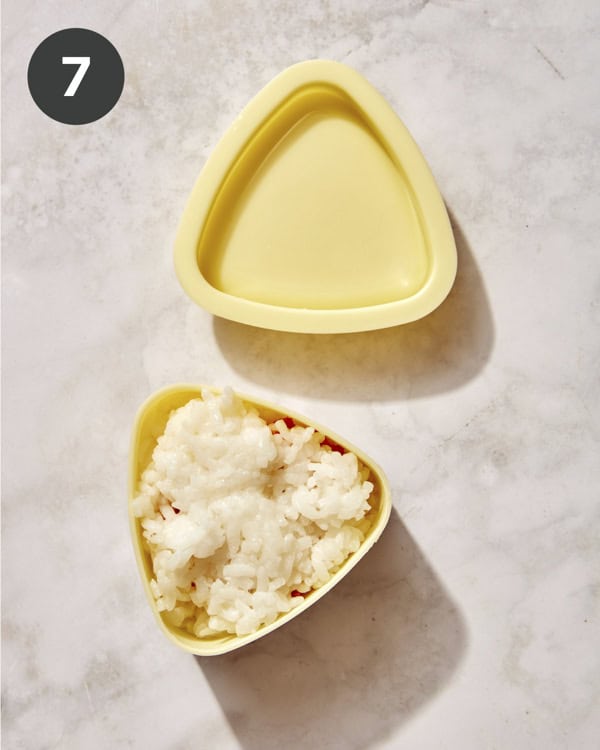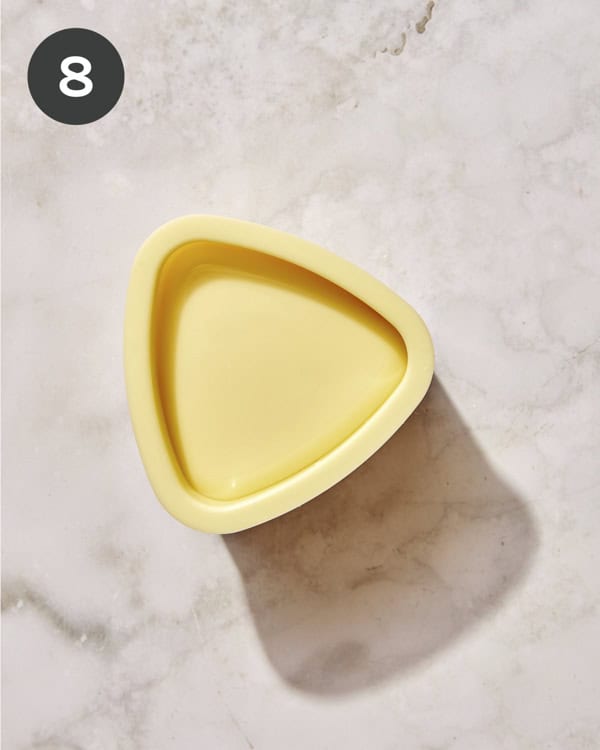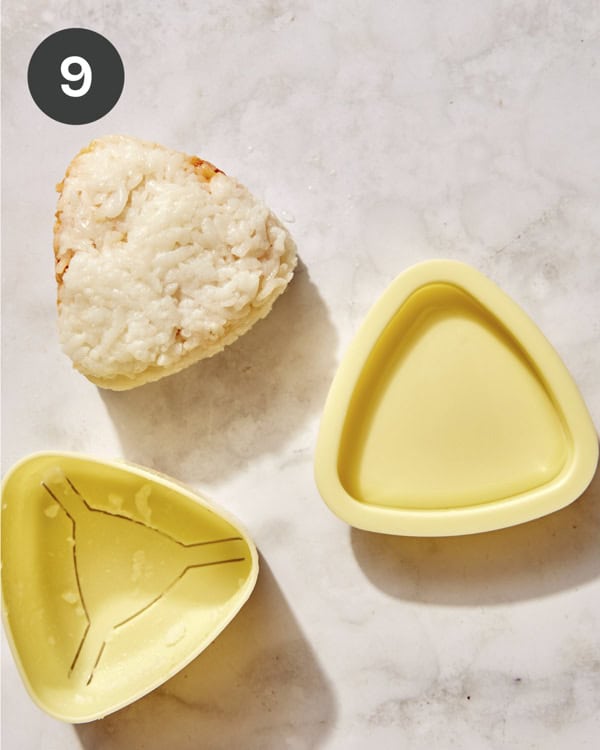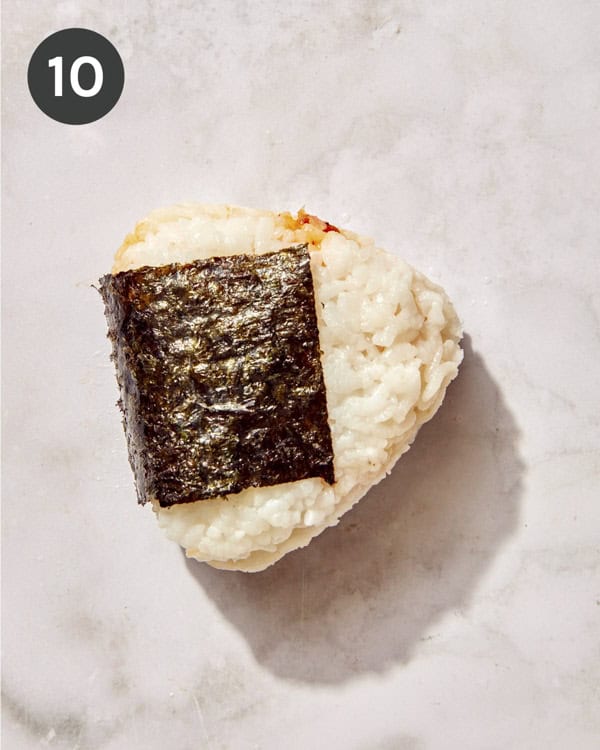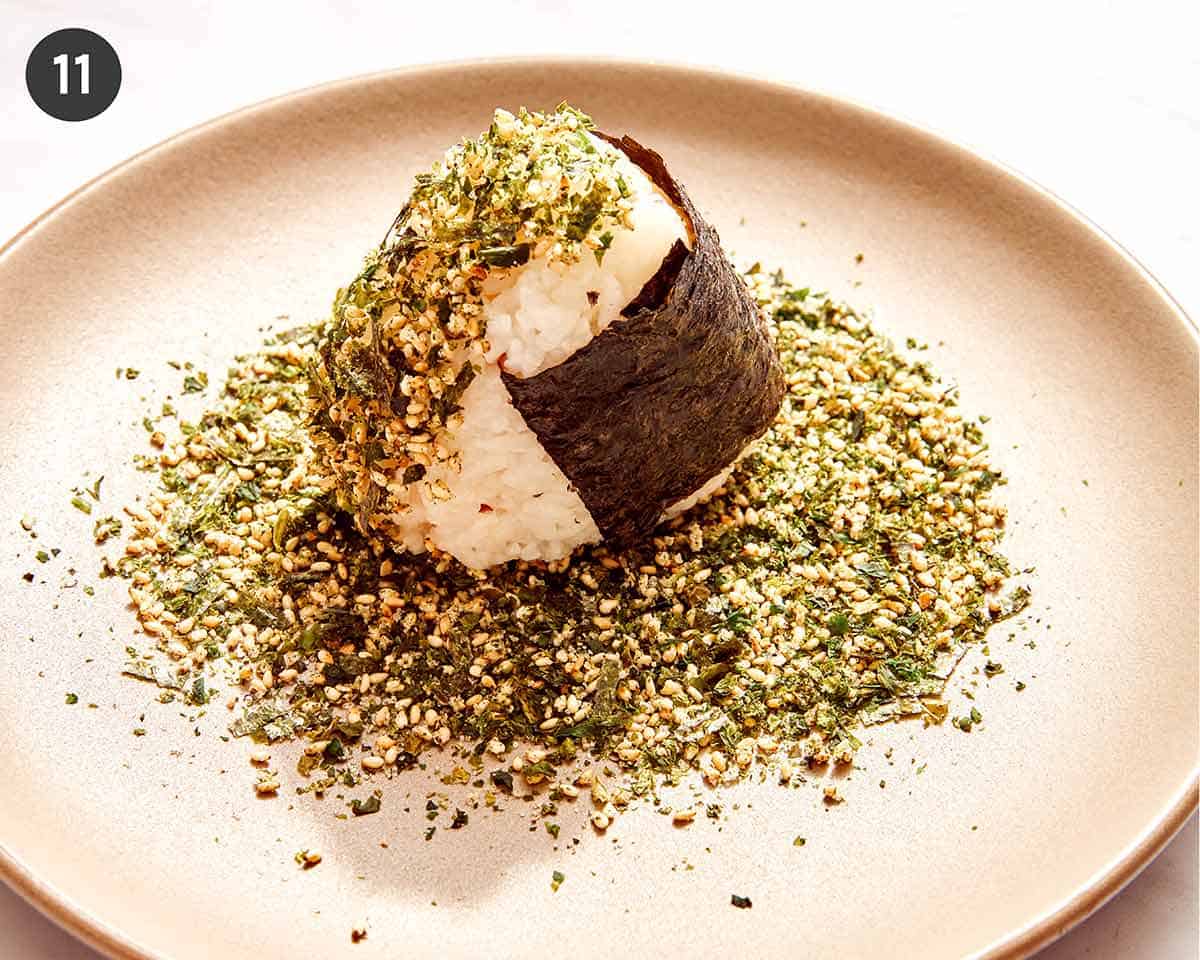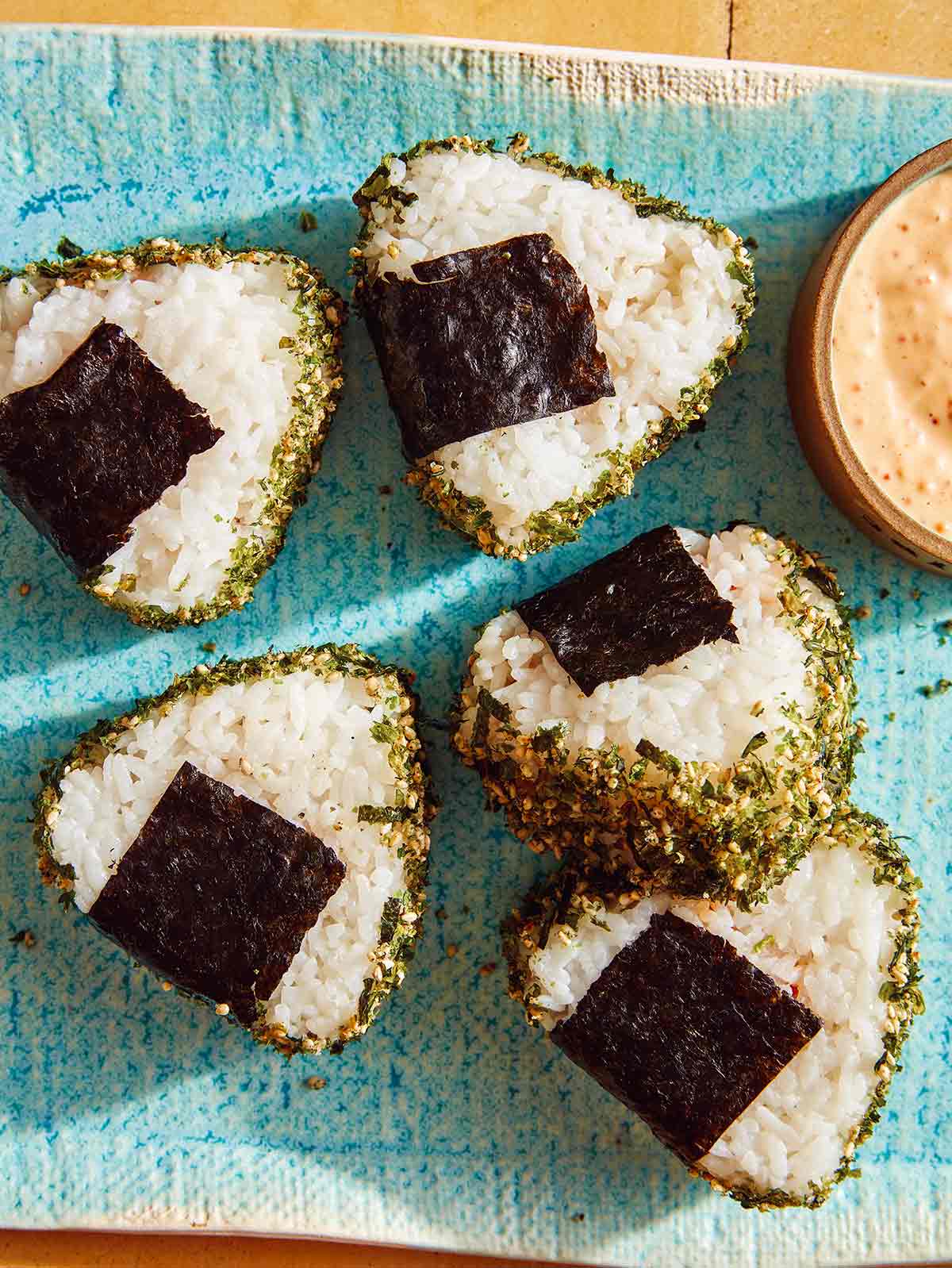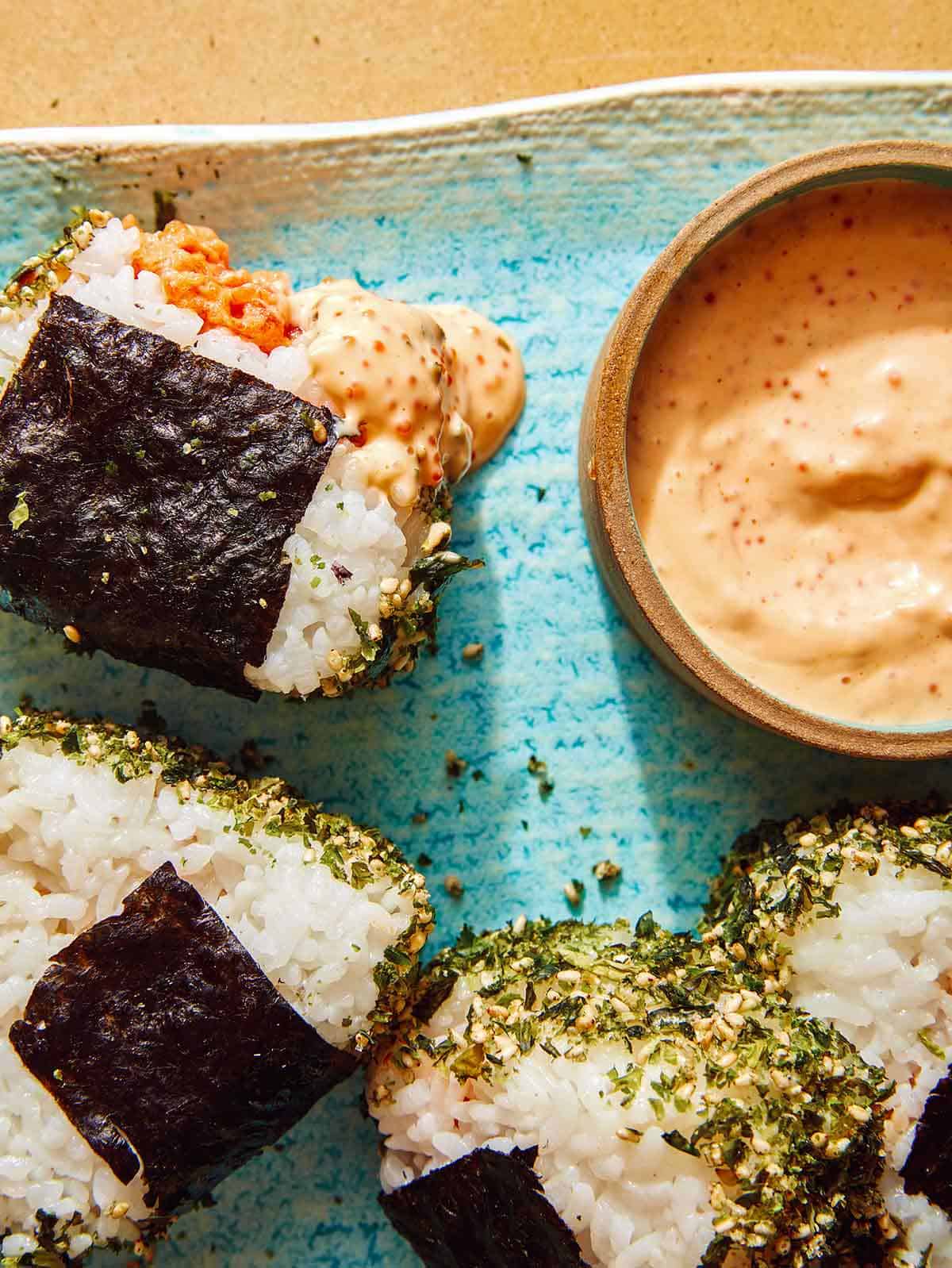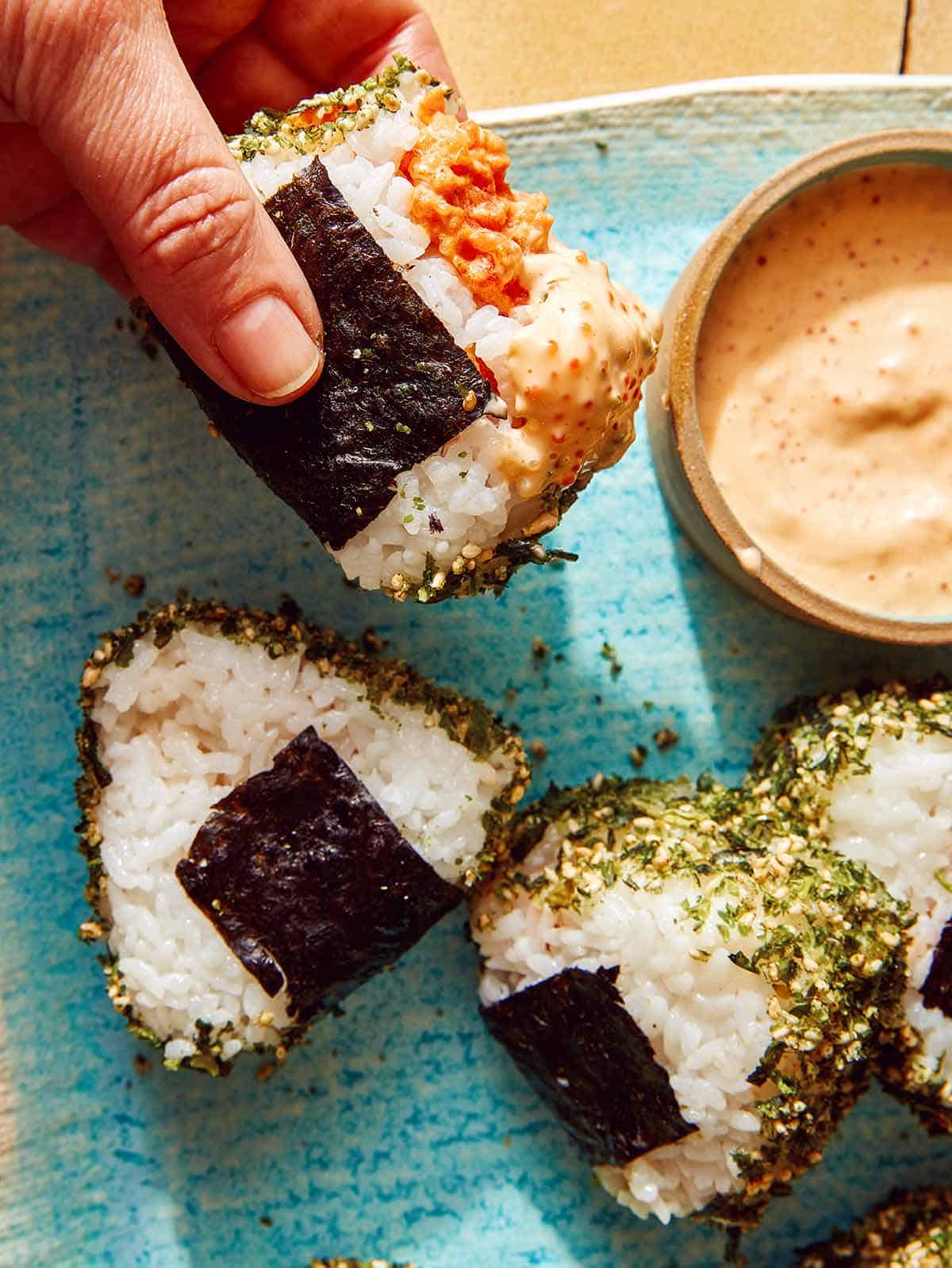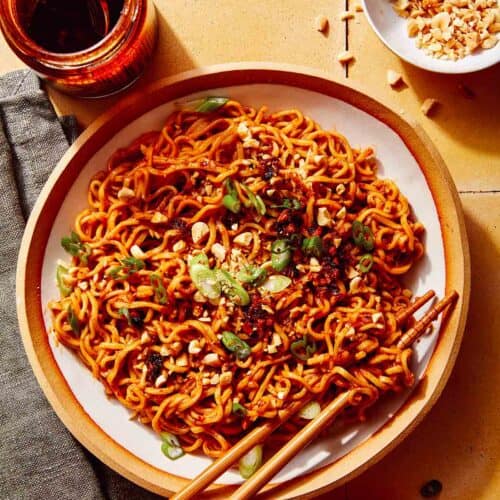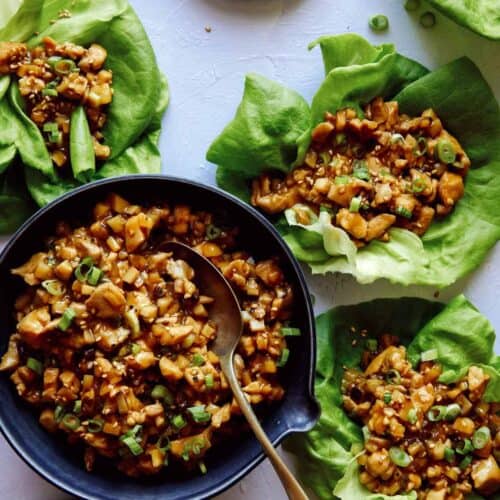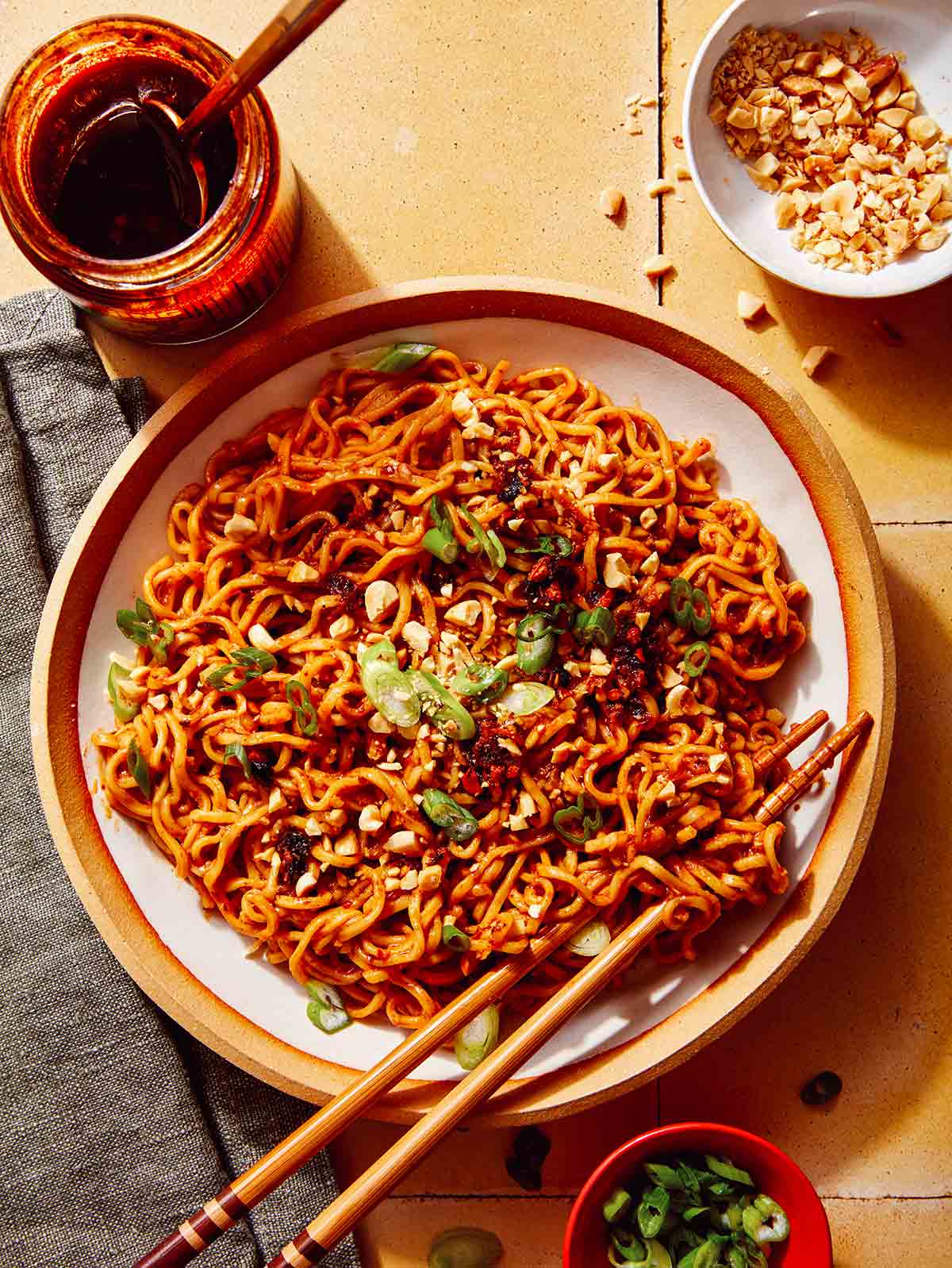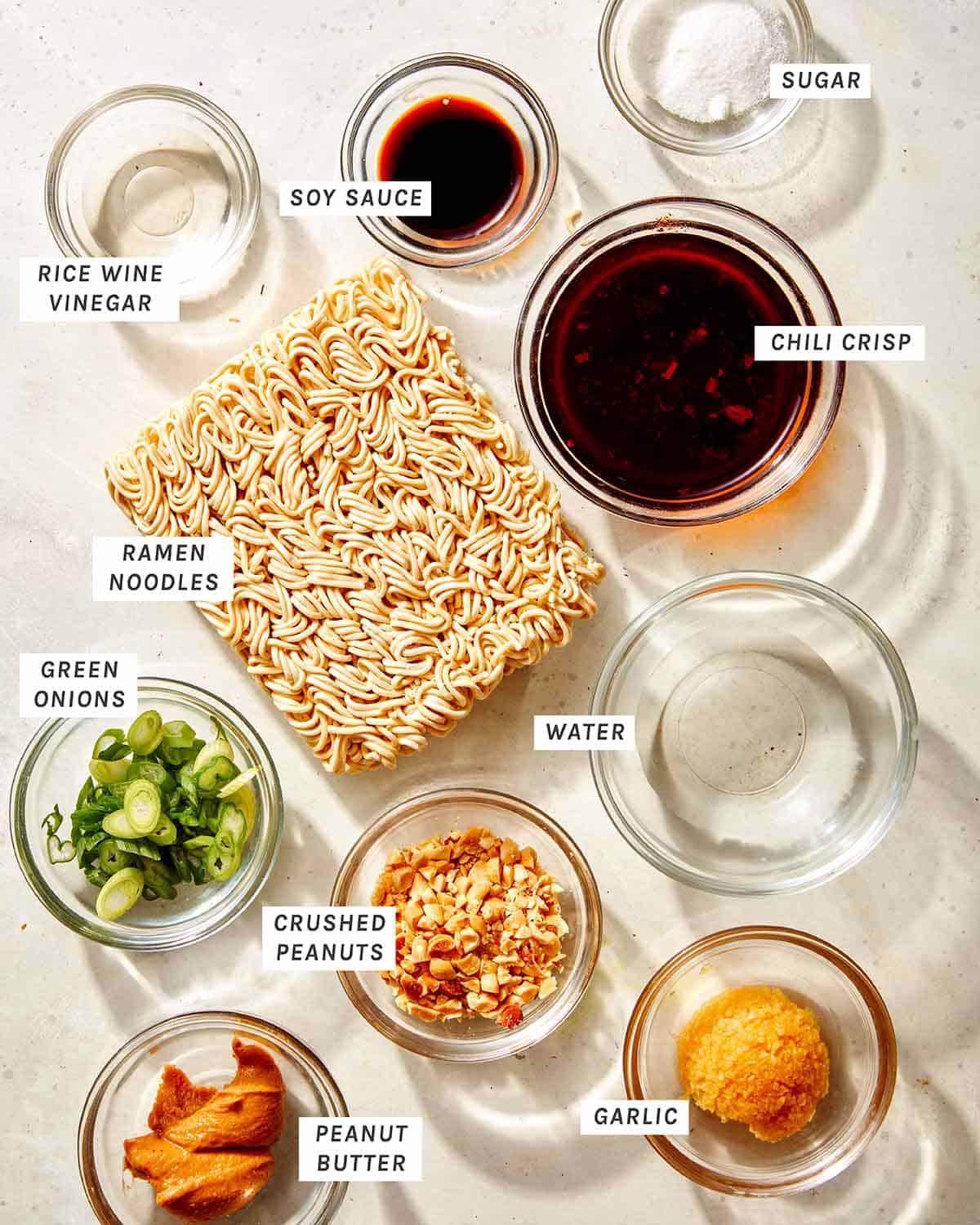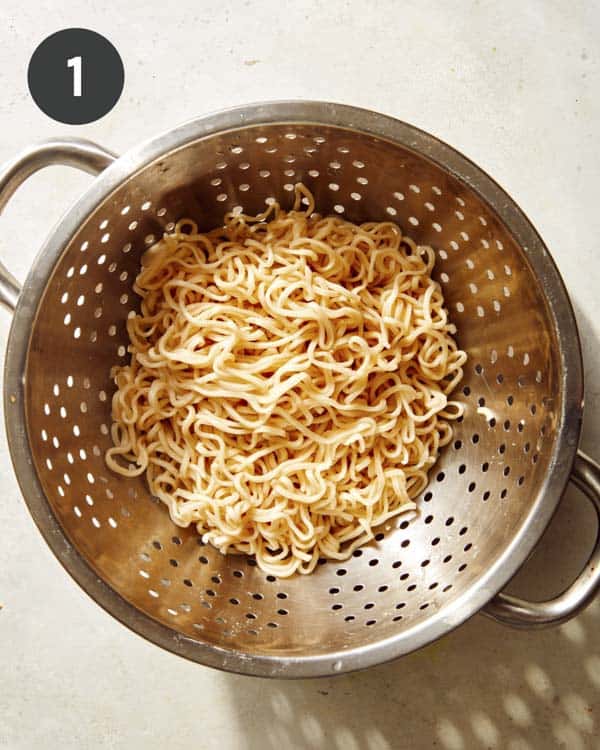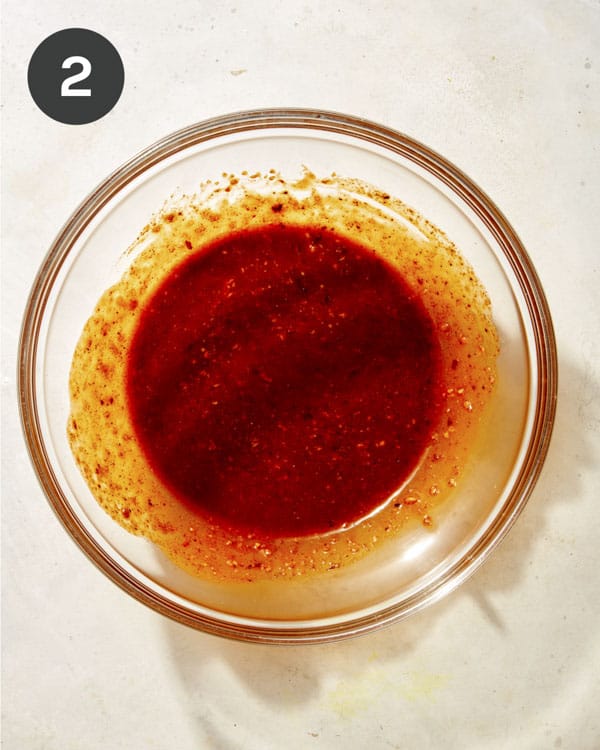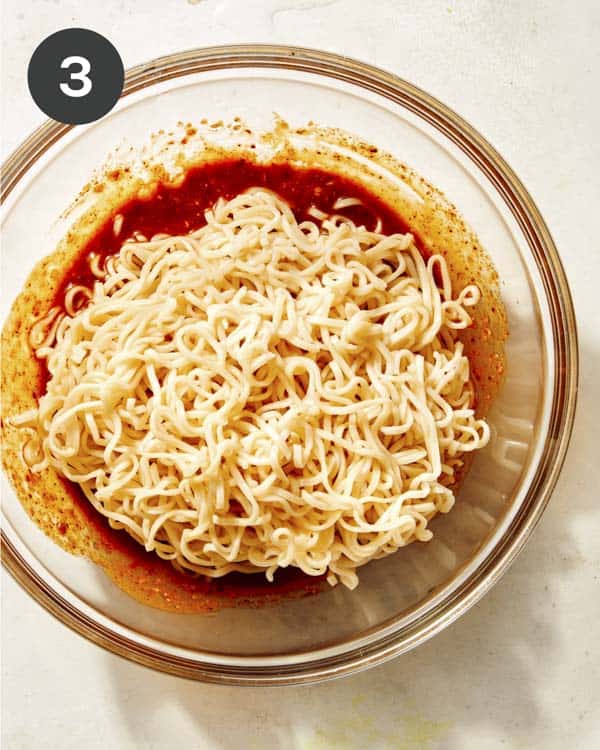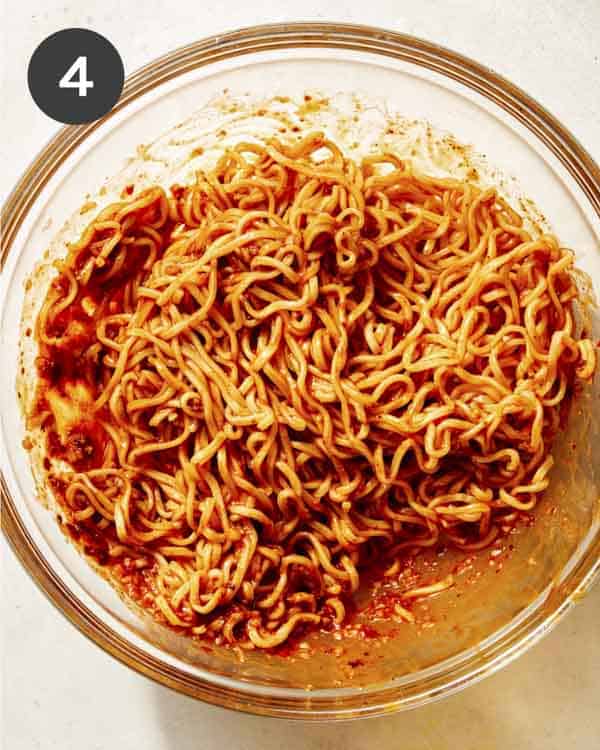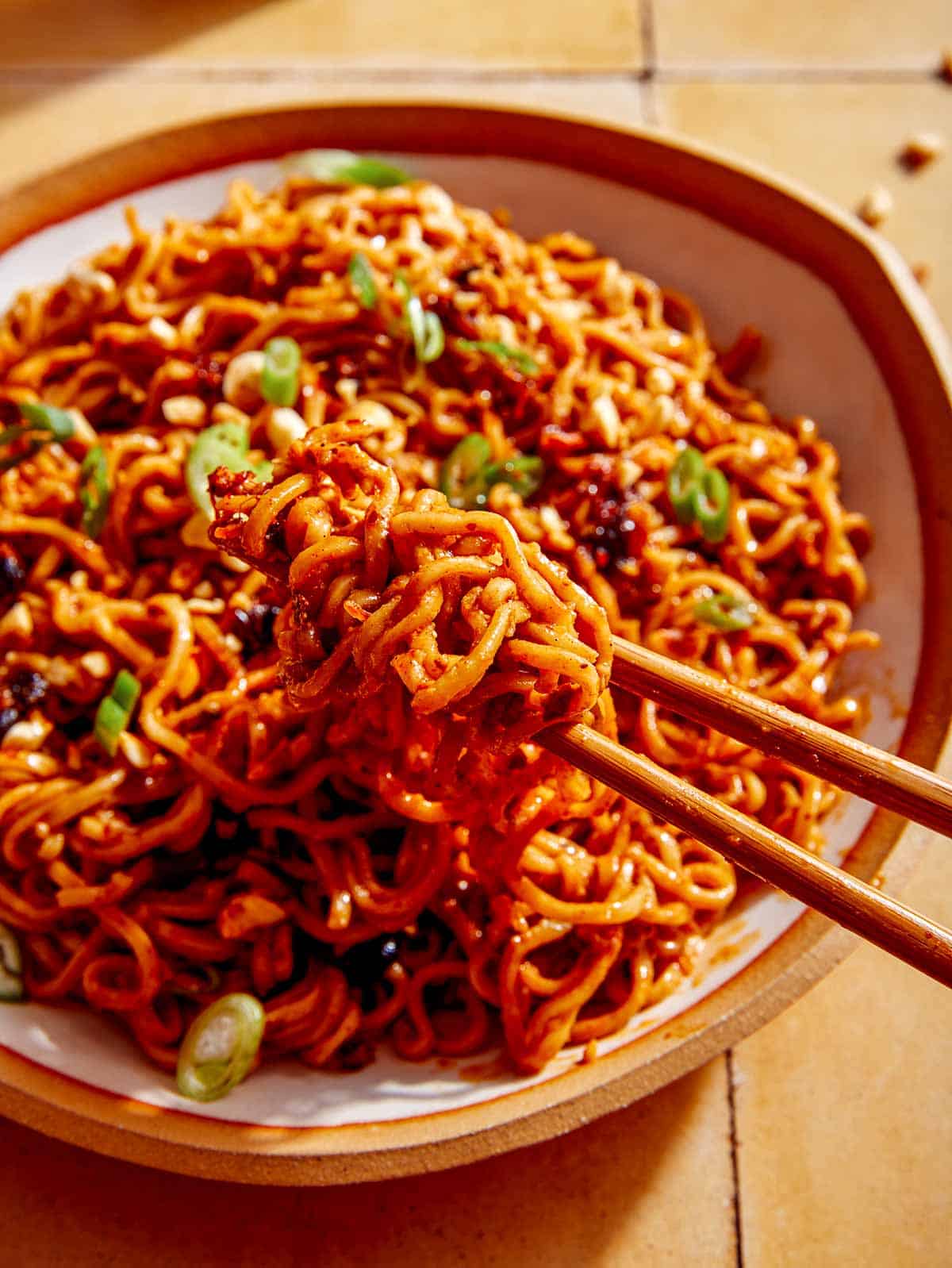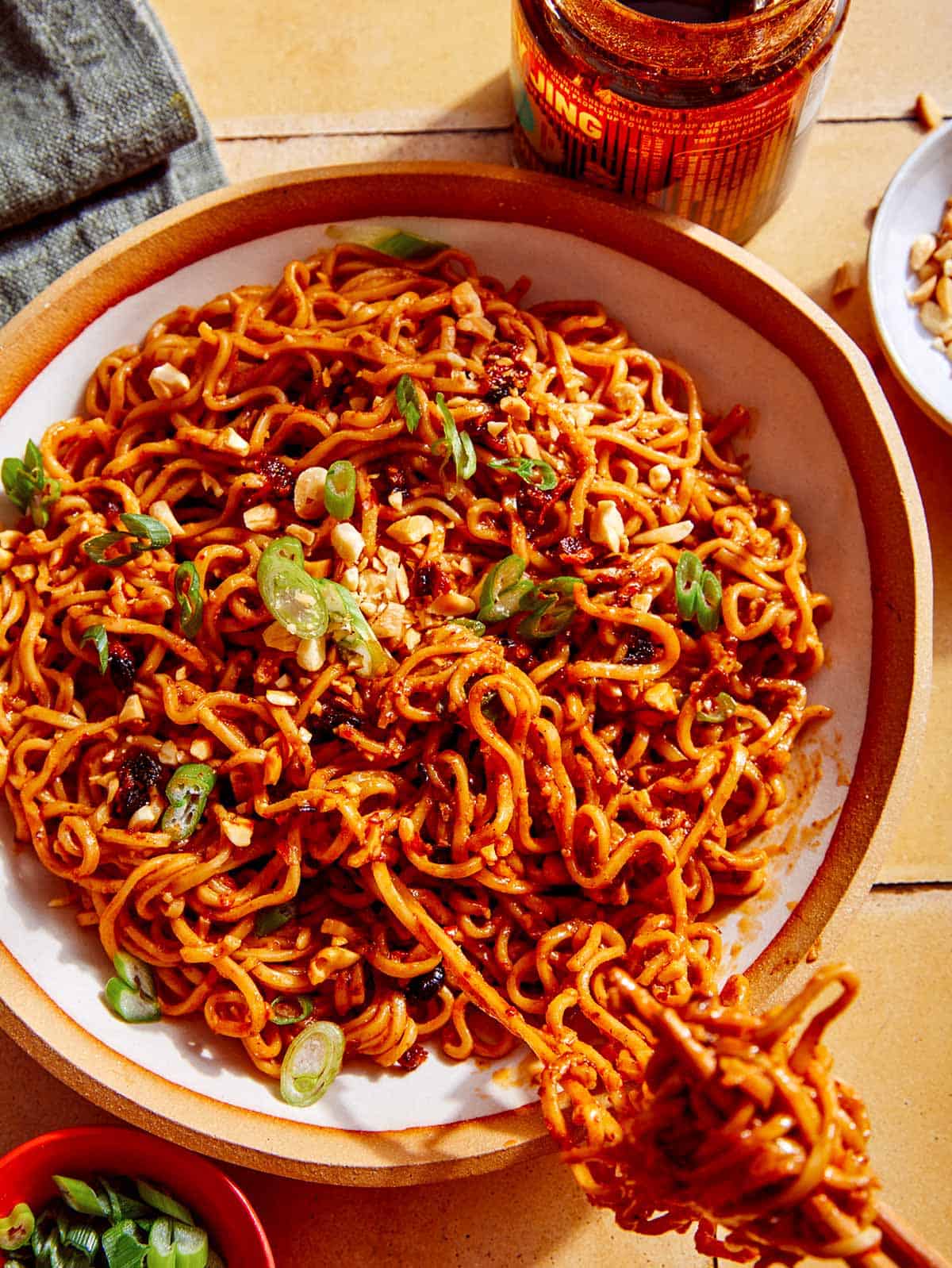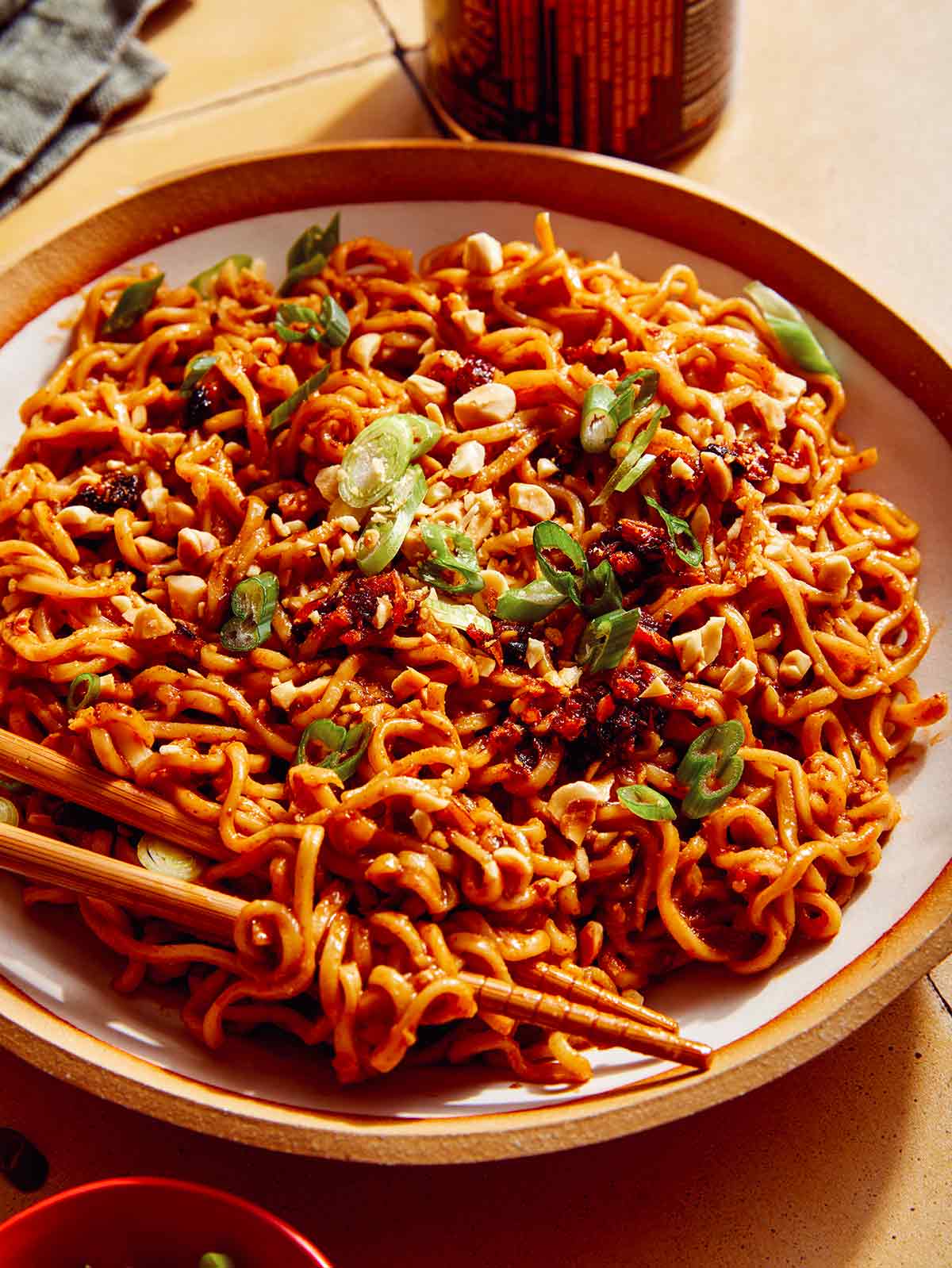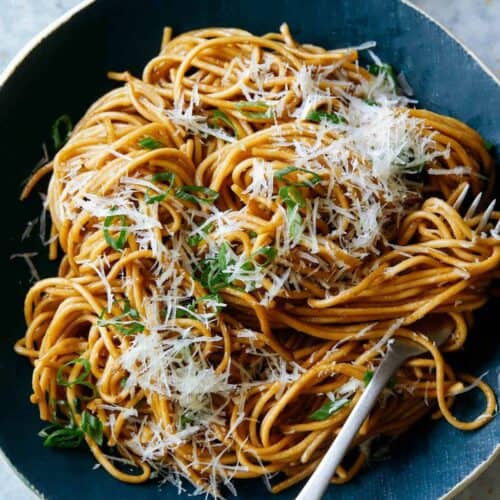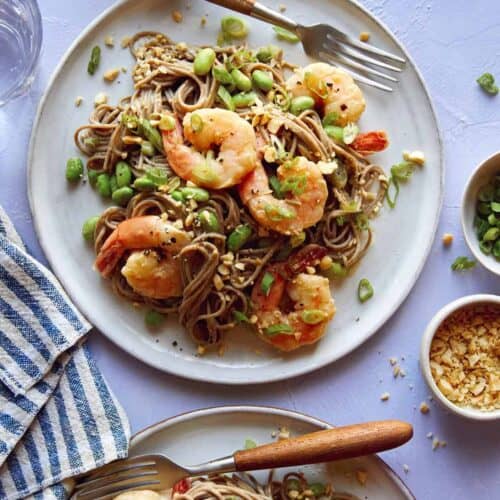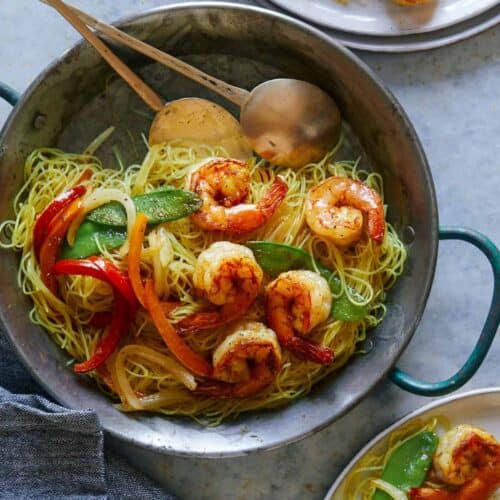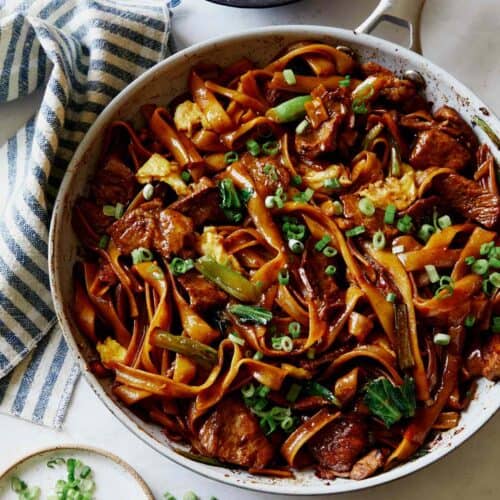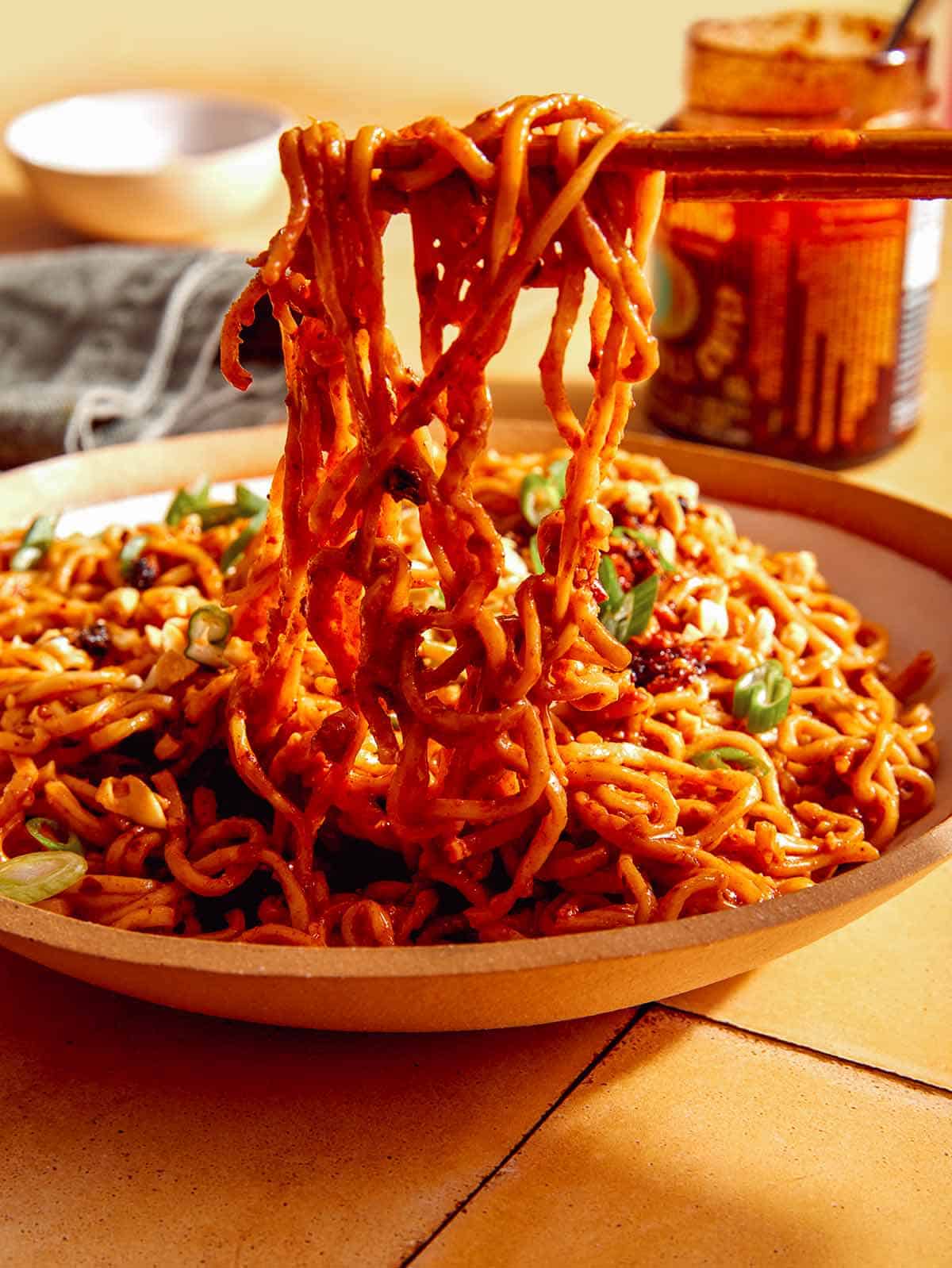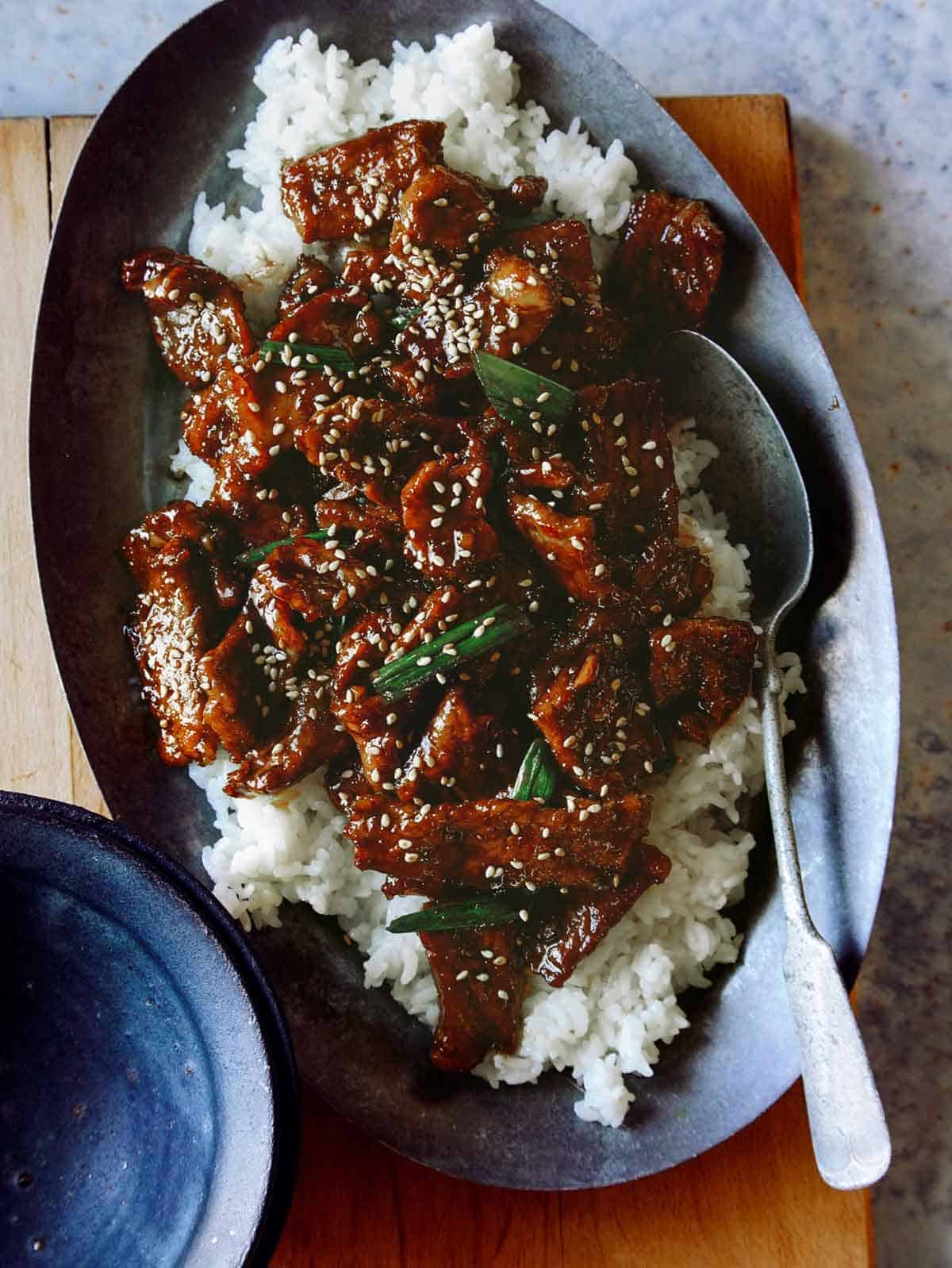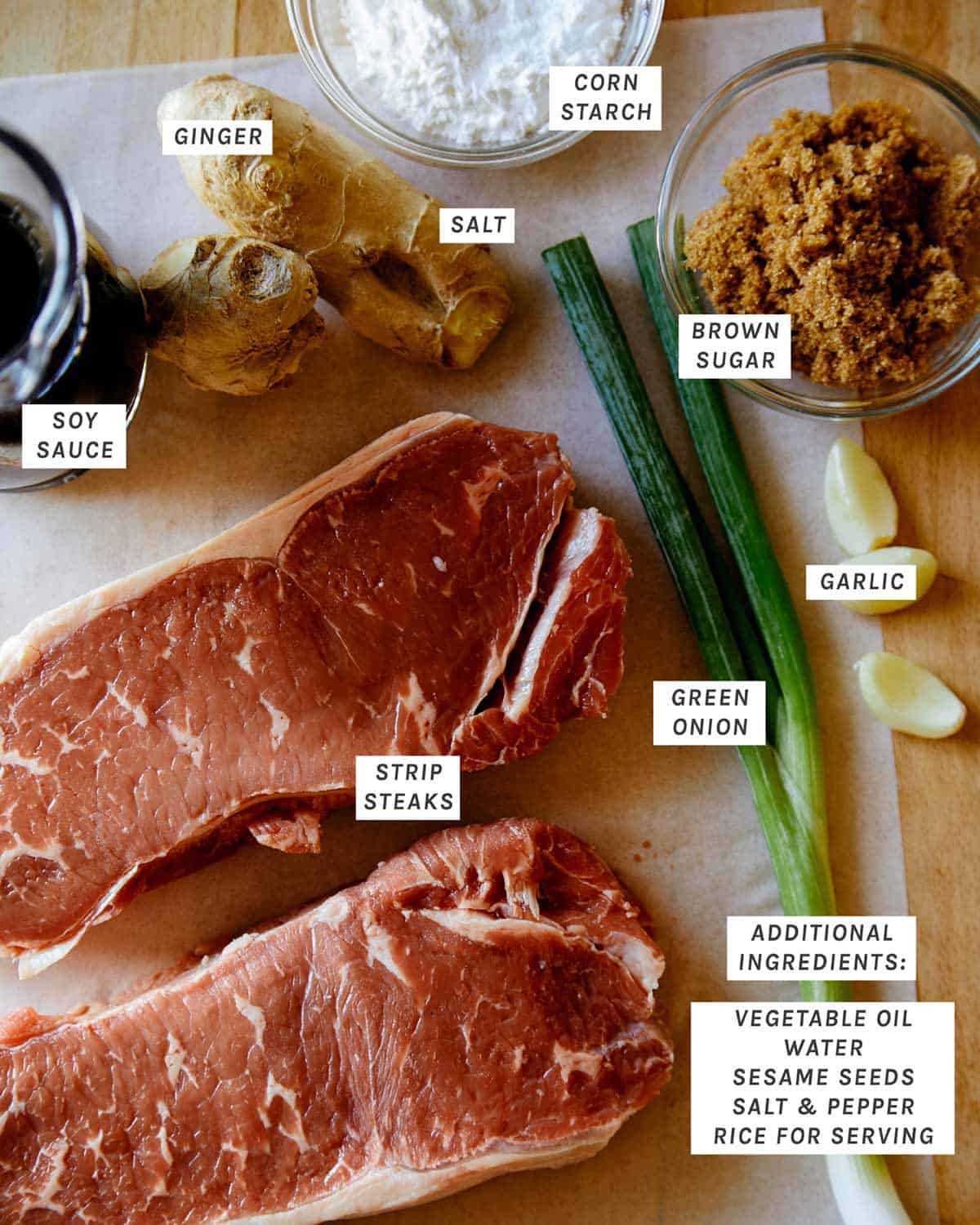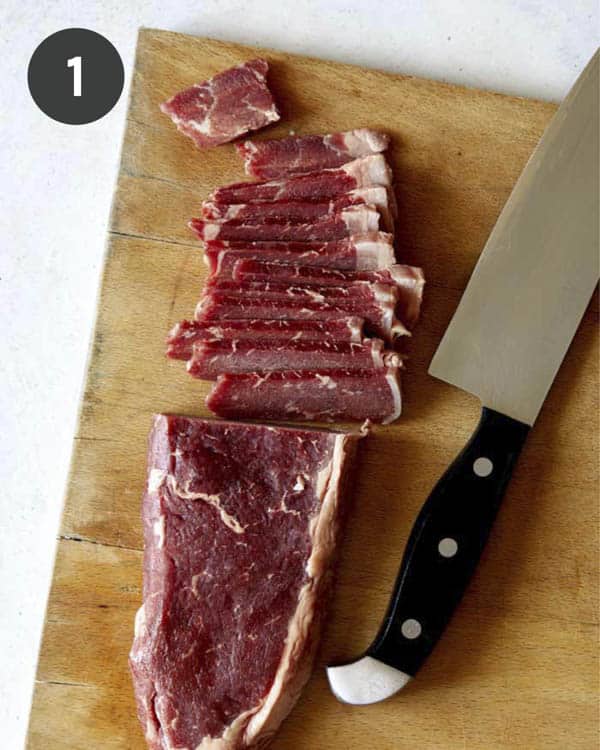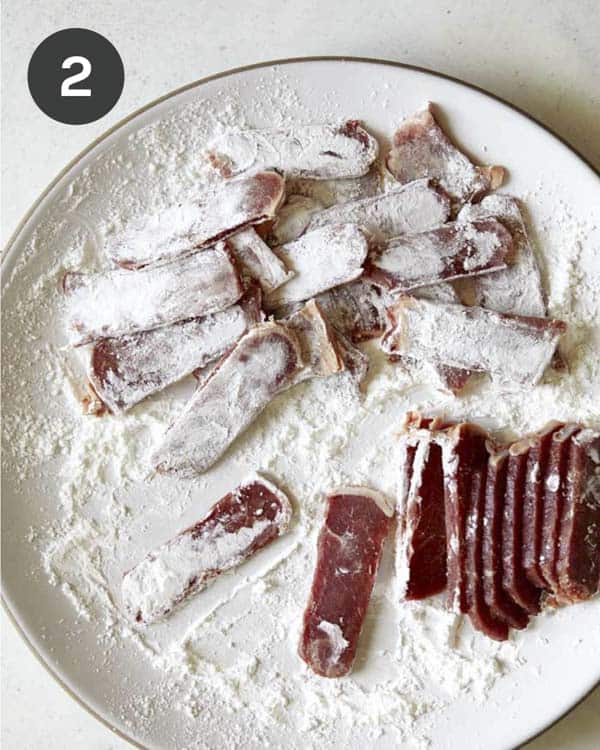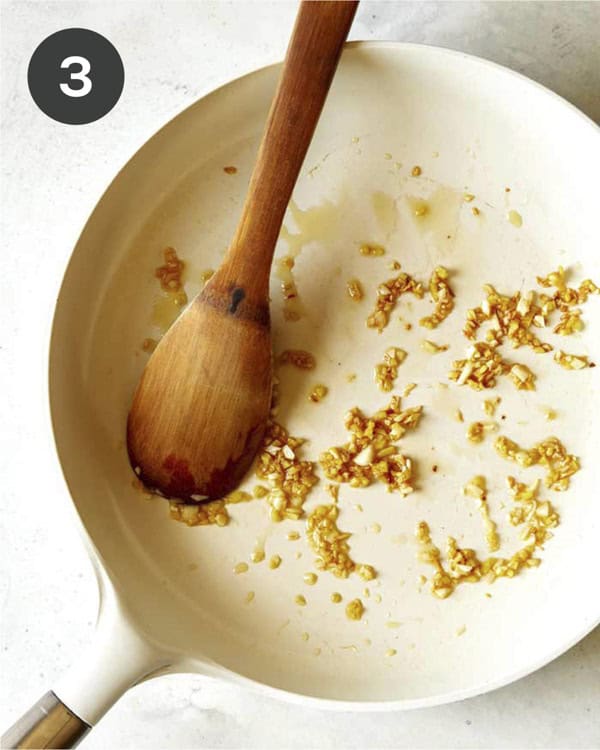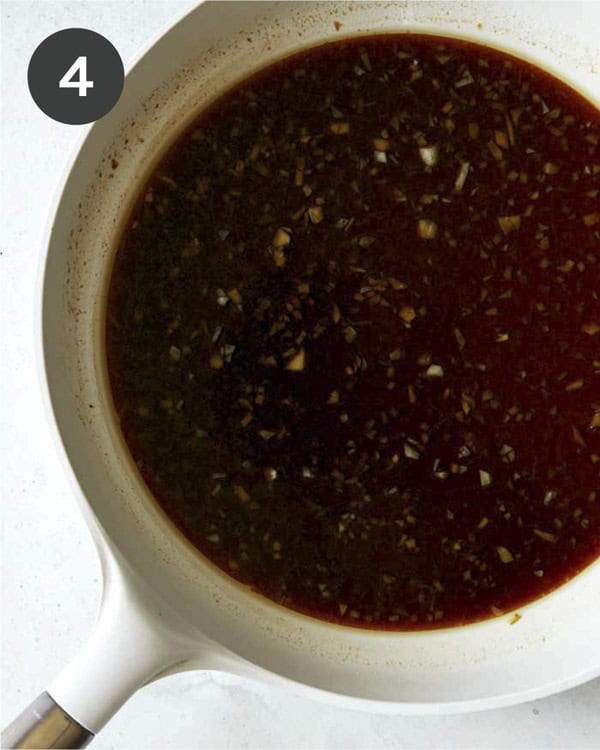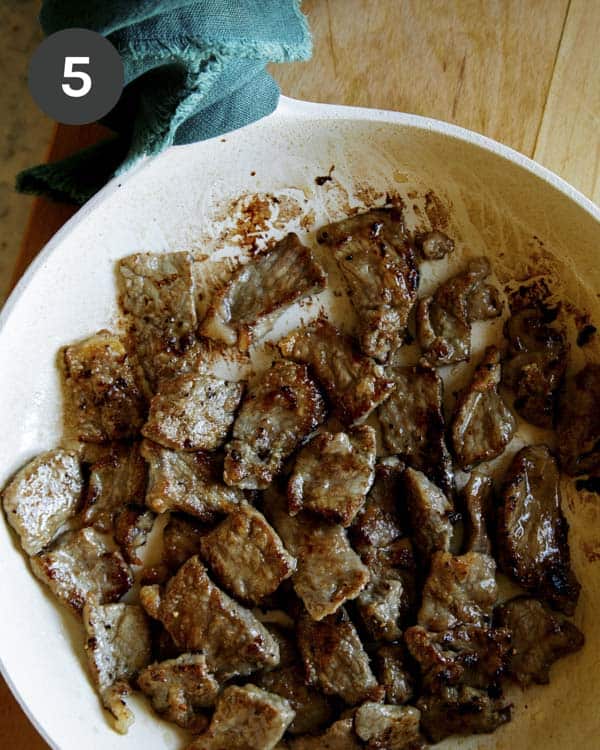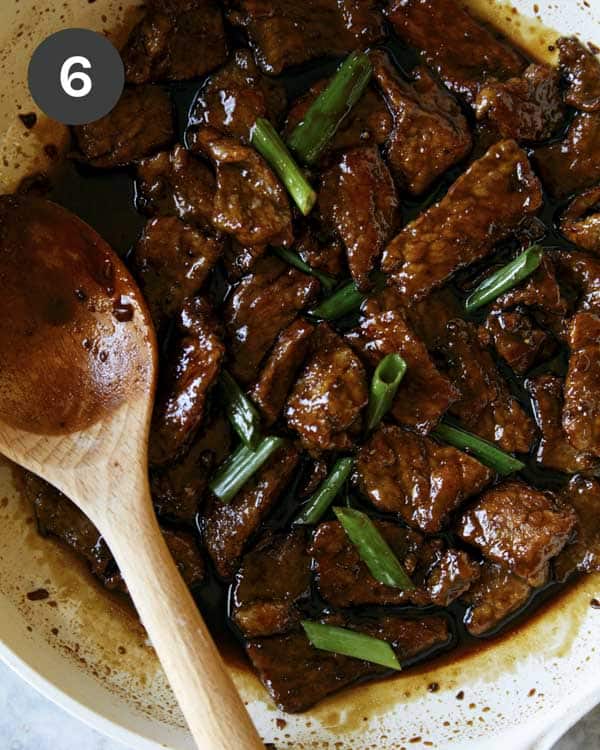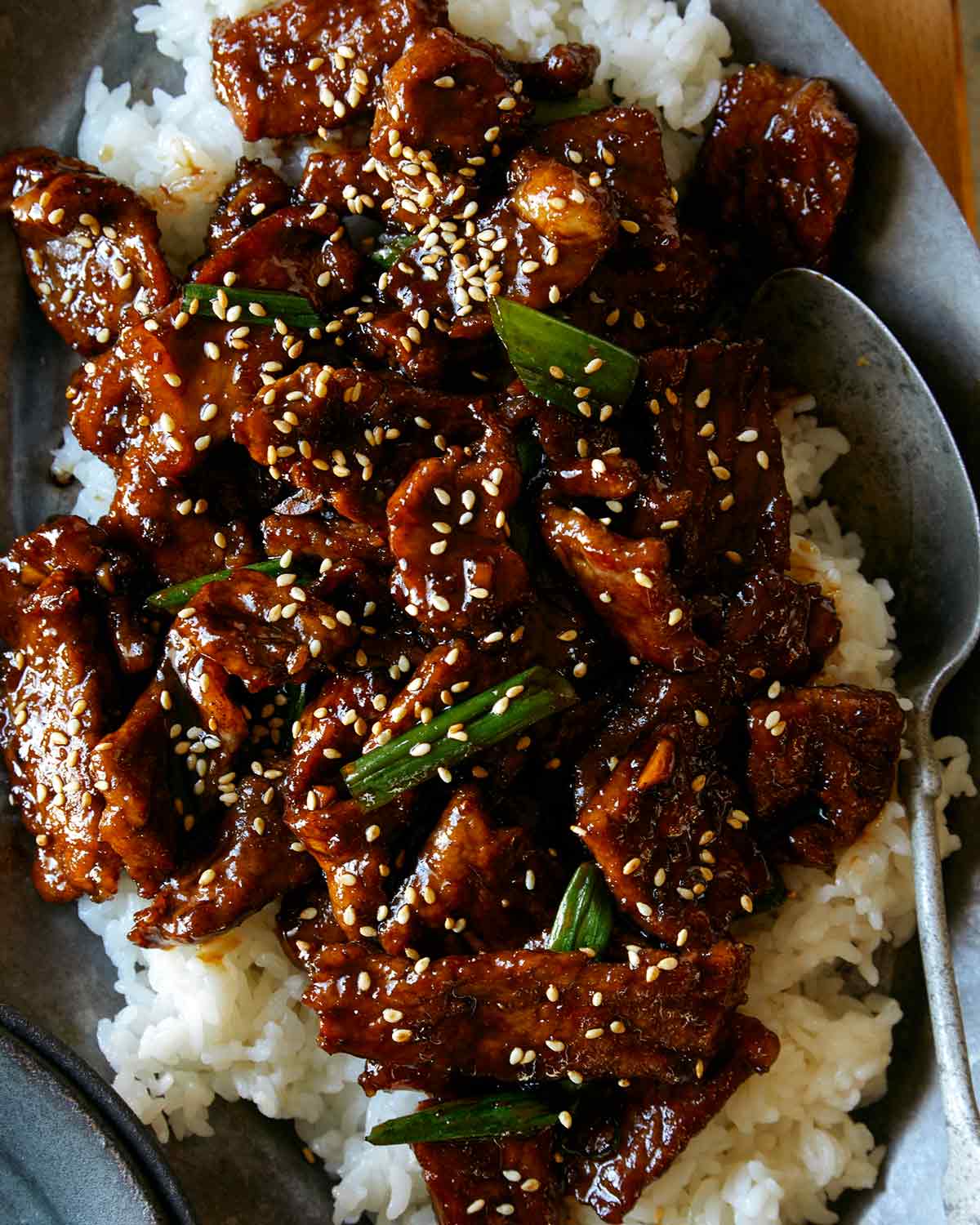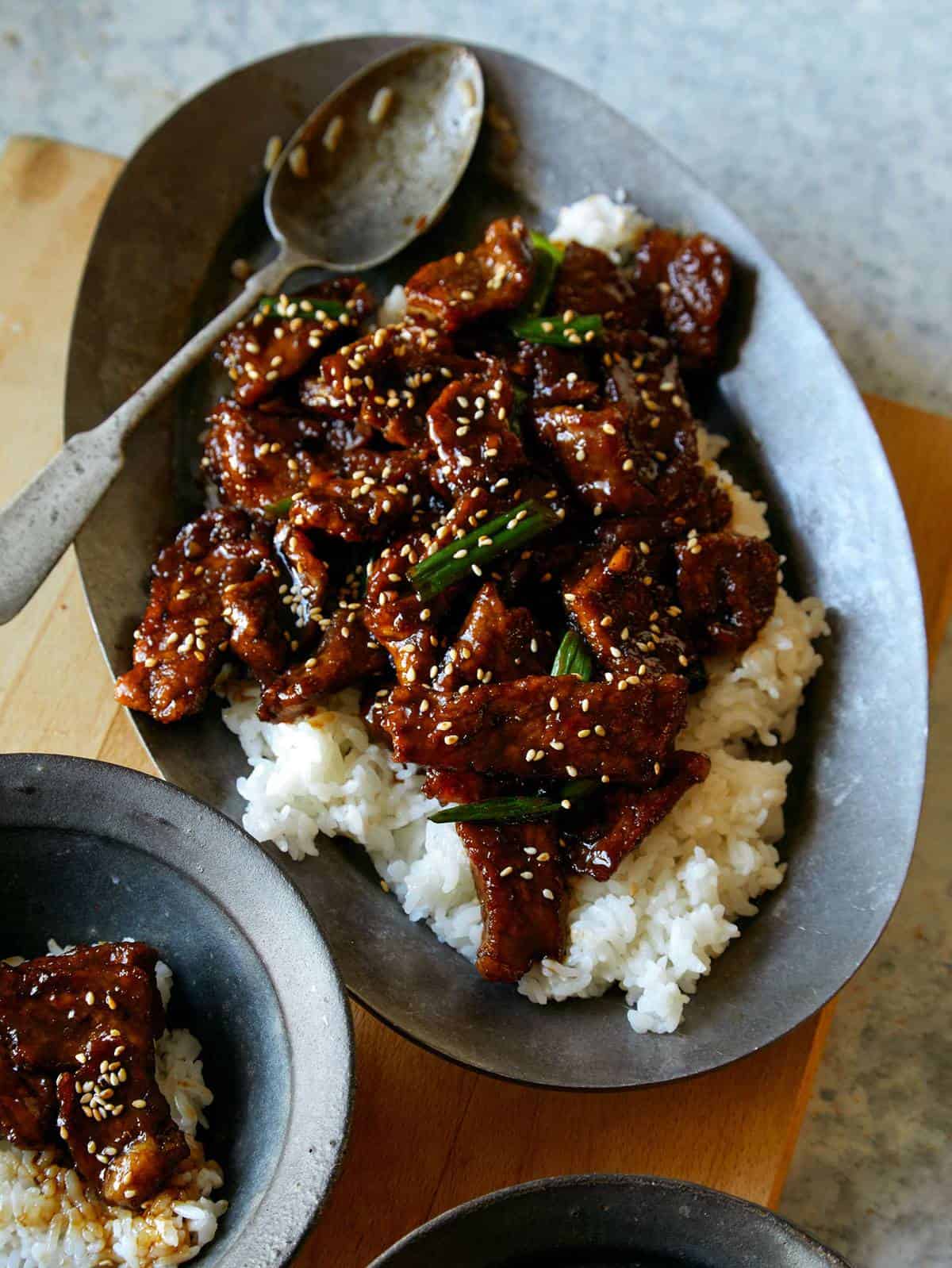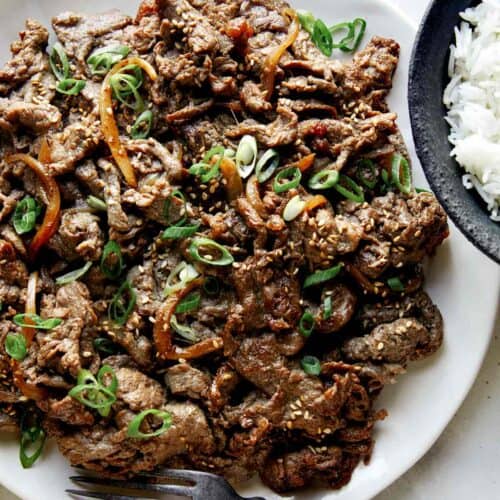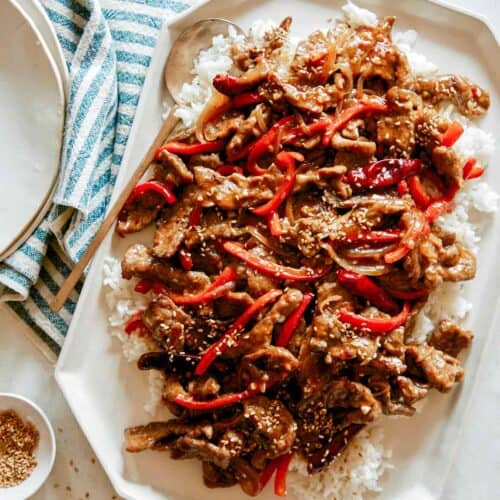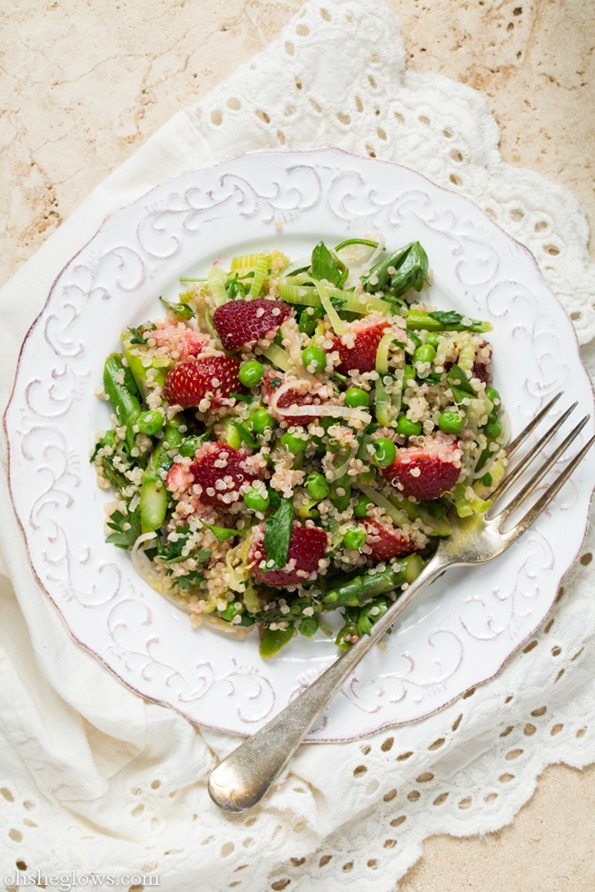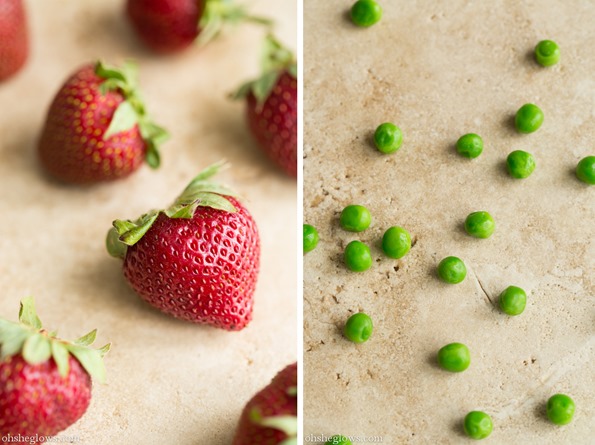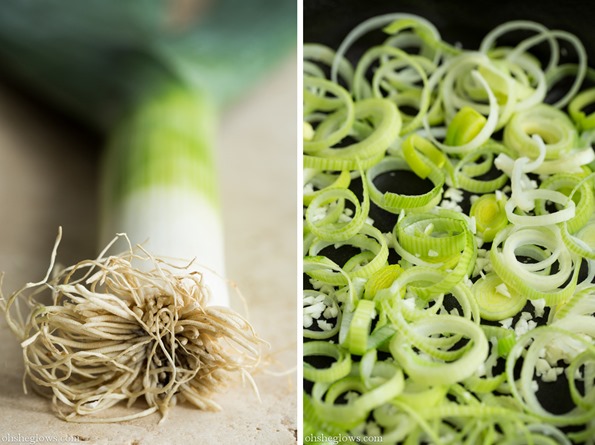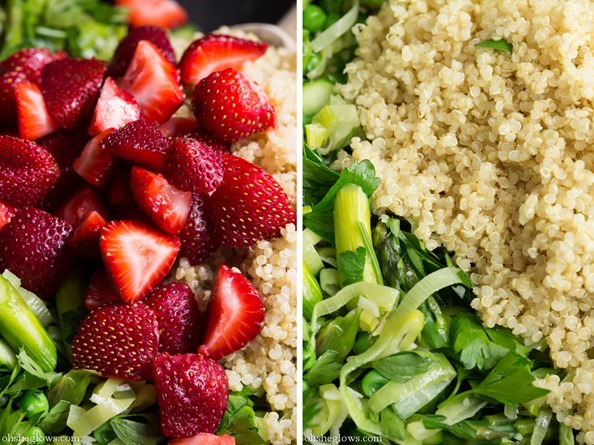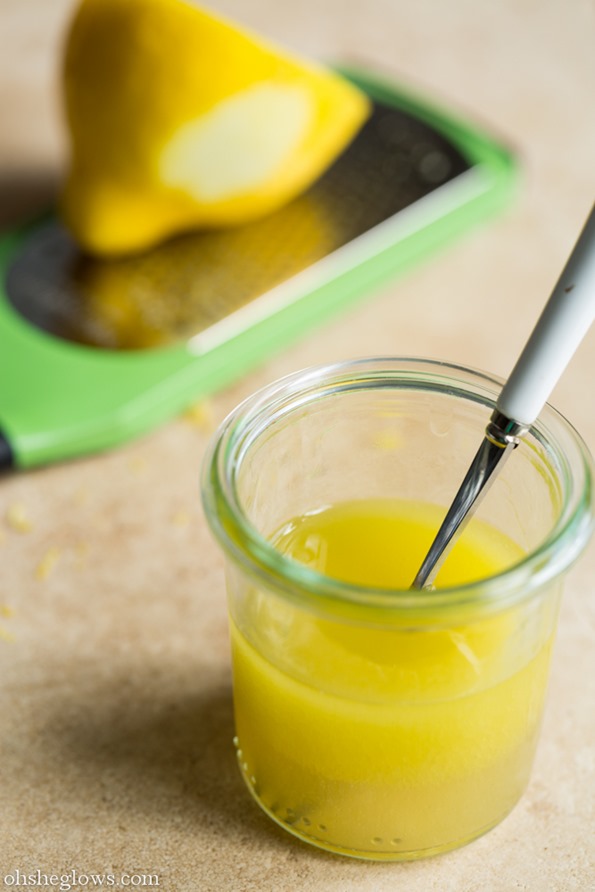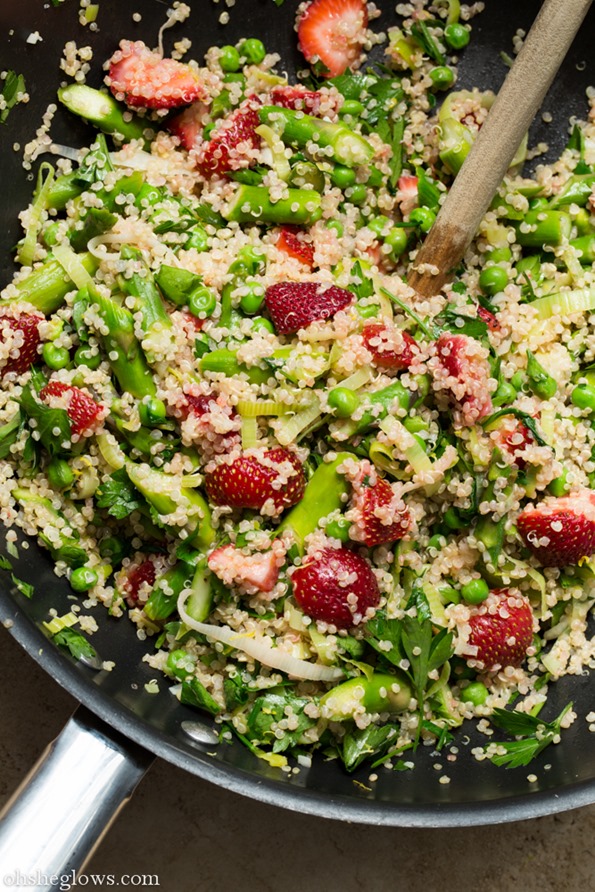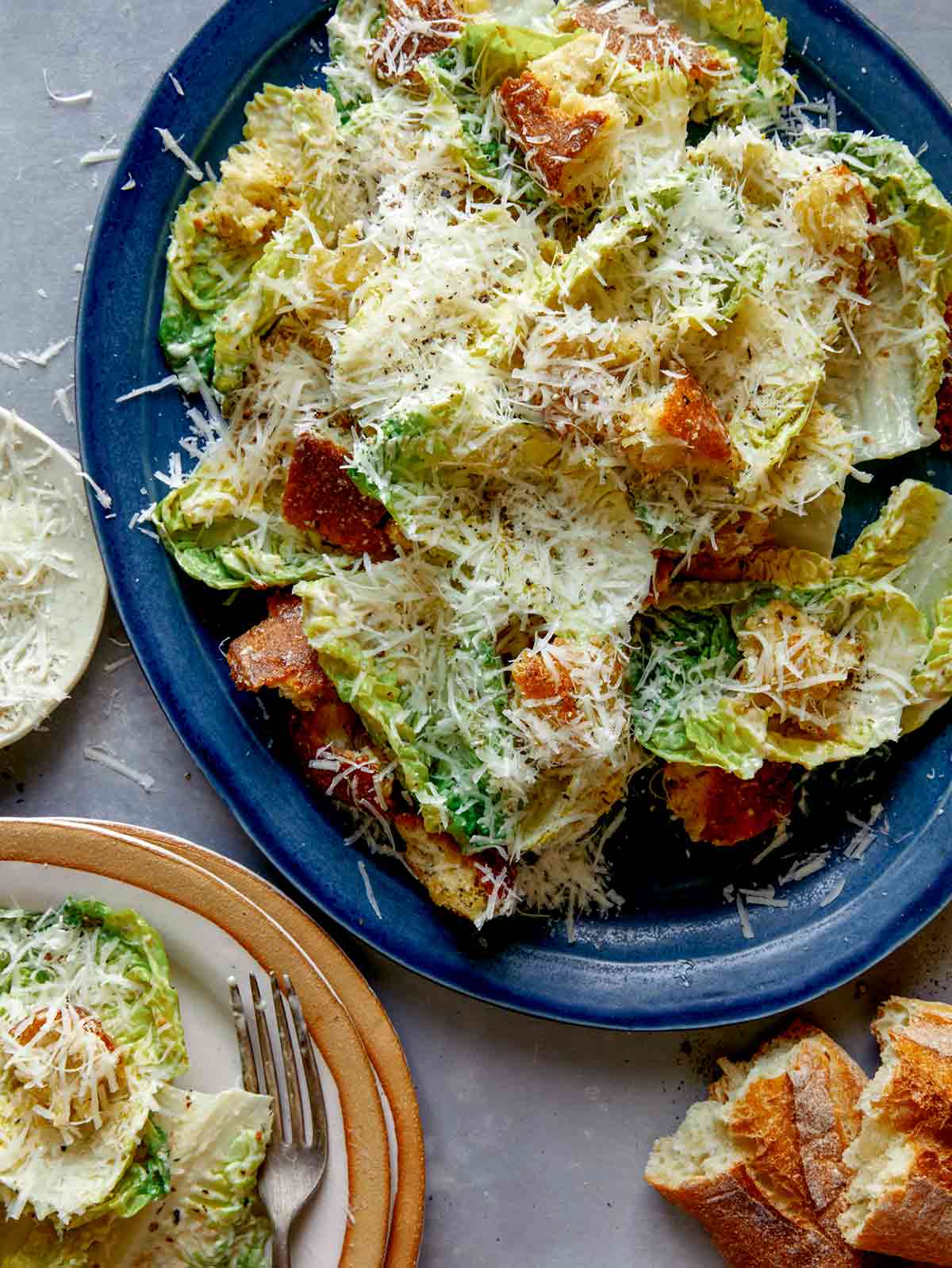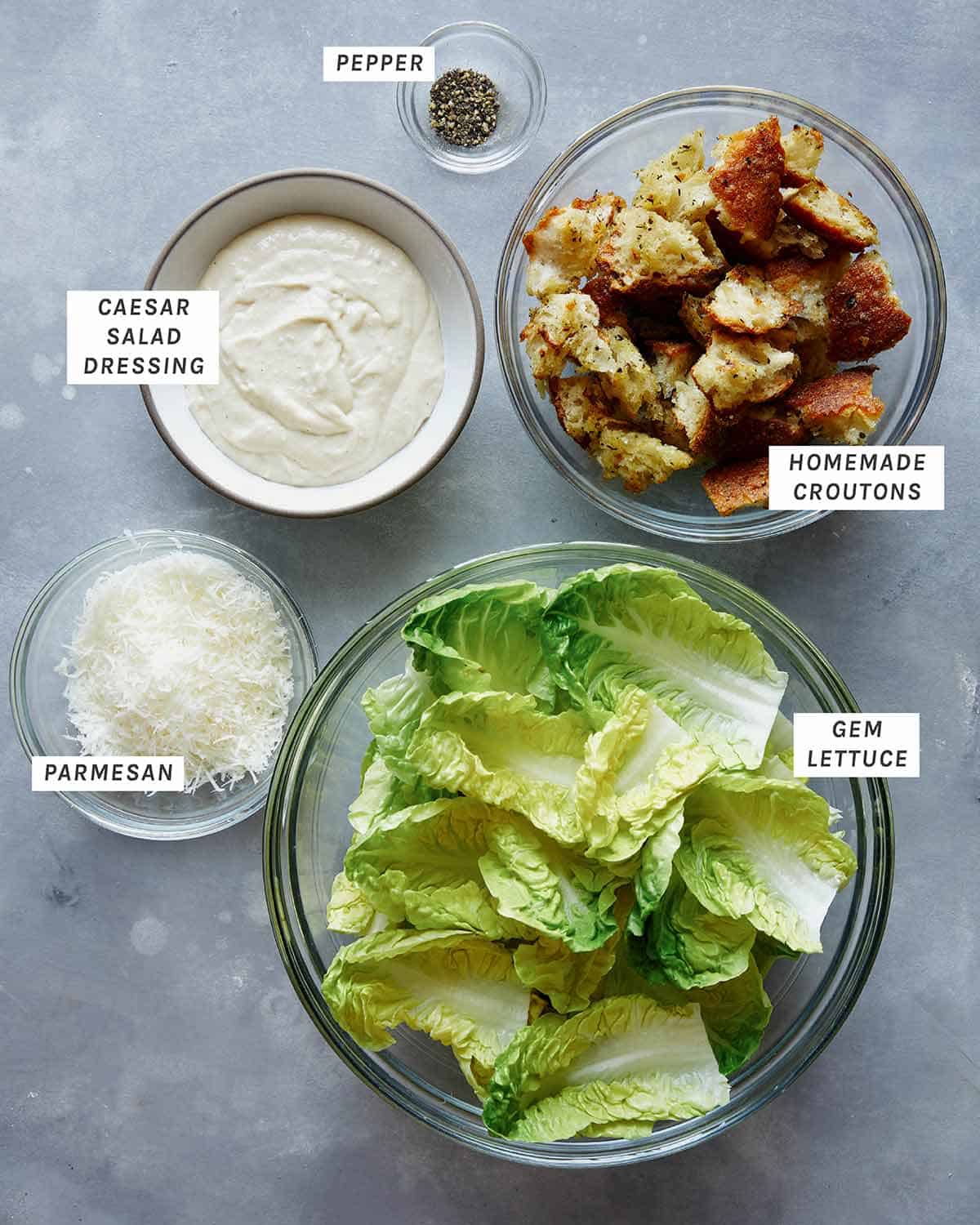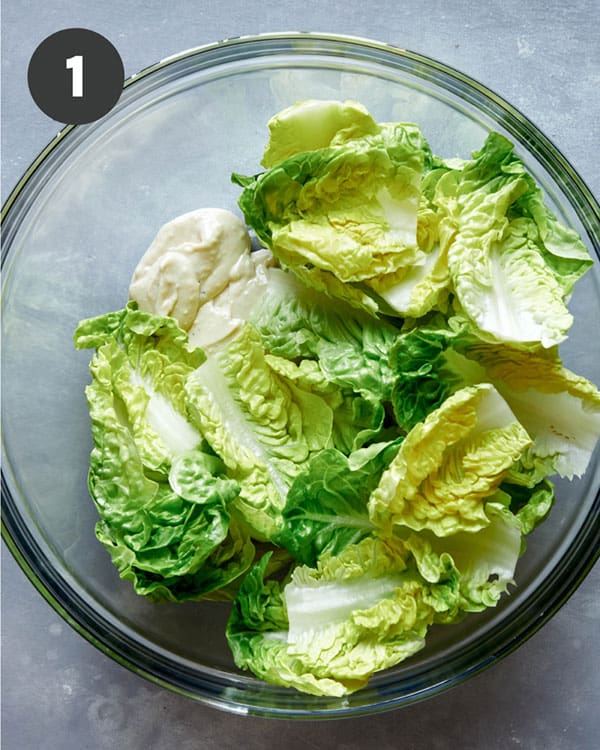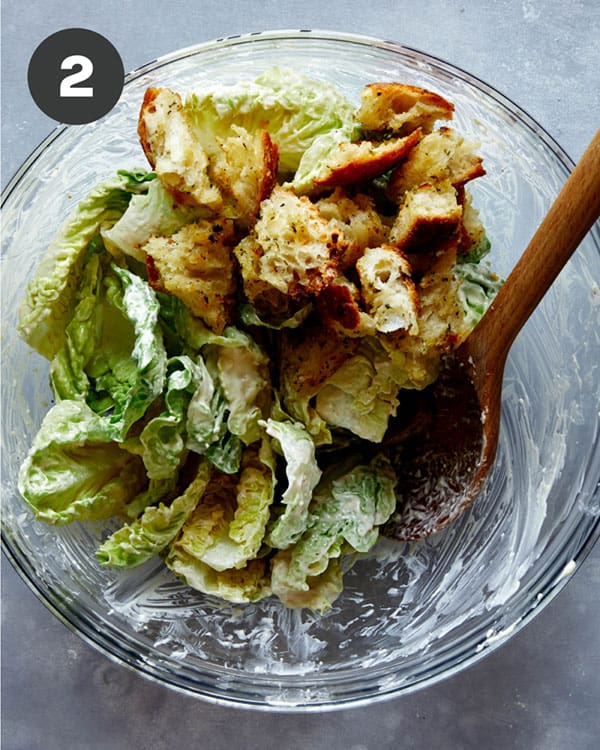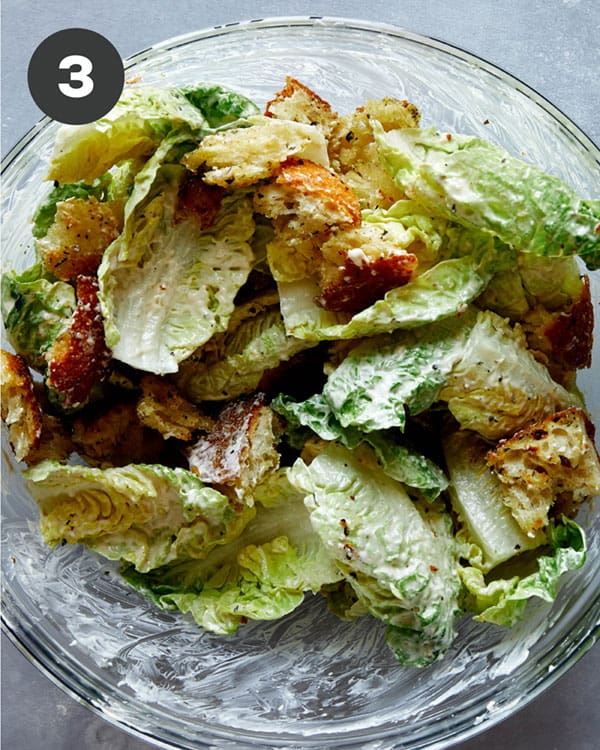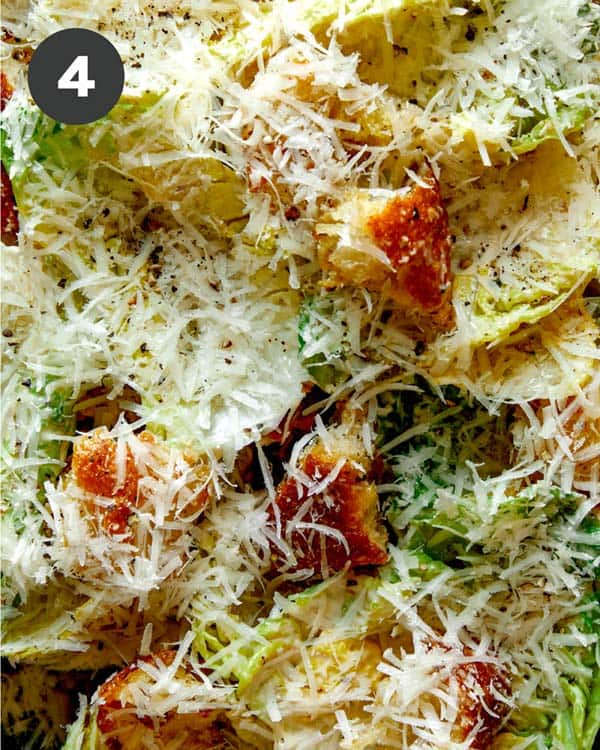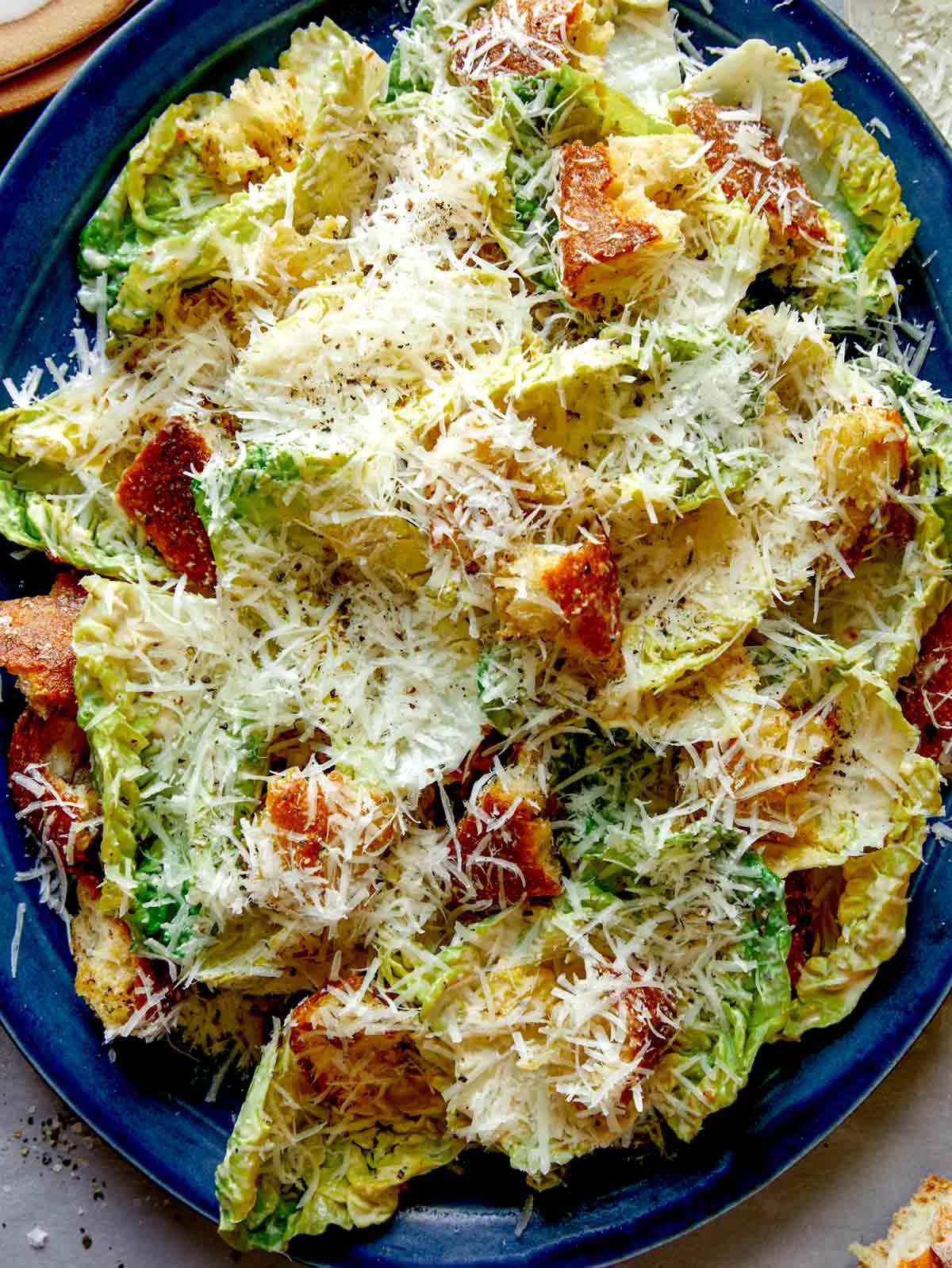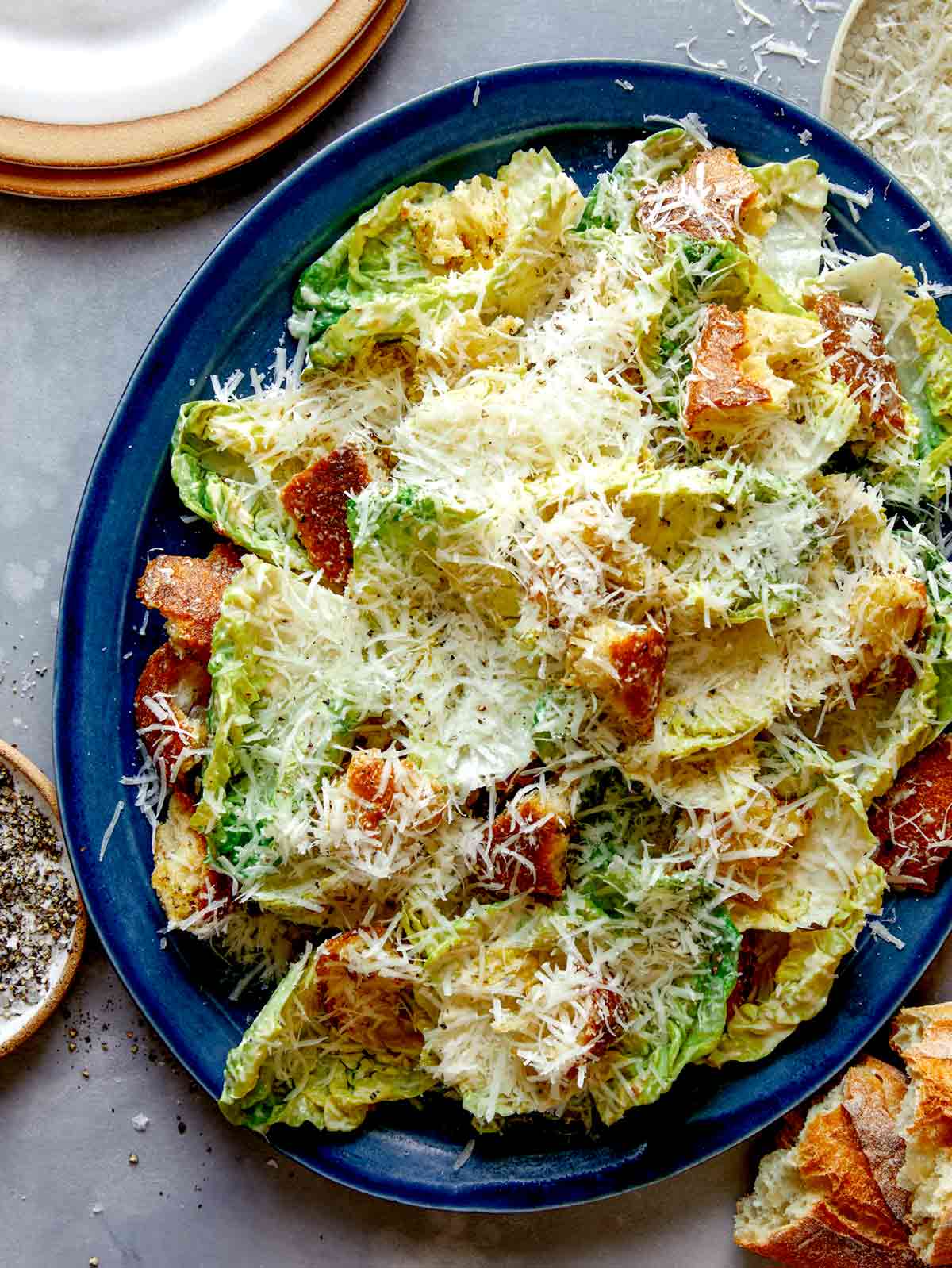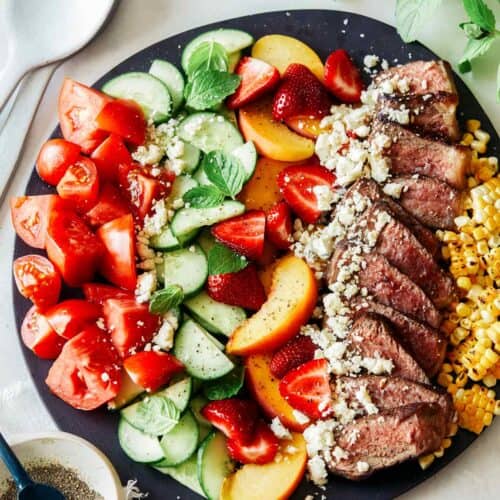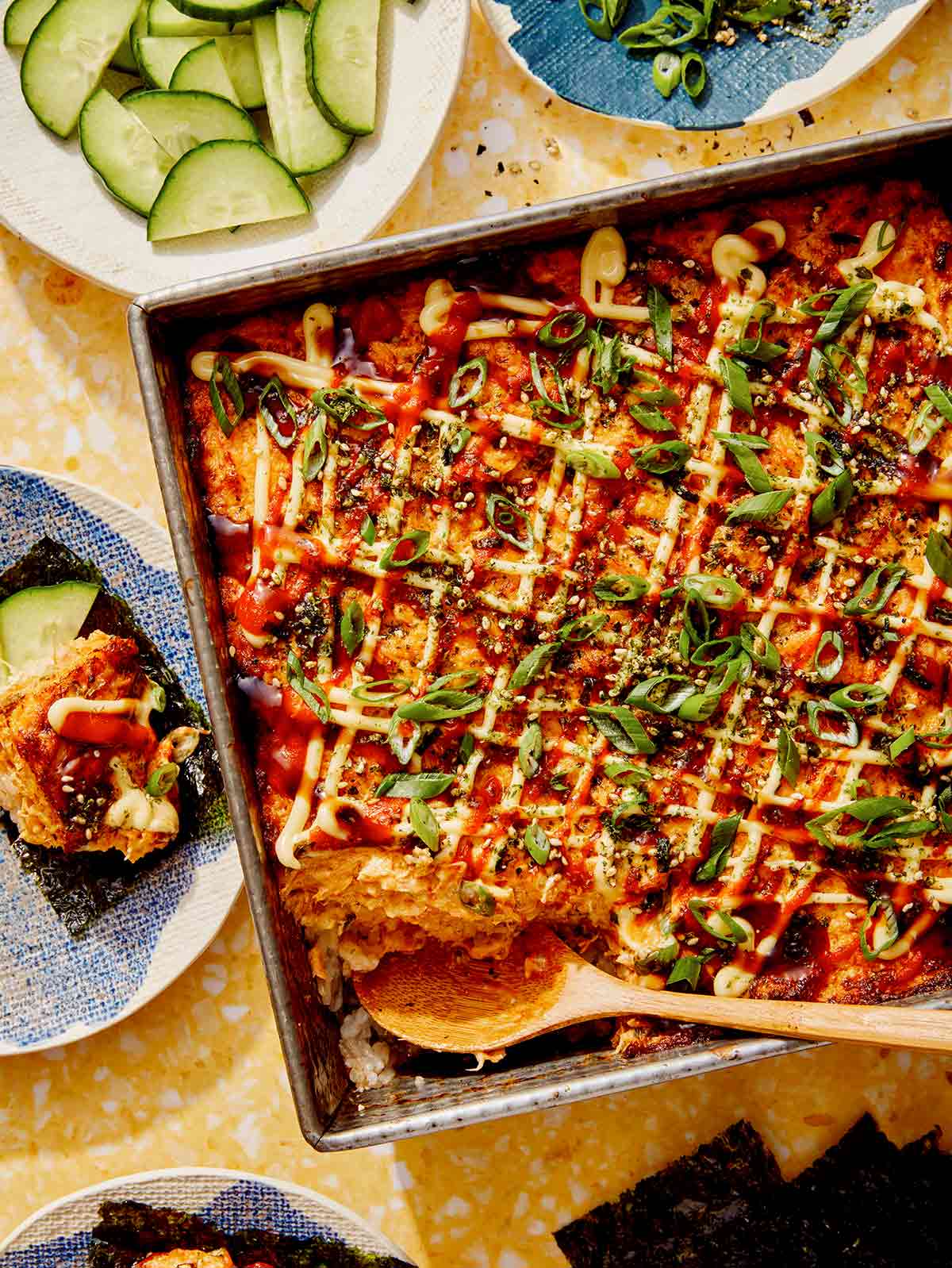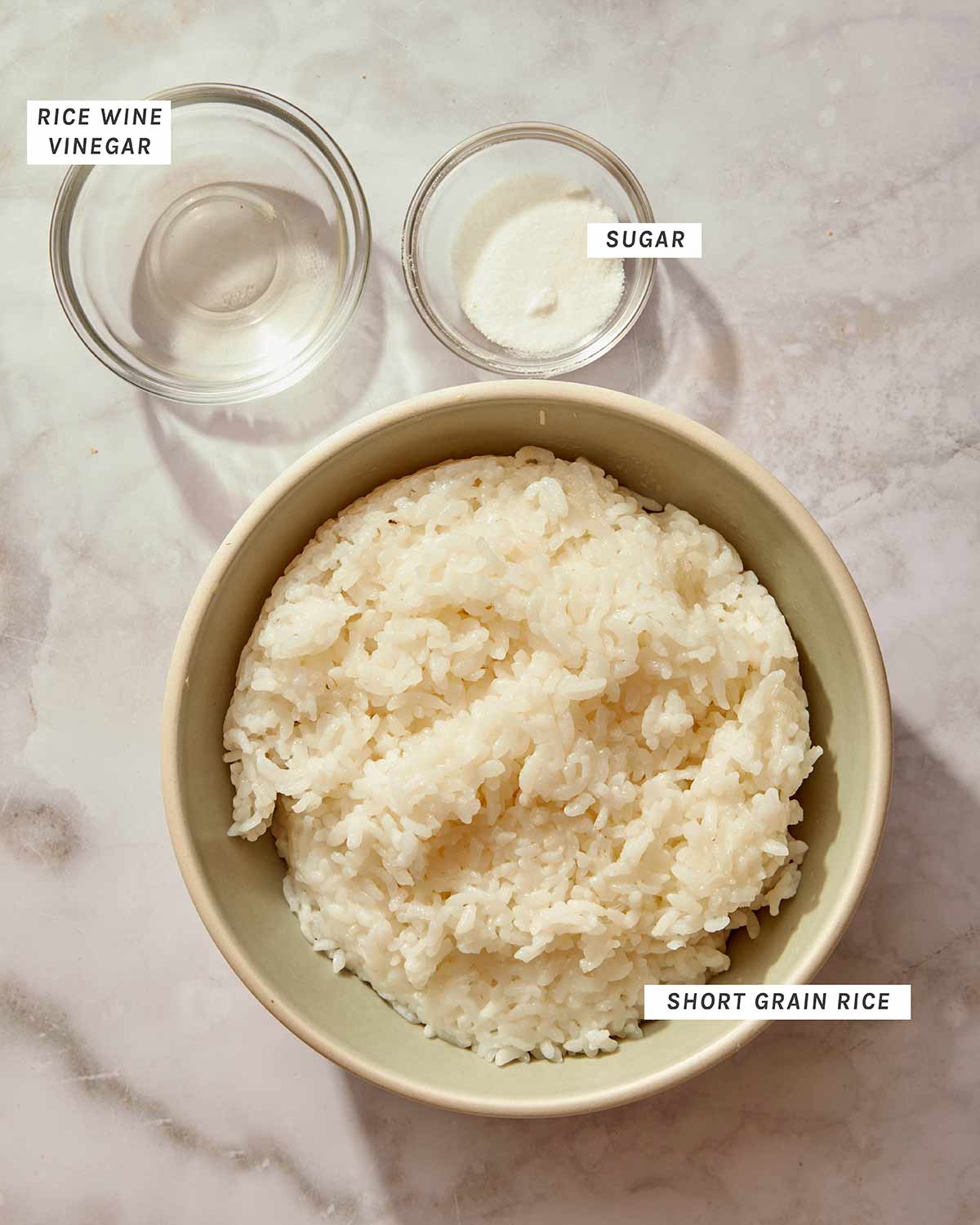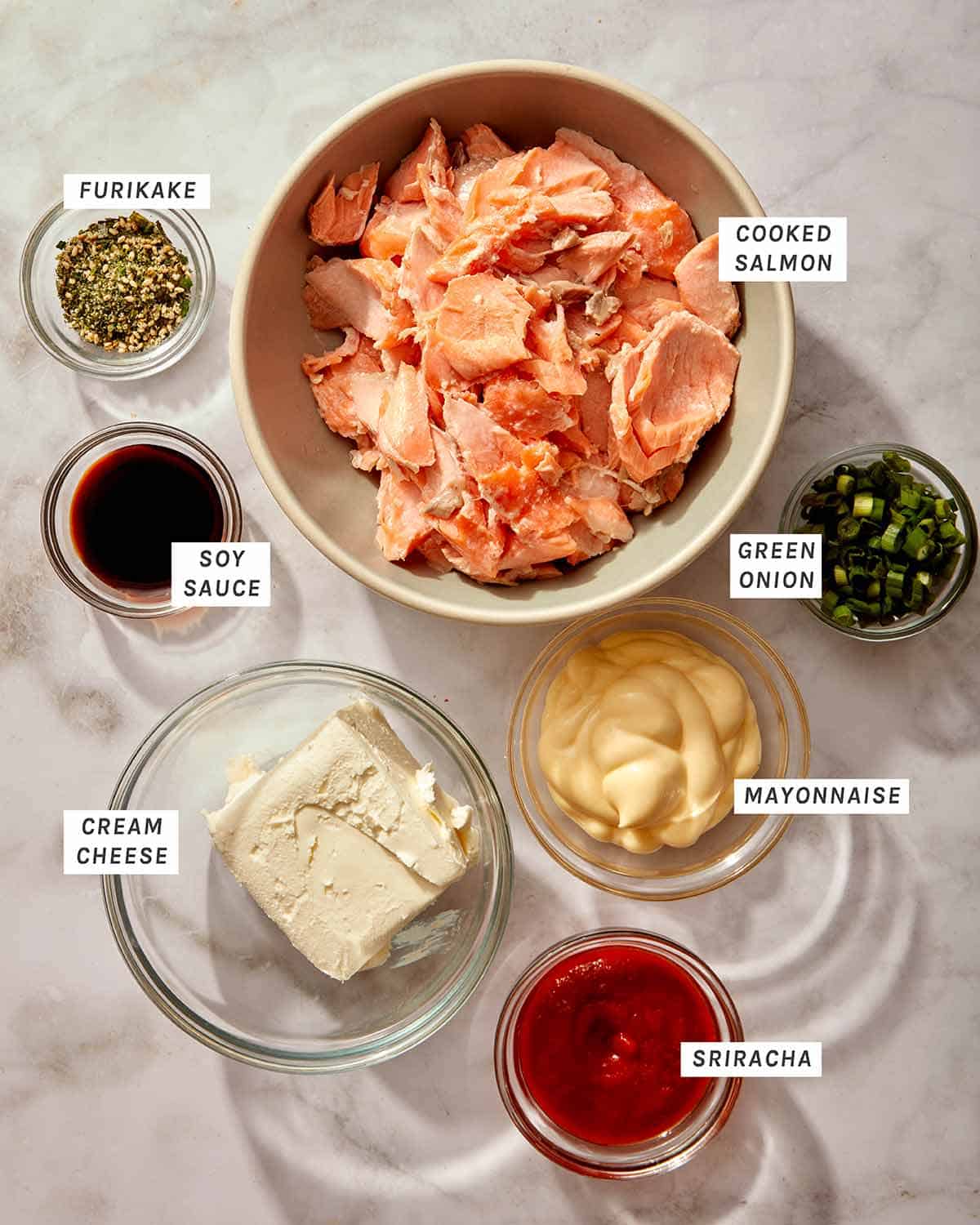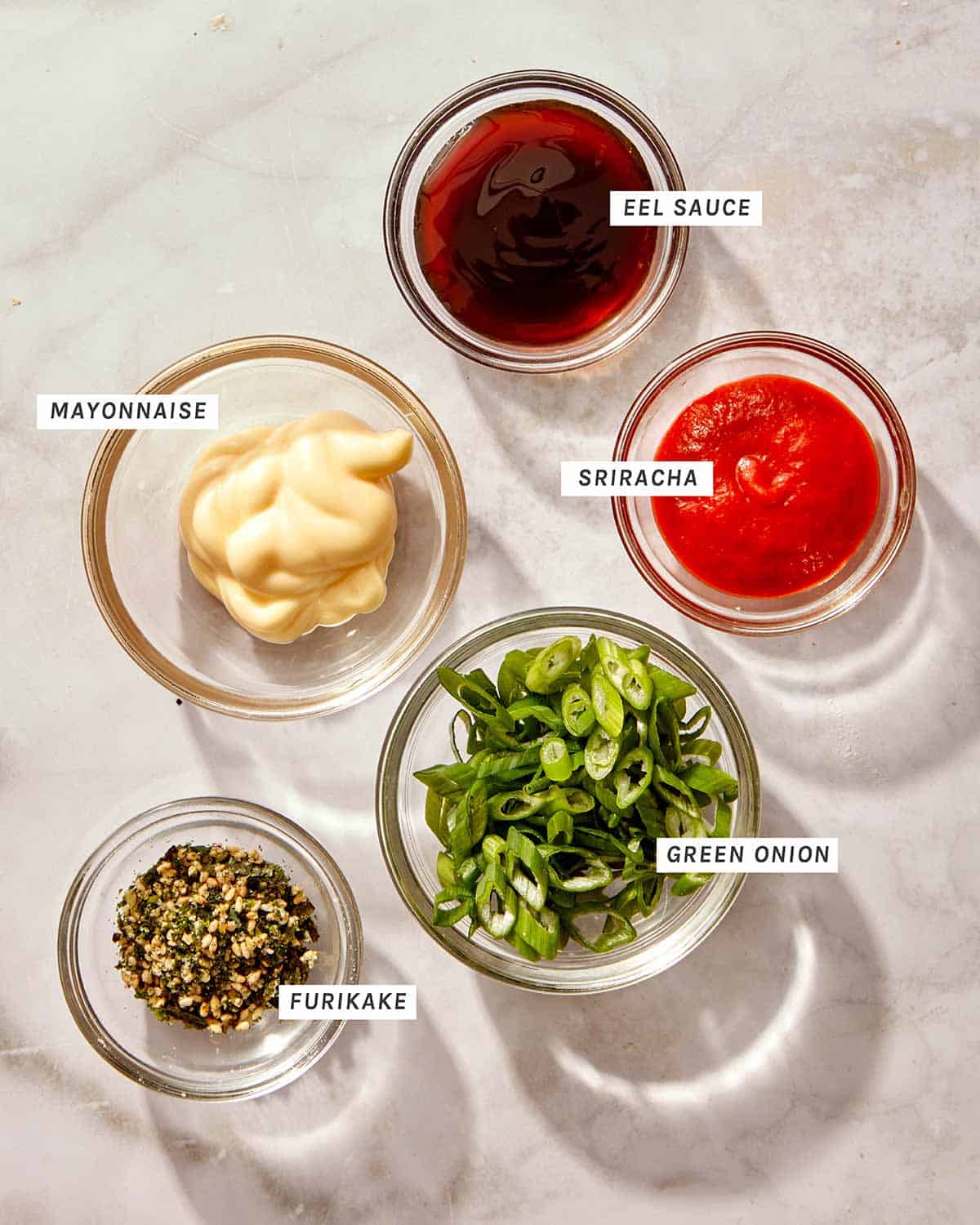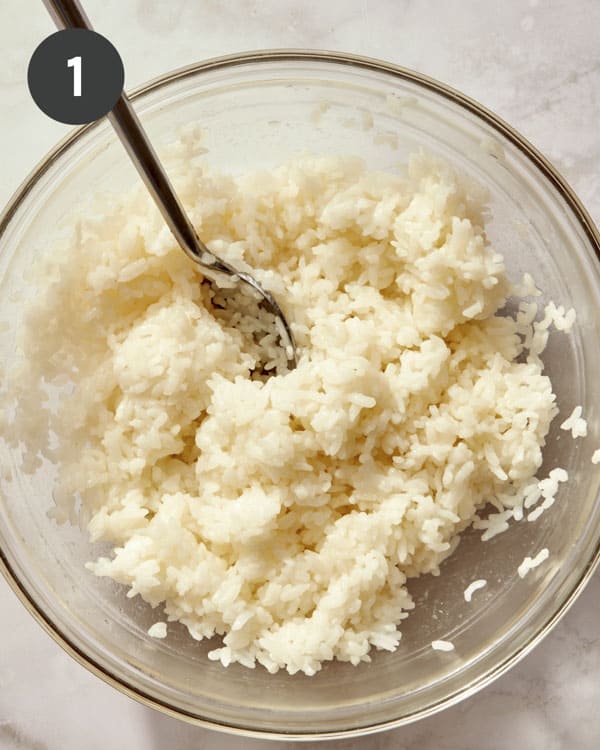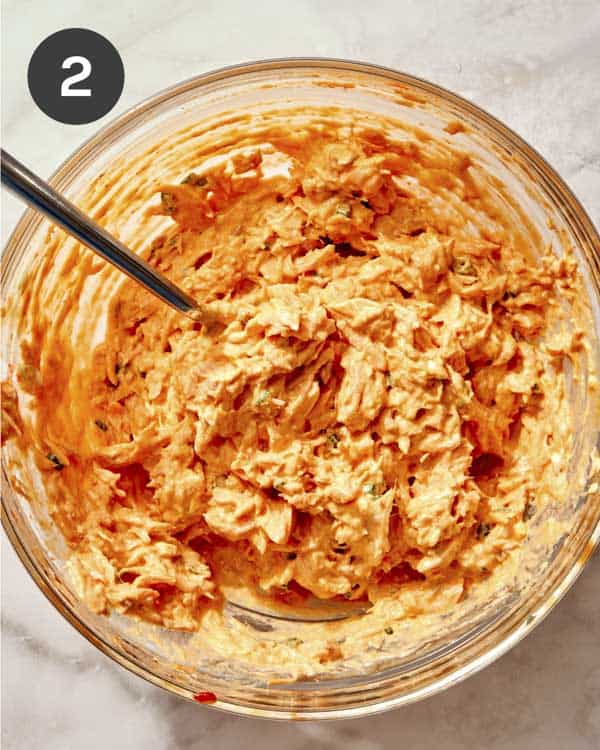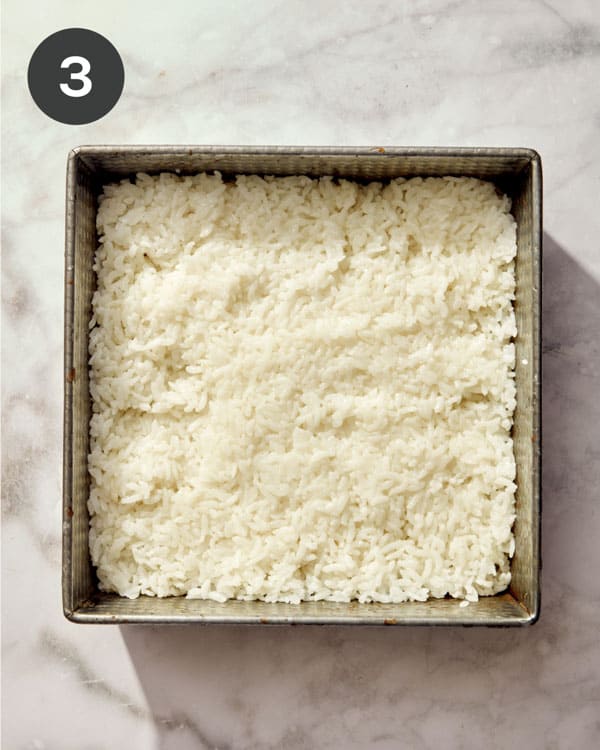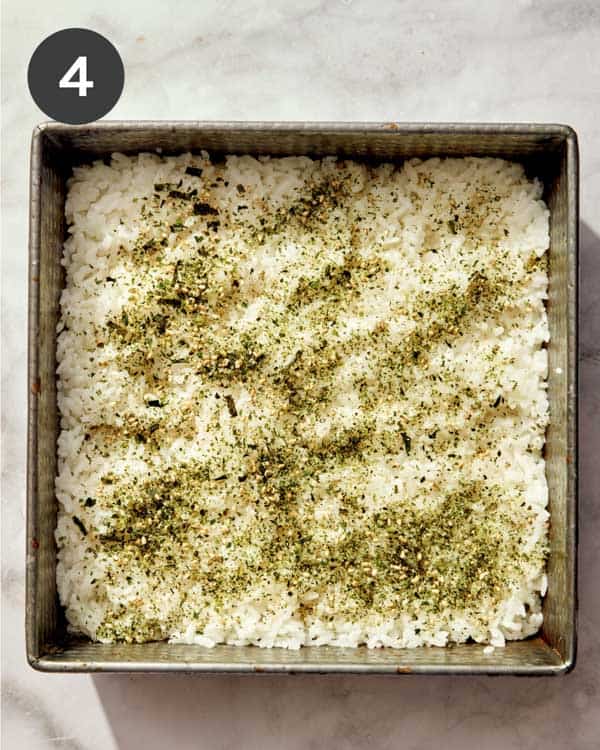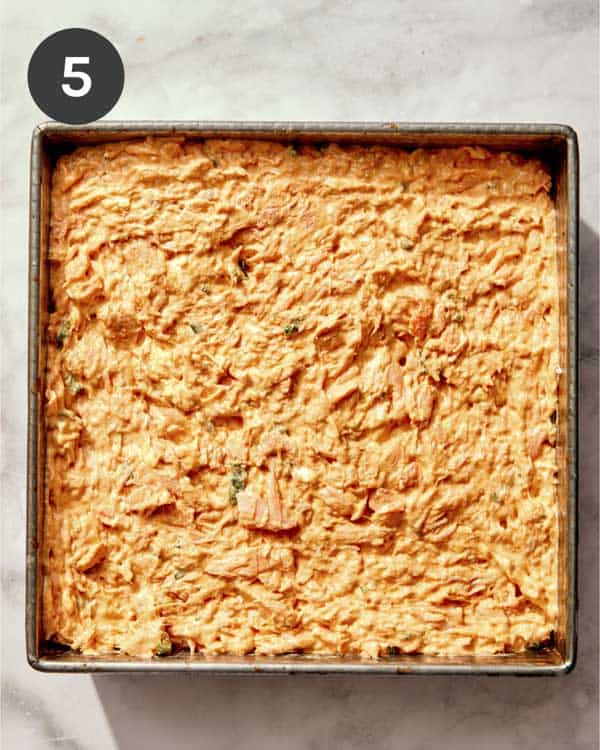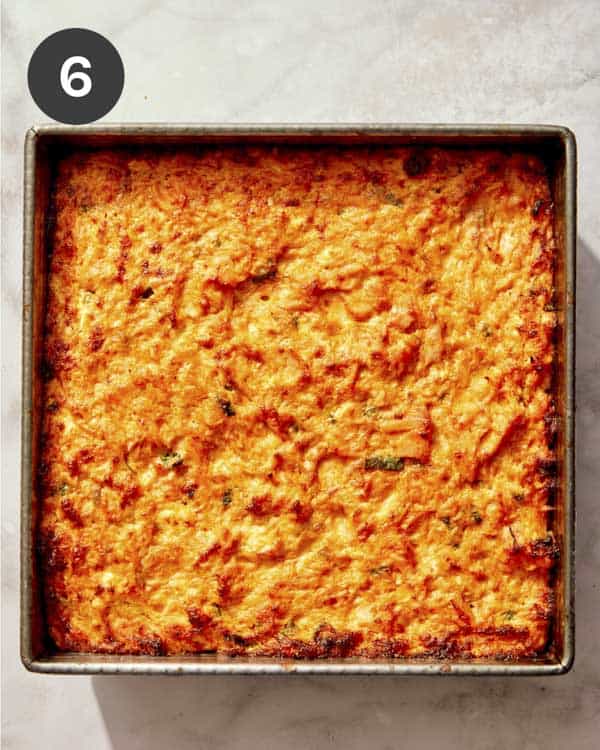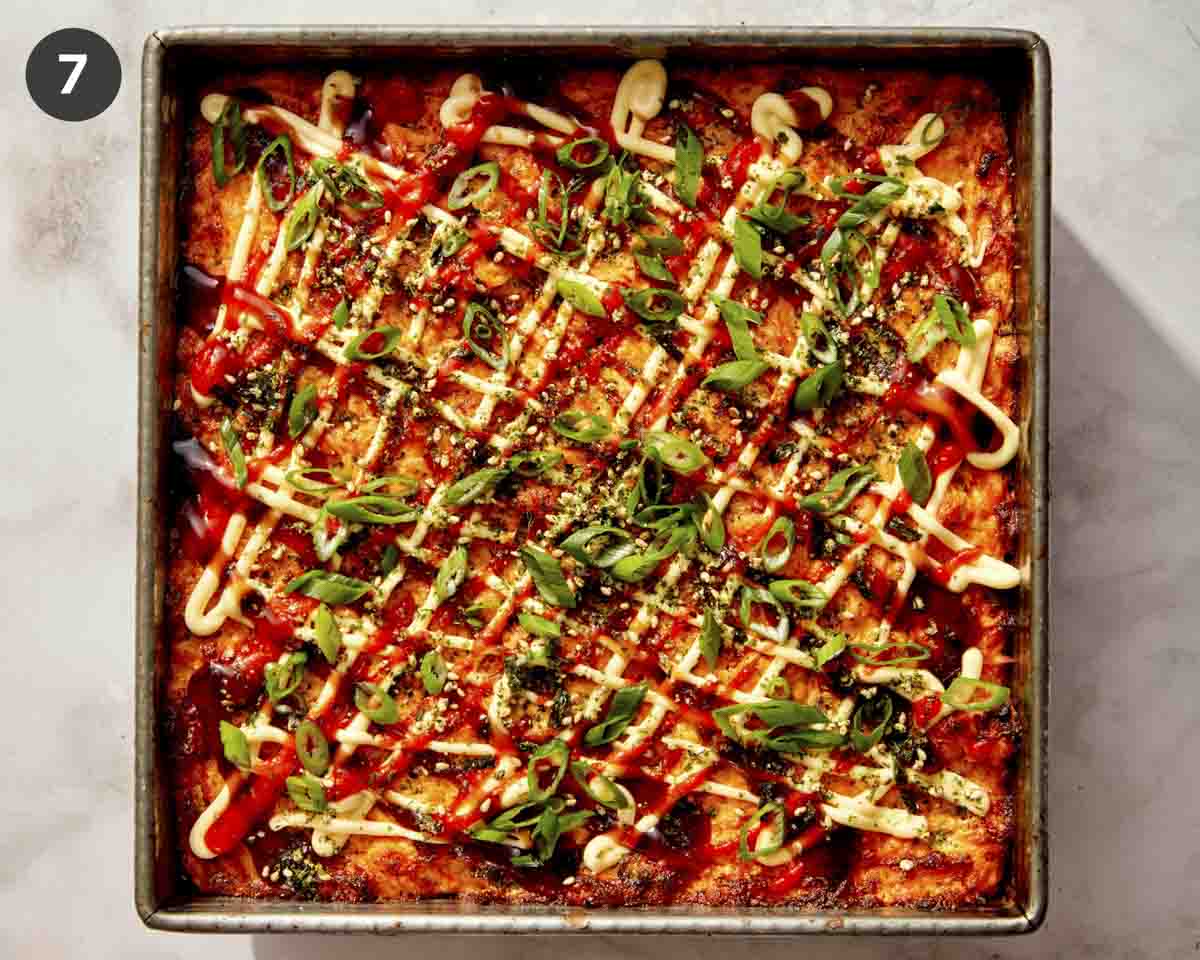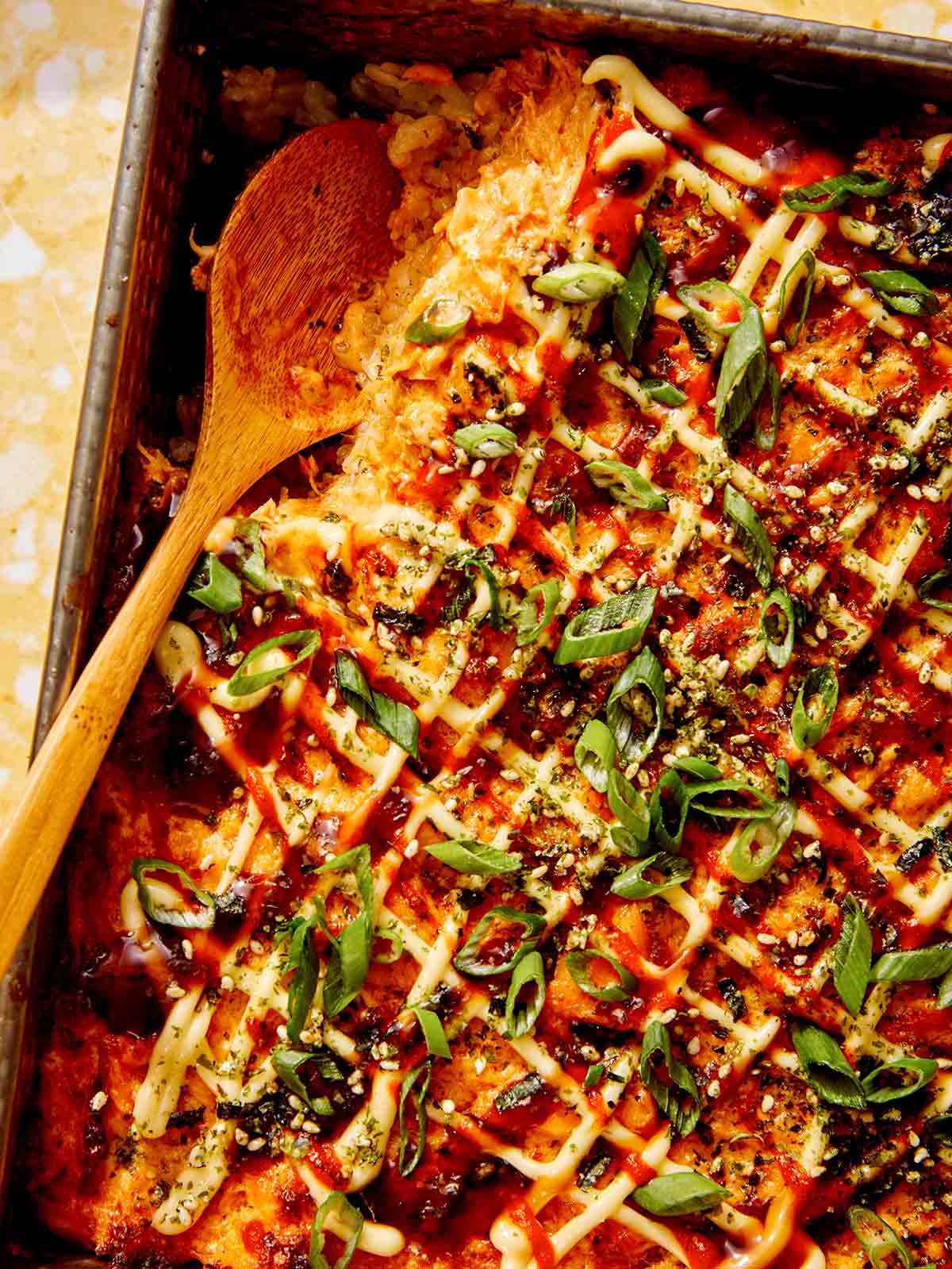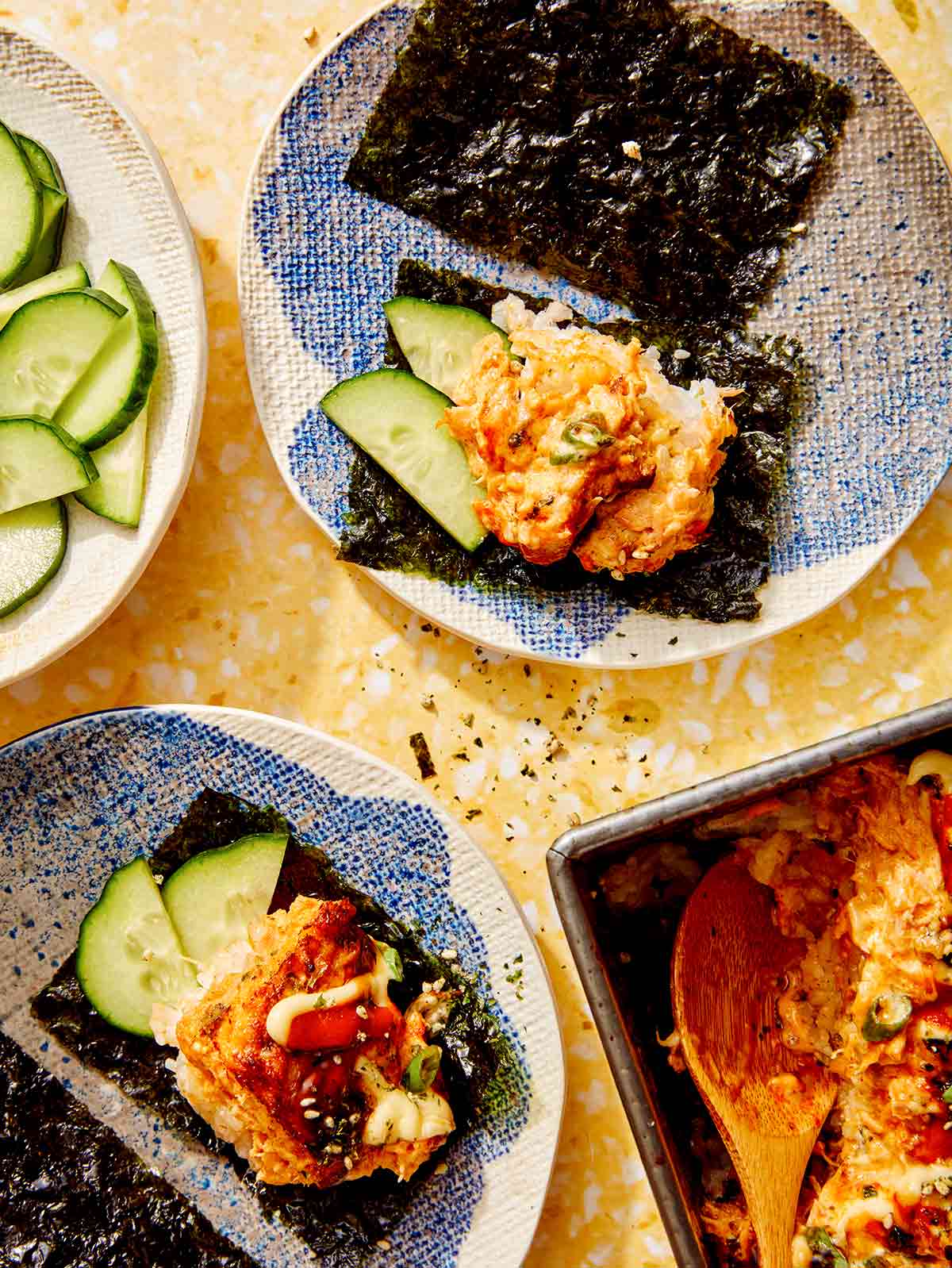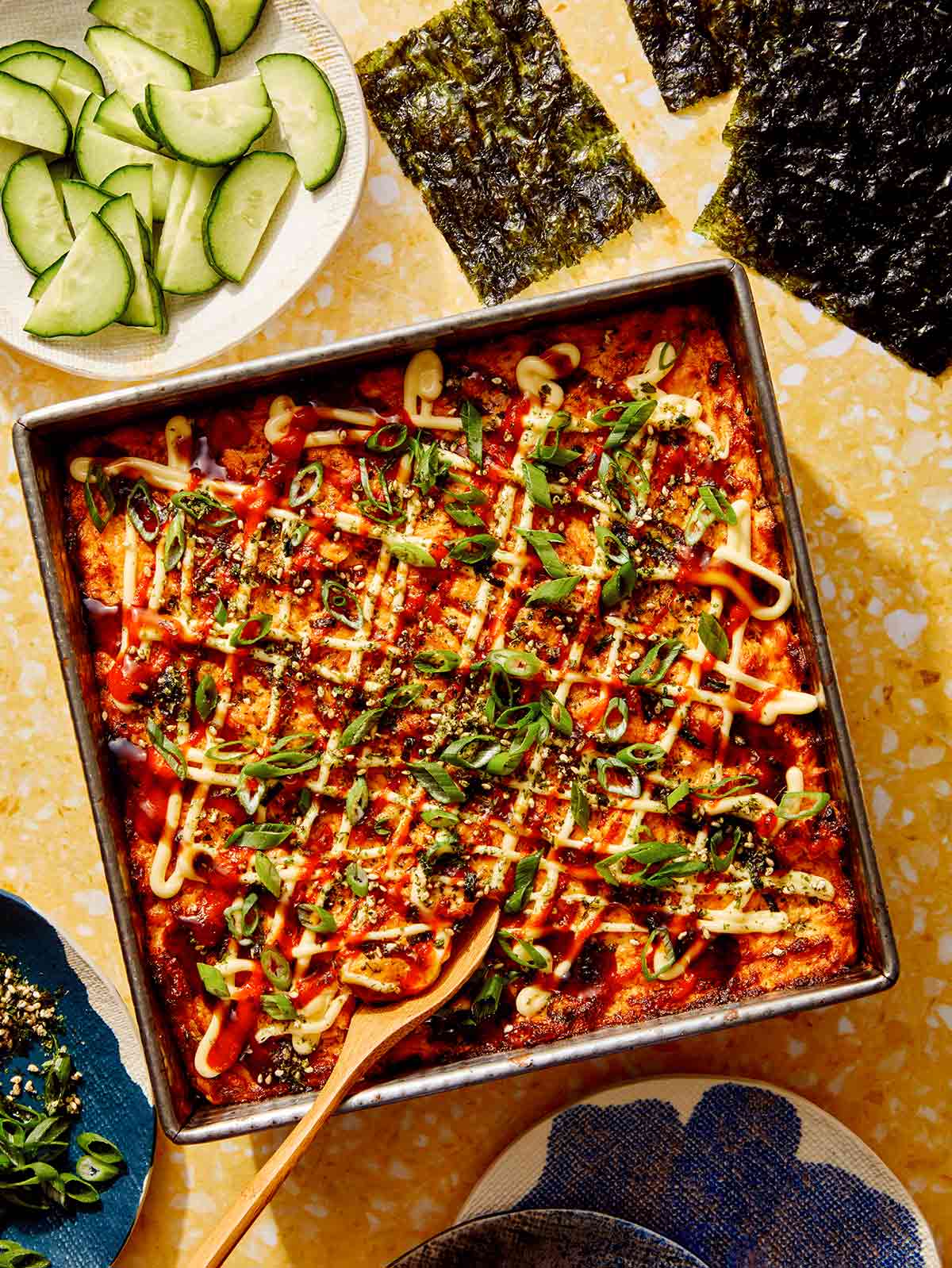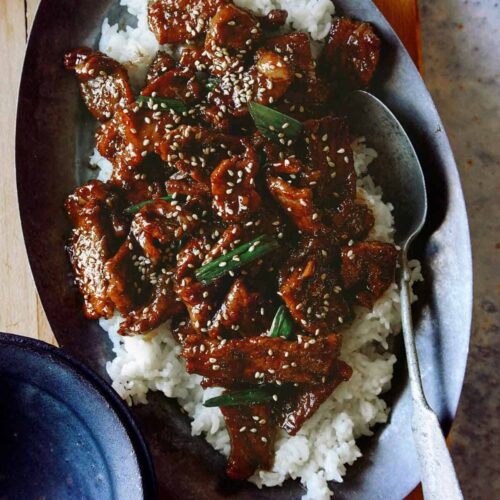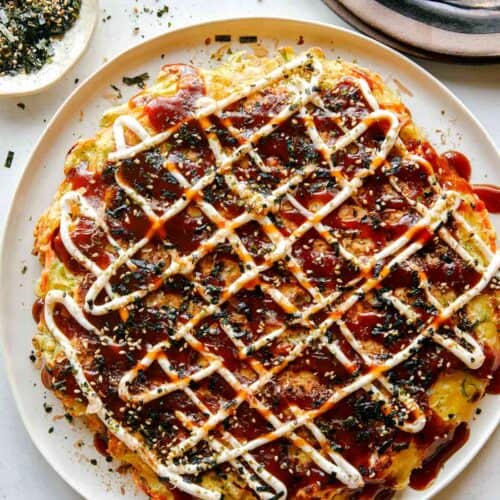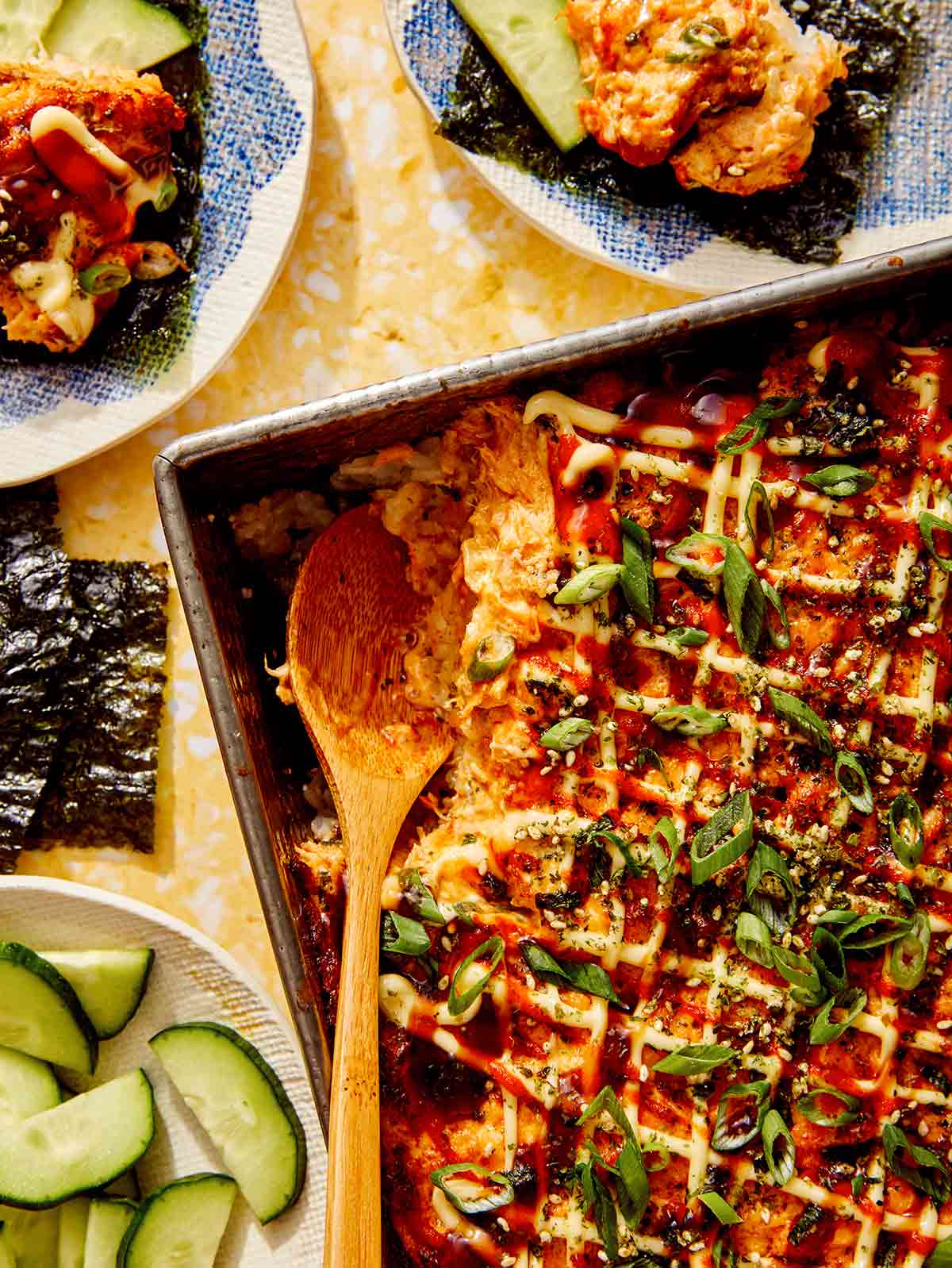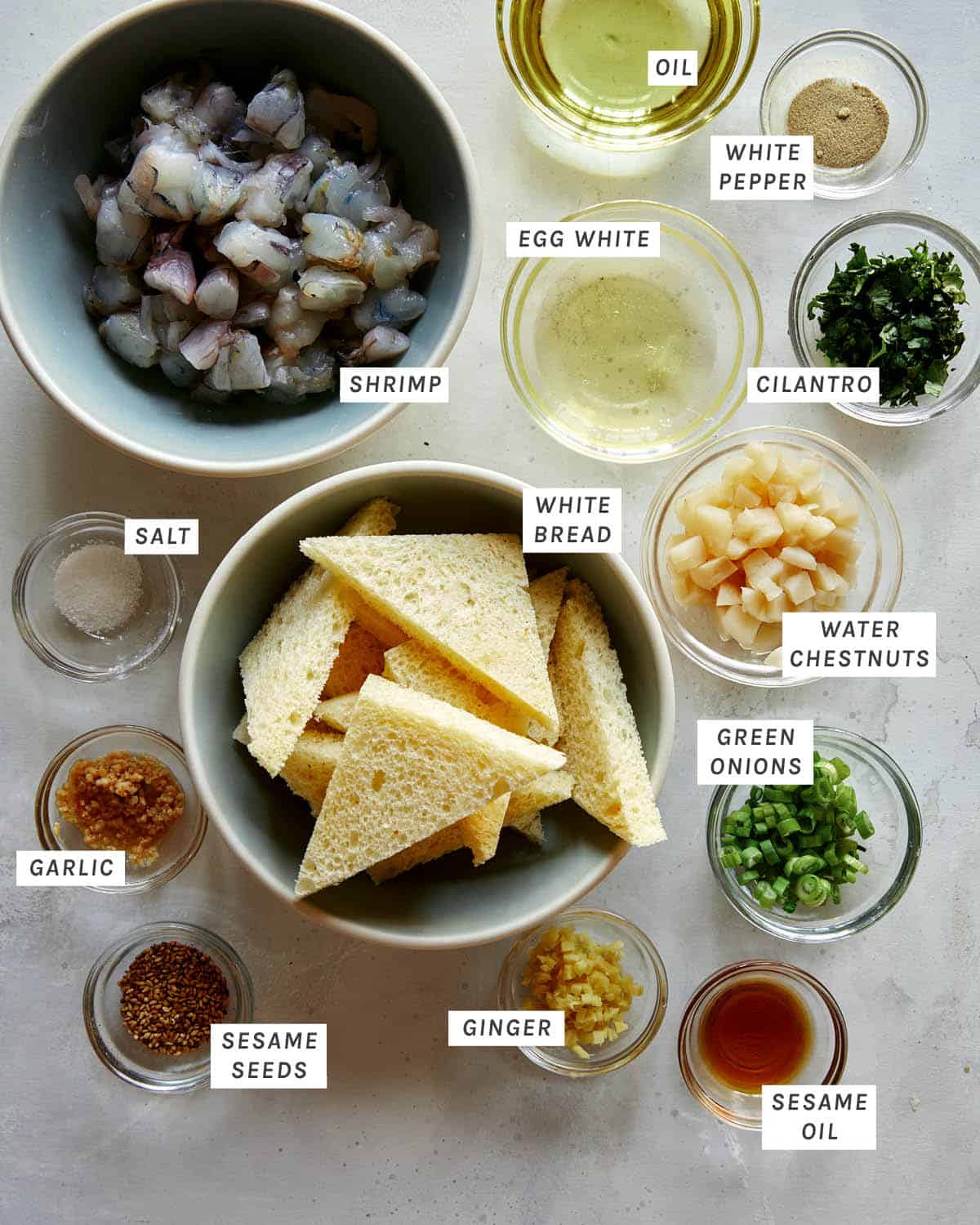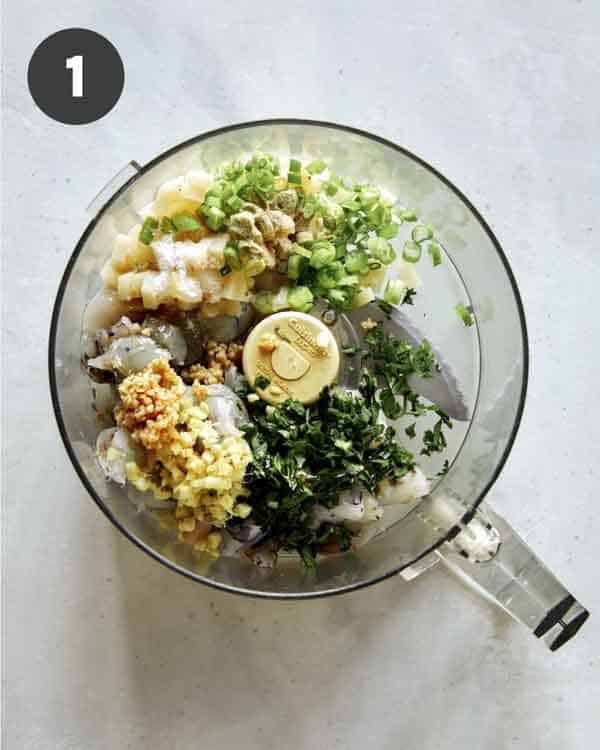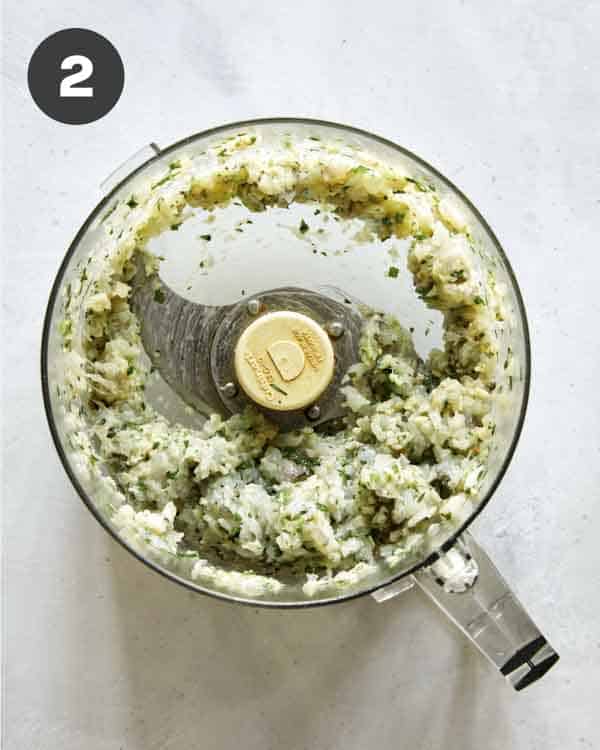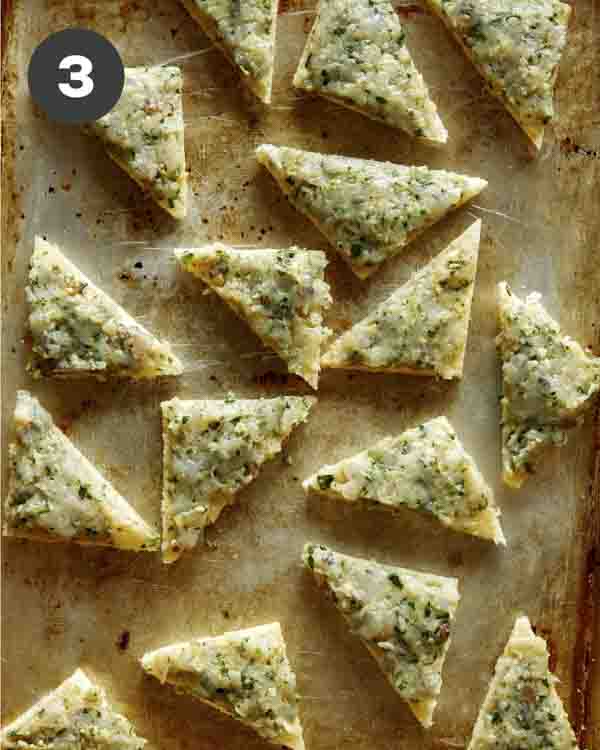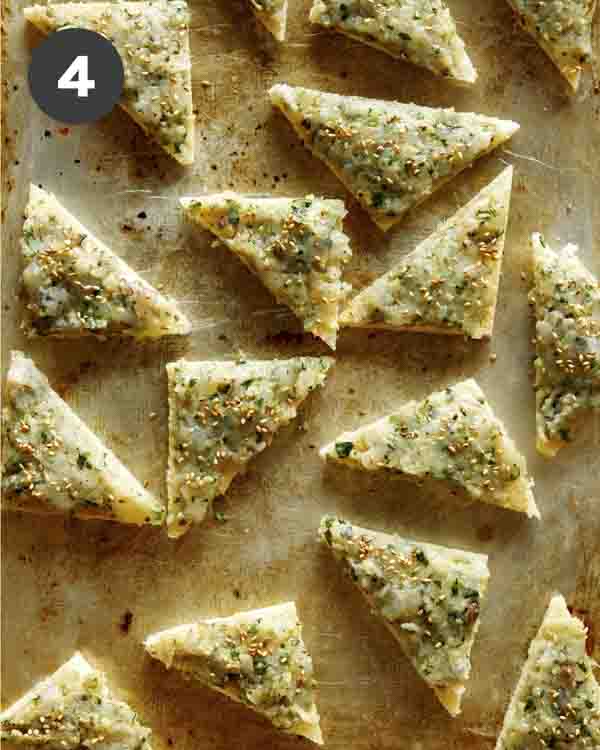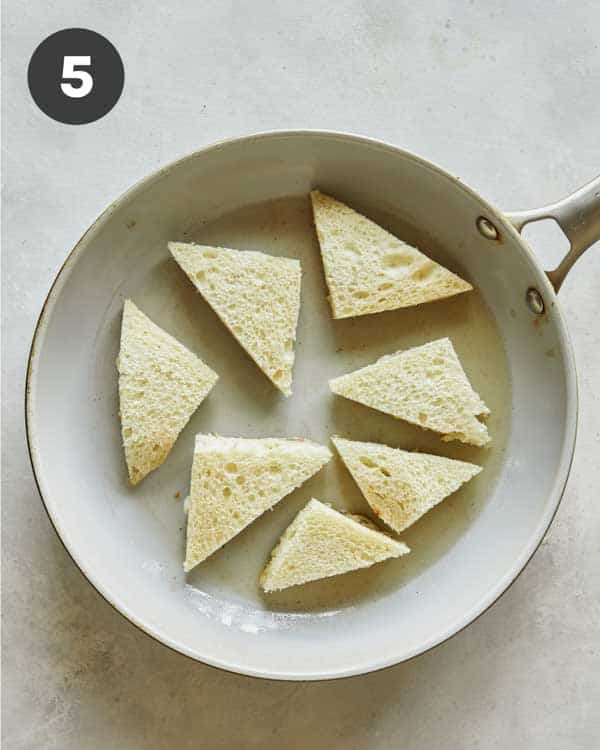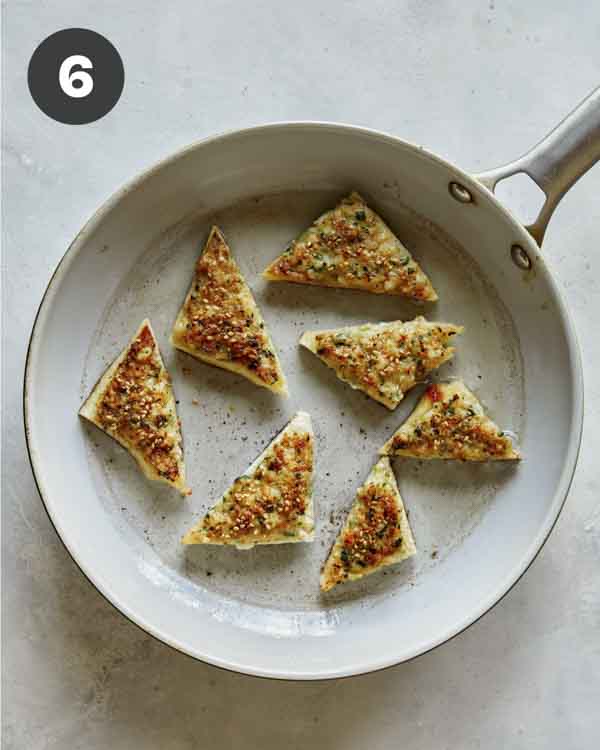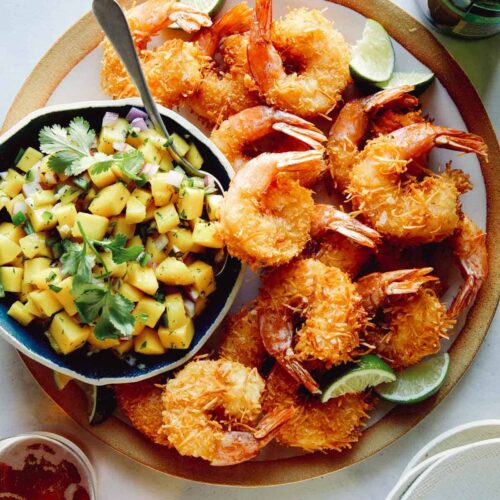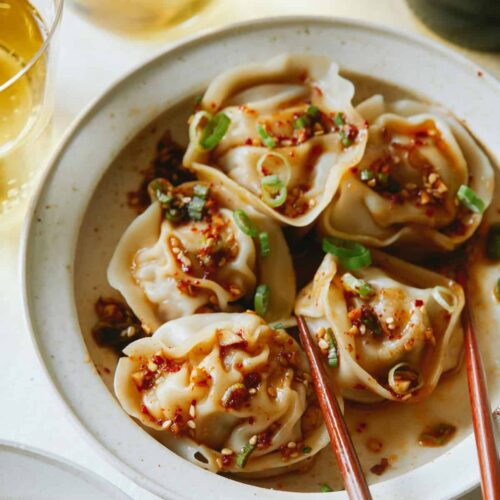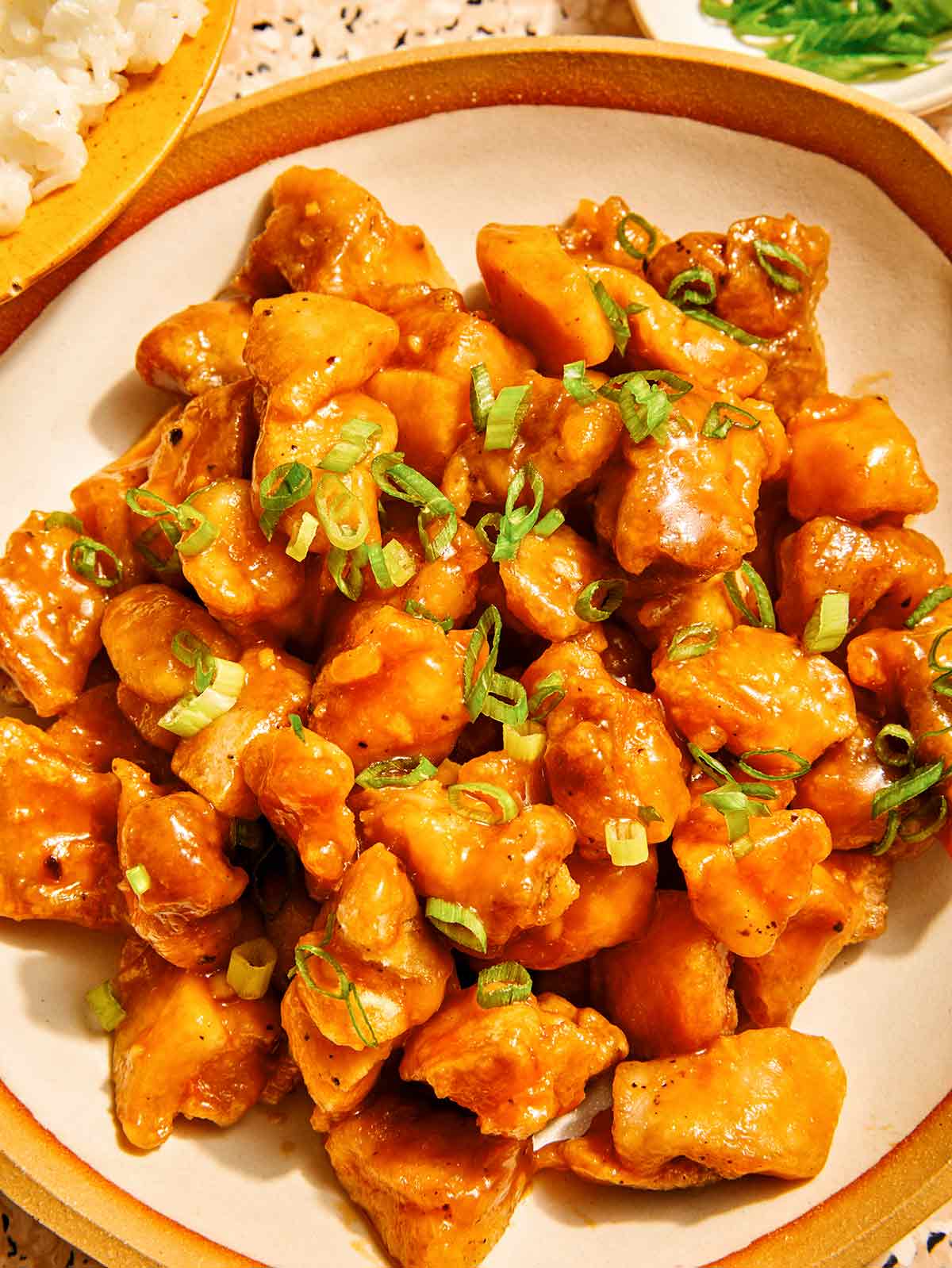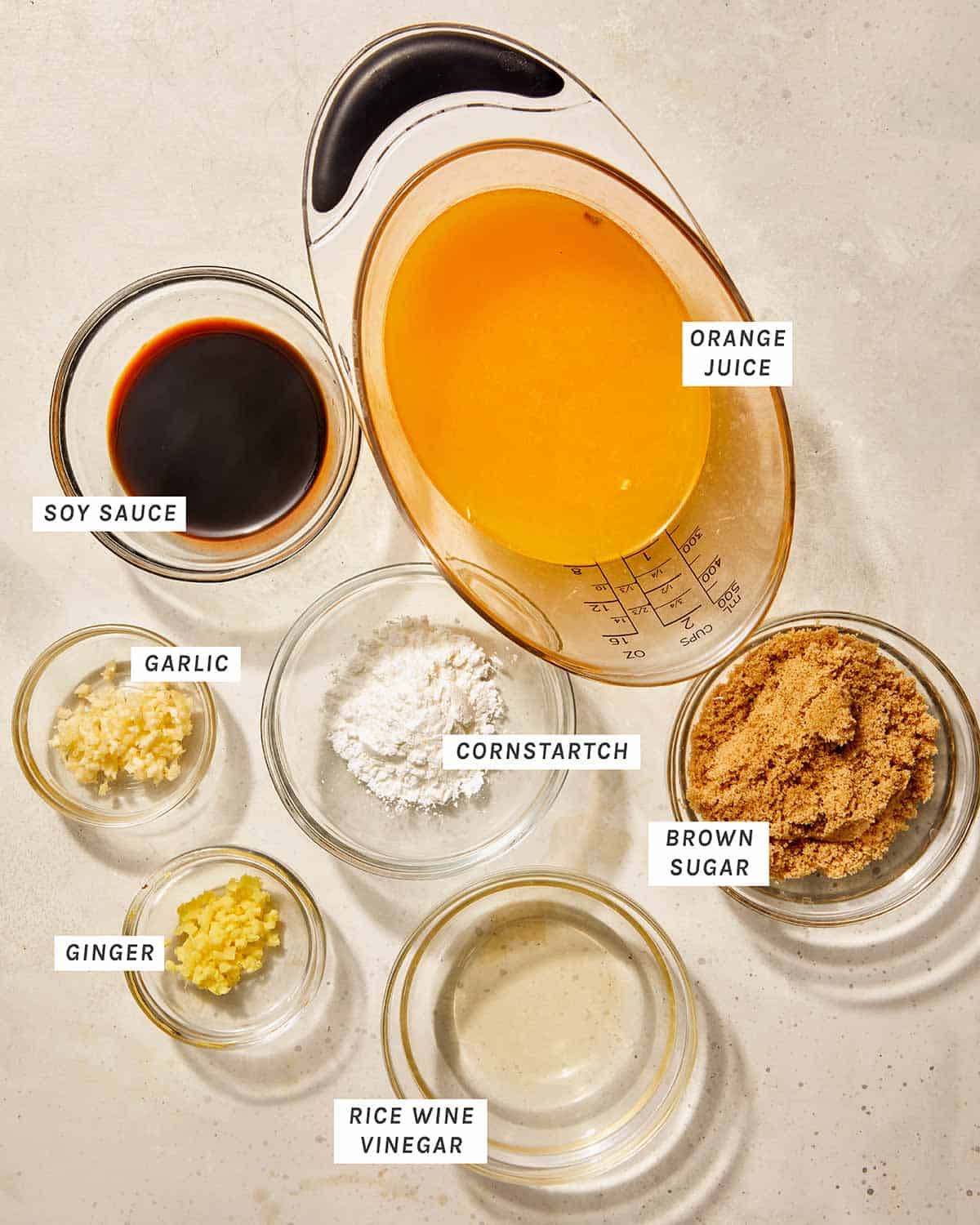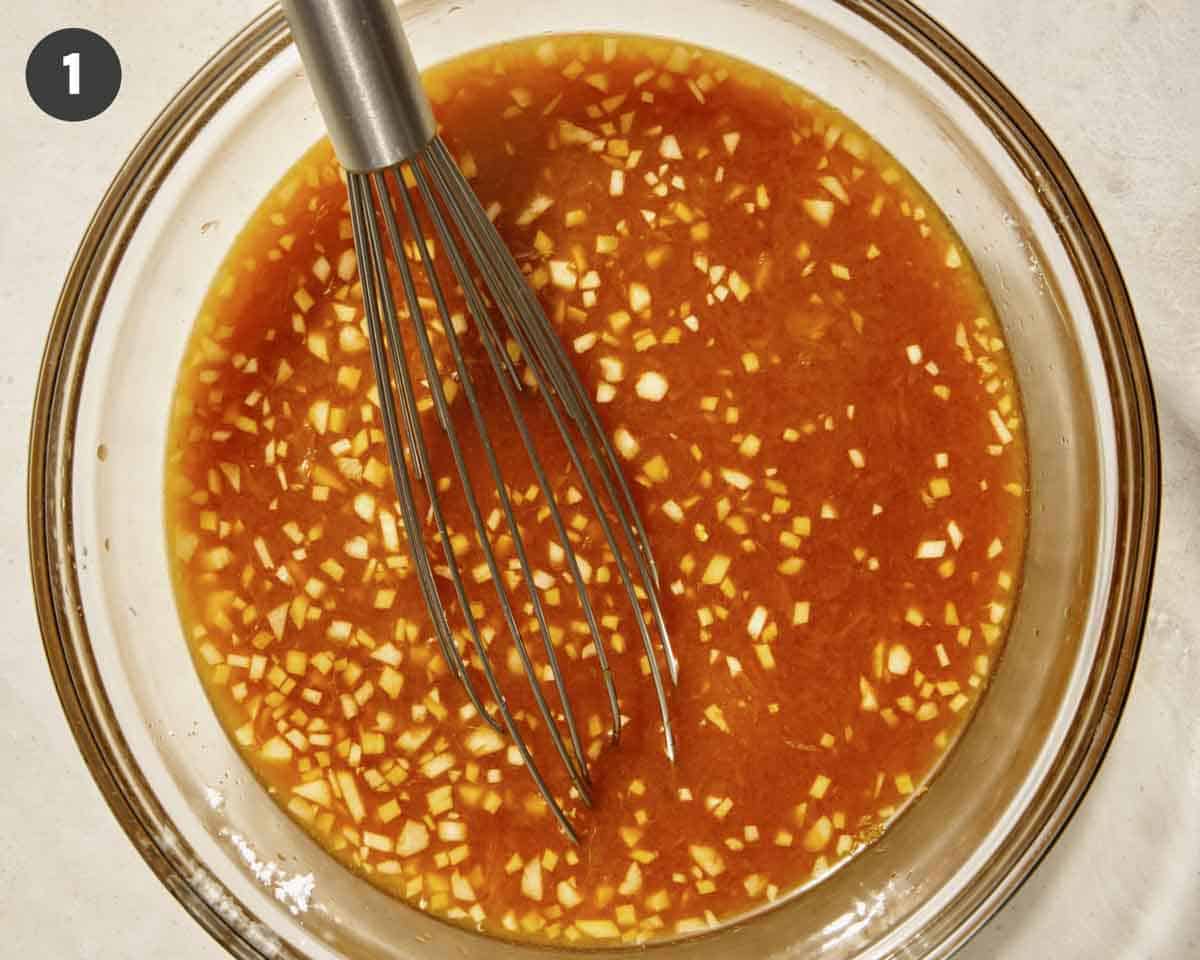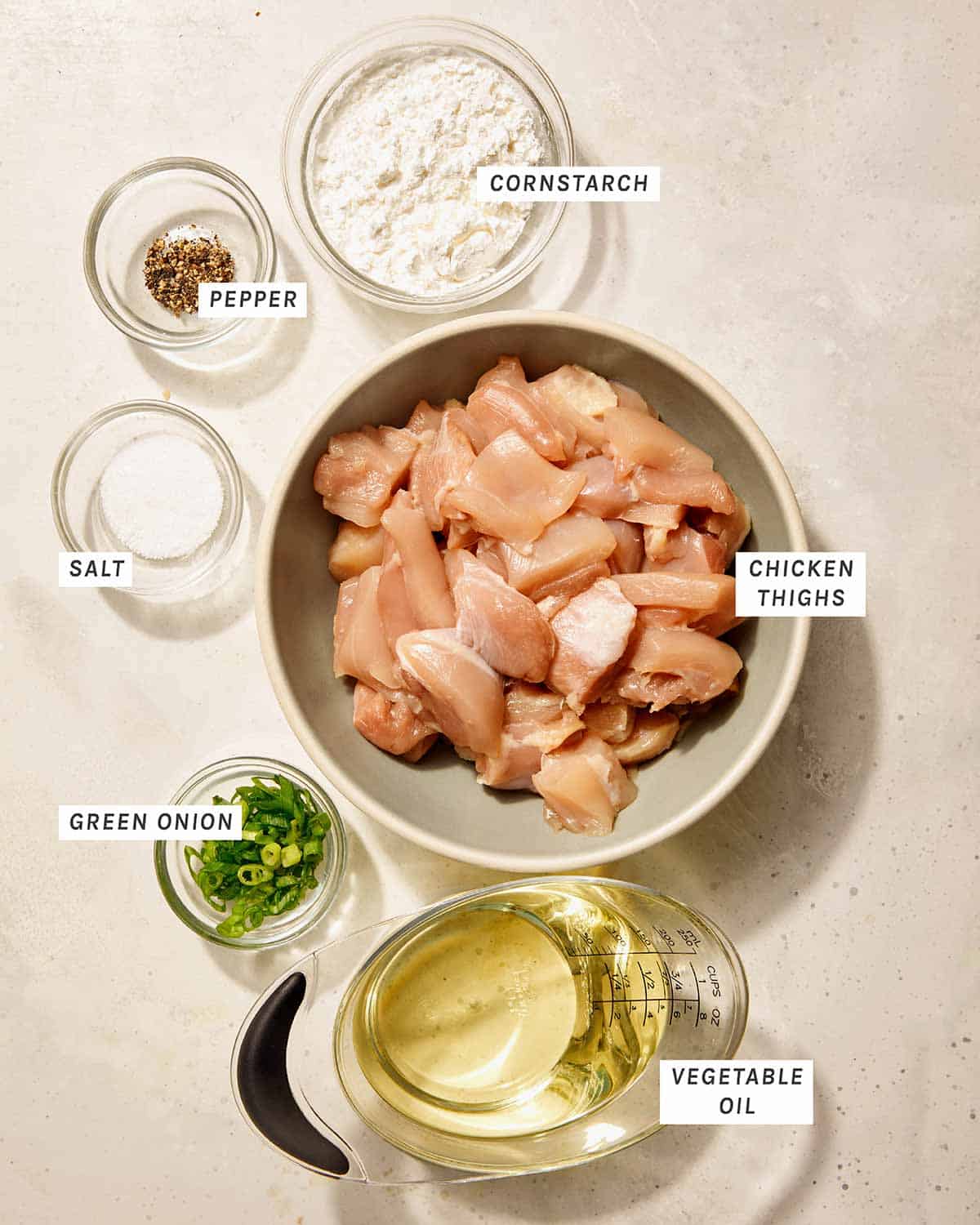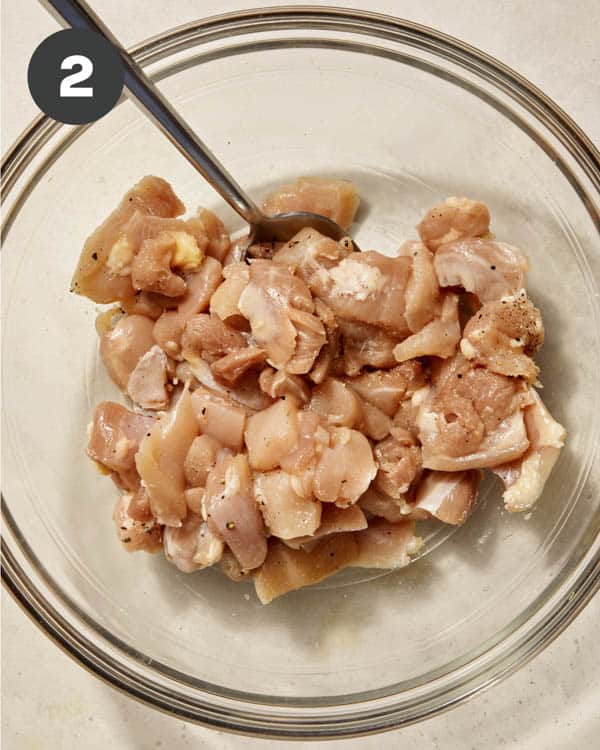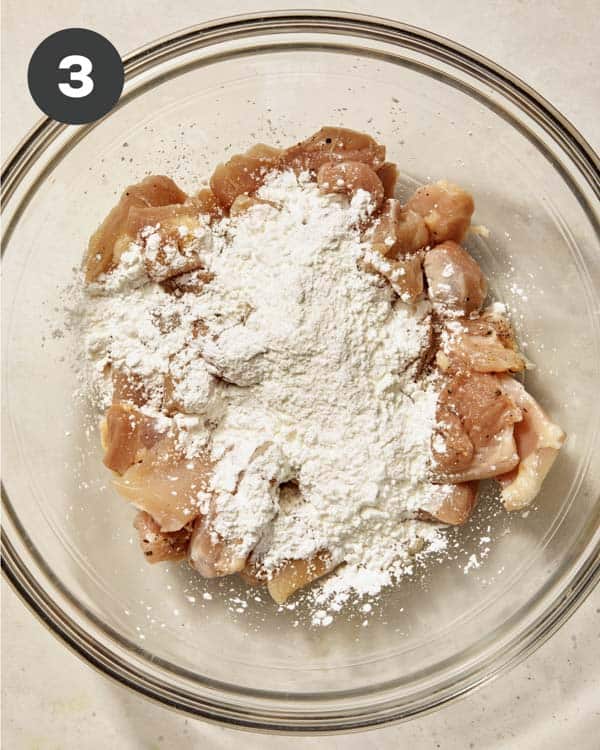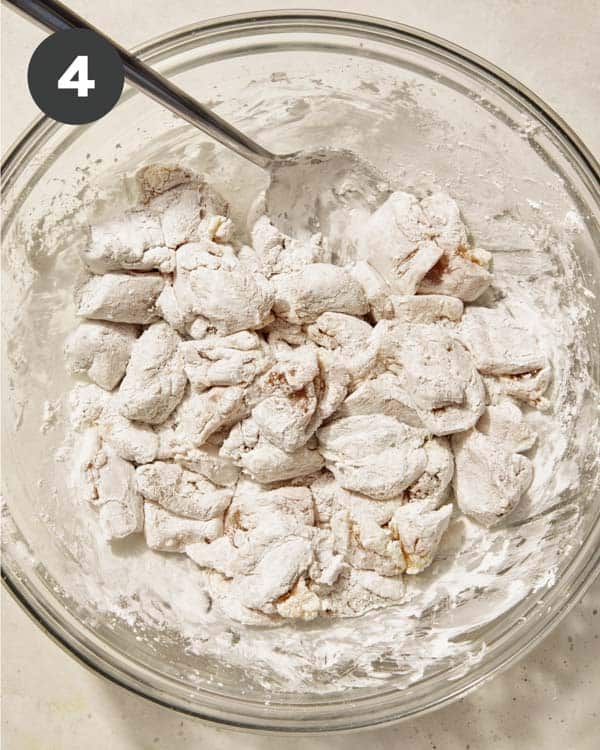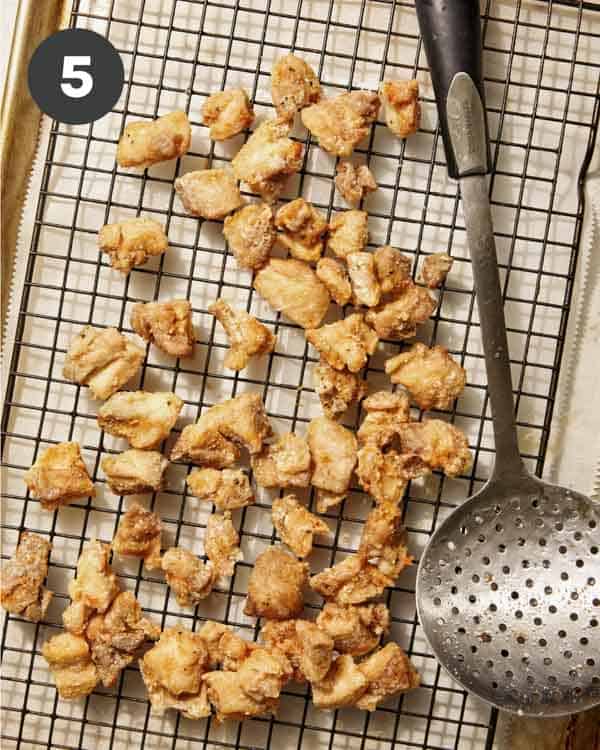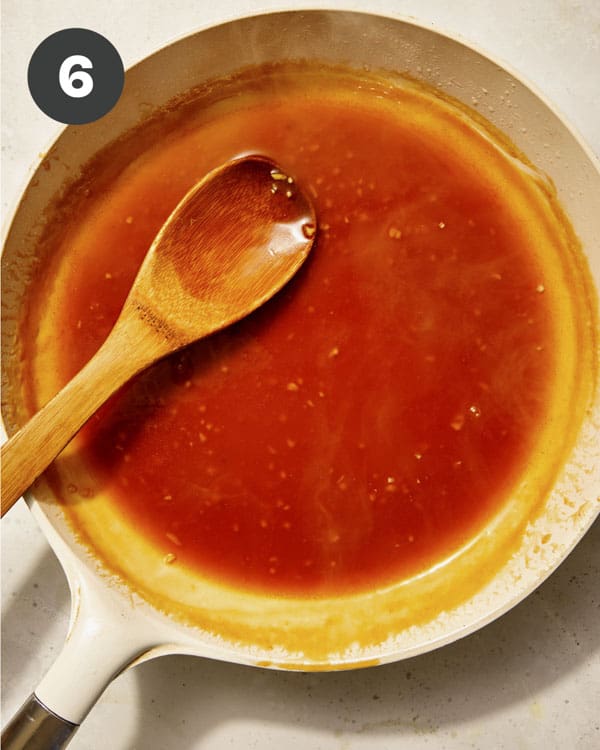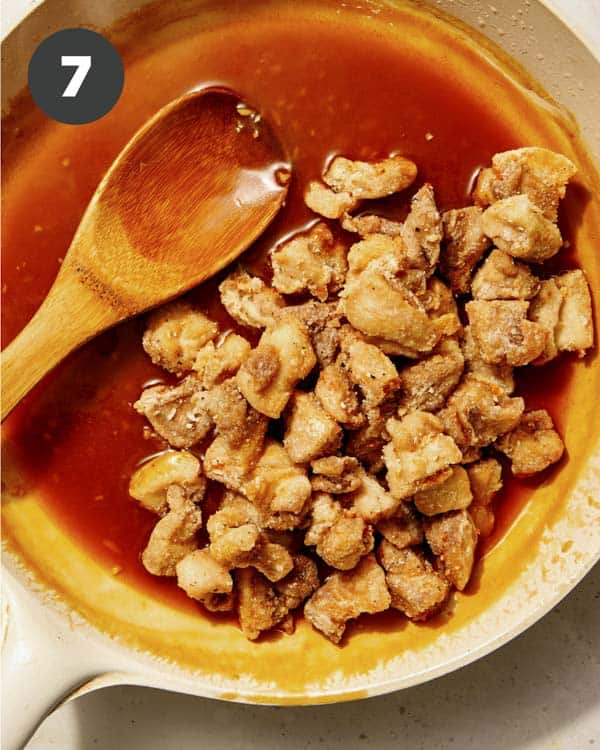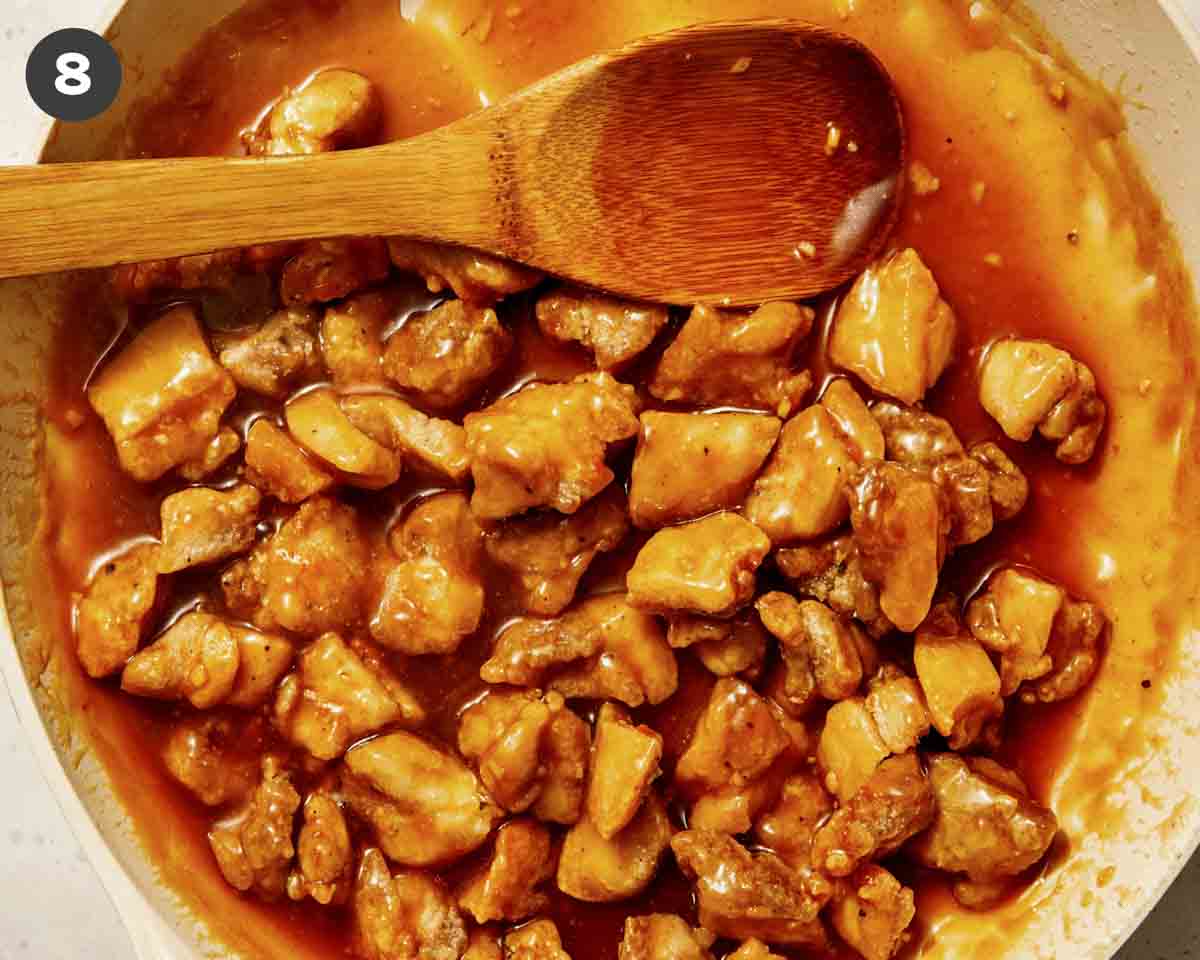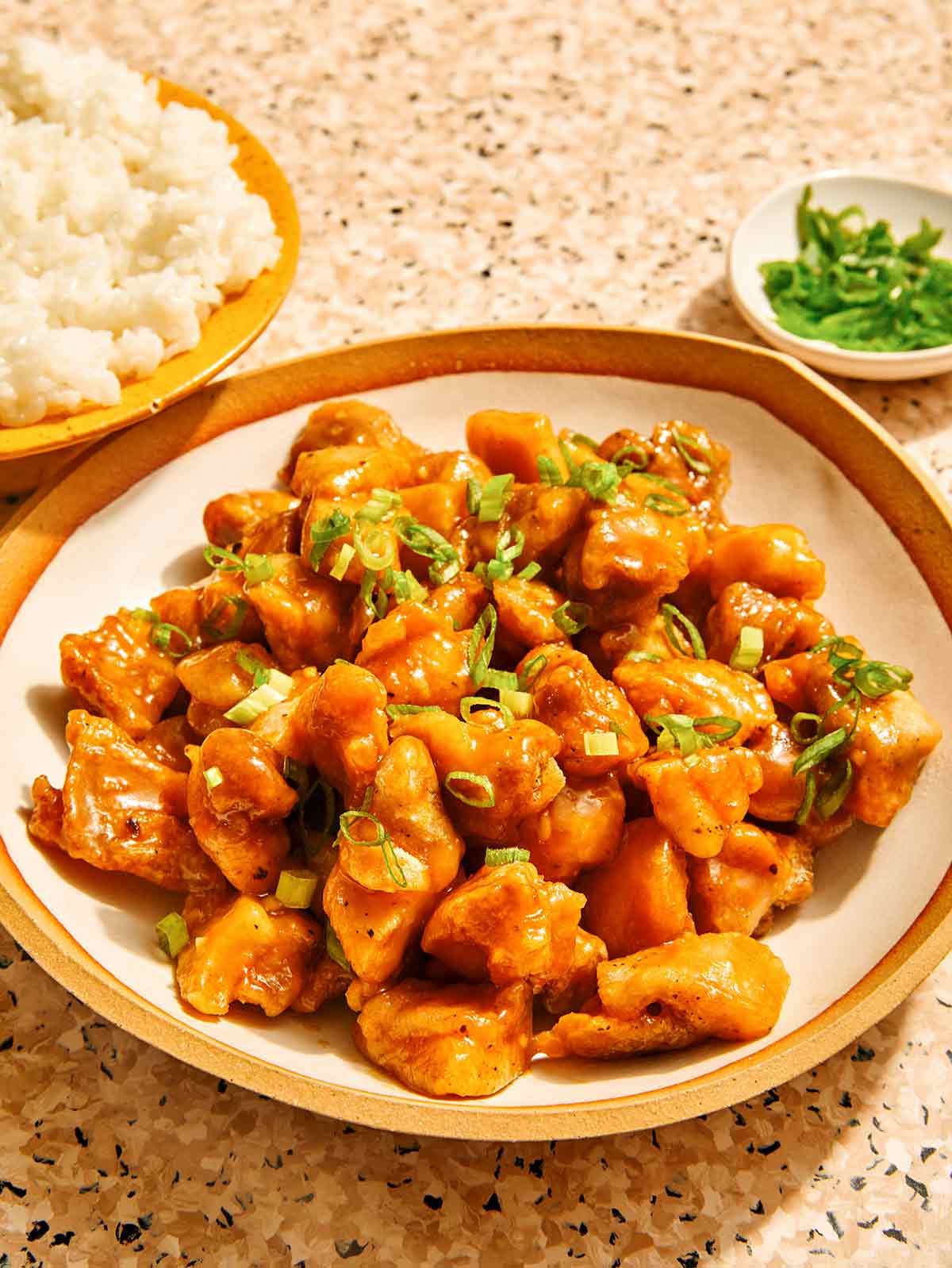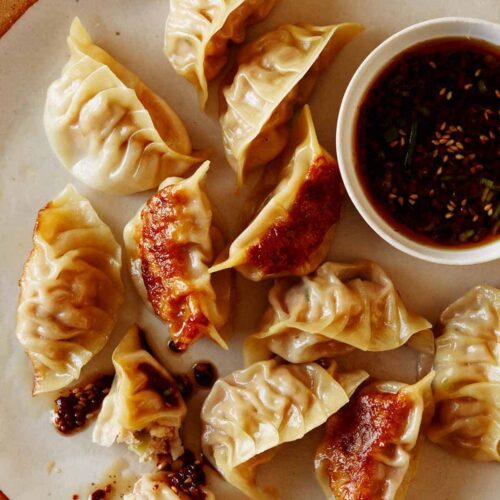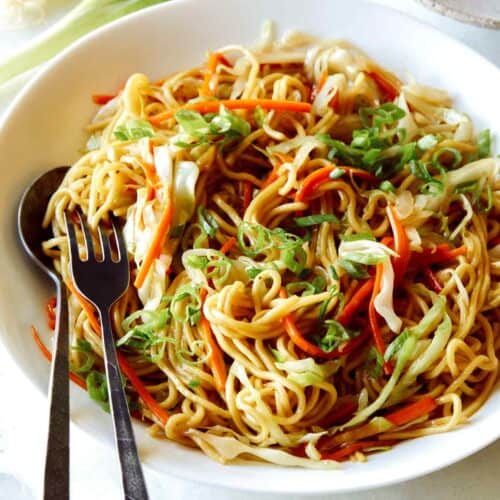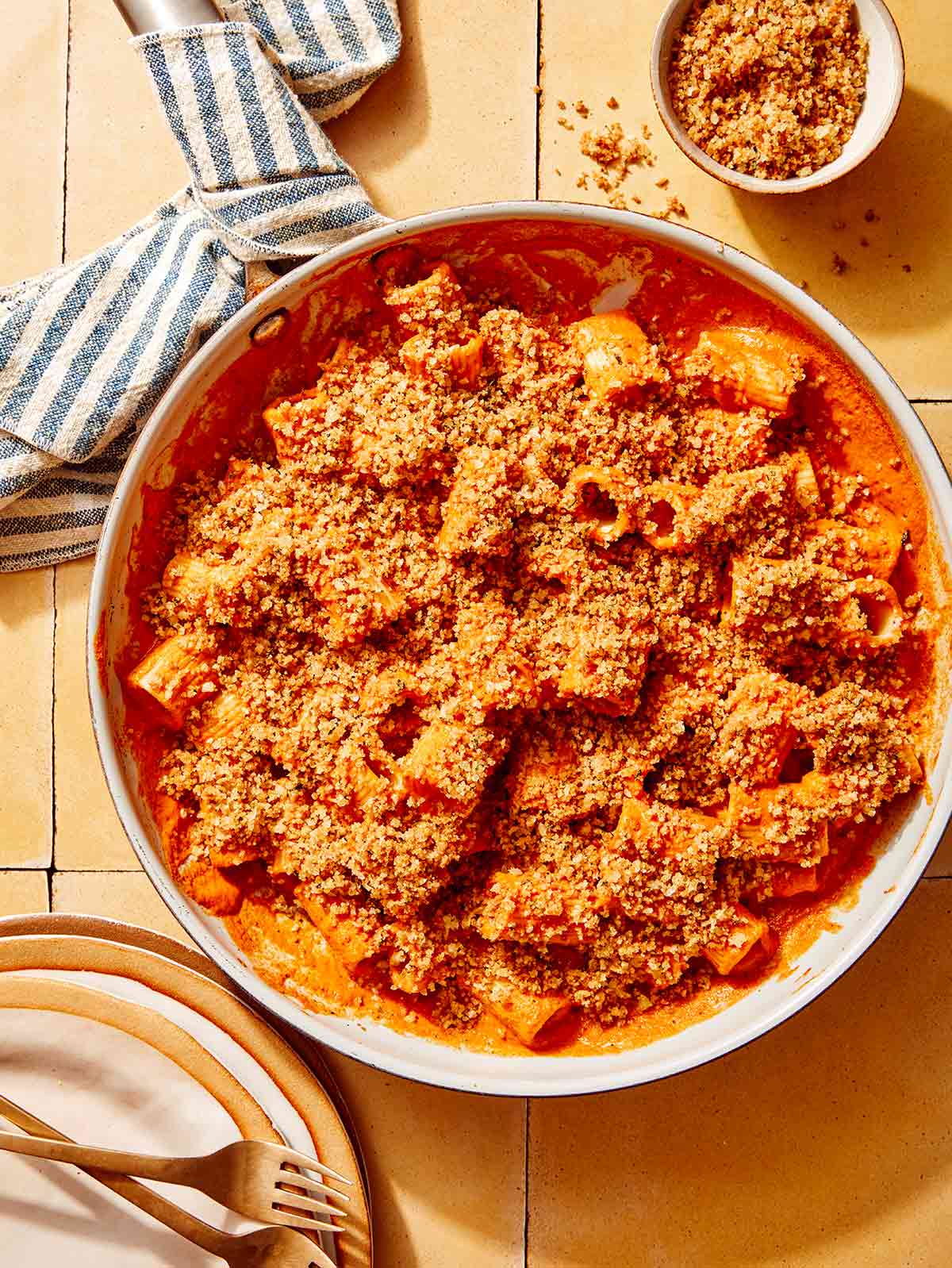
The key to any delicious pasta meal is the sauce, and this romesco sauce is soon to be your favorite – right up there with our homemade vodka sauce and bolognese sauce. Our creamy romesco sauce is made from blended roasted red peppers, almonds, tomato paste, and herbs, creating a rich and flavorful dish that’s only made better by the buttery parmesan herb breadcrumbs sprinkled on top!
This entire recipe takes less than 30 minutes and is easily customizable to add protein and vegetables or be eaten just as it is. It’s the perfect weeknight meal and can even be made days or months ahead to enjoy anytime the craving strikes (and we know it will!).
What is Romesco Sauce?
While it’s a perfect pairing for pasta, romesco sauce can be used for so much more. Originally from the Catalonia region of Spain, romesco sauce is a blend of roasted red peppers, tomatoes, garlic, and almonds, with a little wiggle room for bonus ingredients like lemon, parsley, basil, or other spices and seasonings to make it your own.
When blended, the ingredients create a vibrant, rich, and slightly smoky sauce – almost like a cross between pesto and salsa. While it was traditionally served with fish, we love it tossed with pasta or dipped, spread, and drizzled over just about everything else!
How to Make Romesco Sauce with Rigatoni
Ingredients
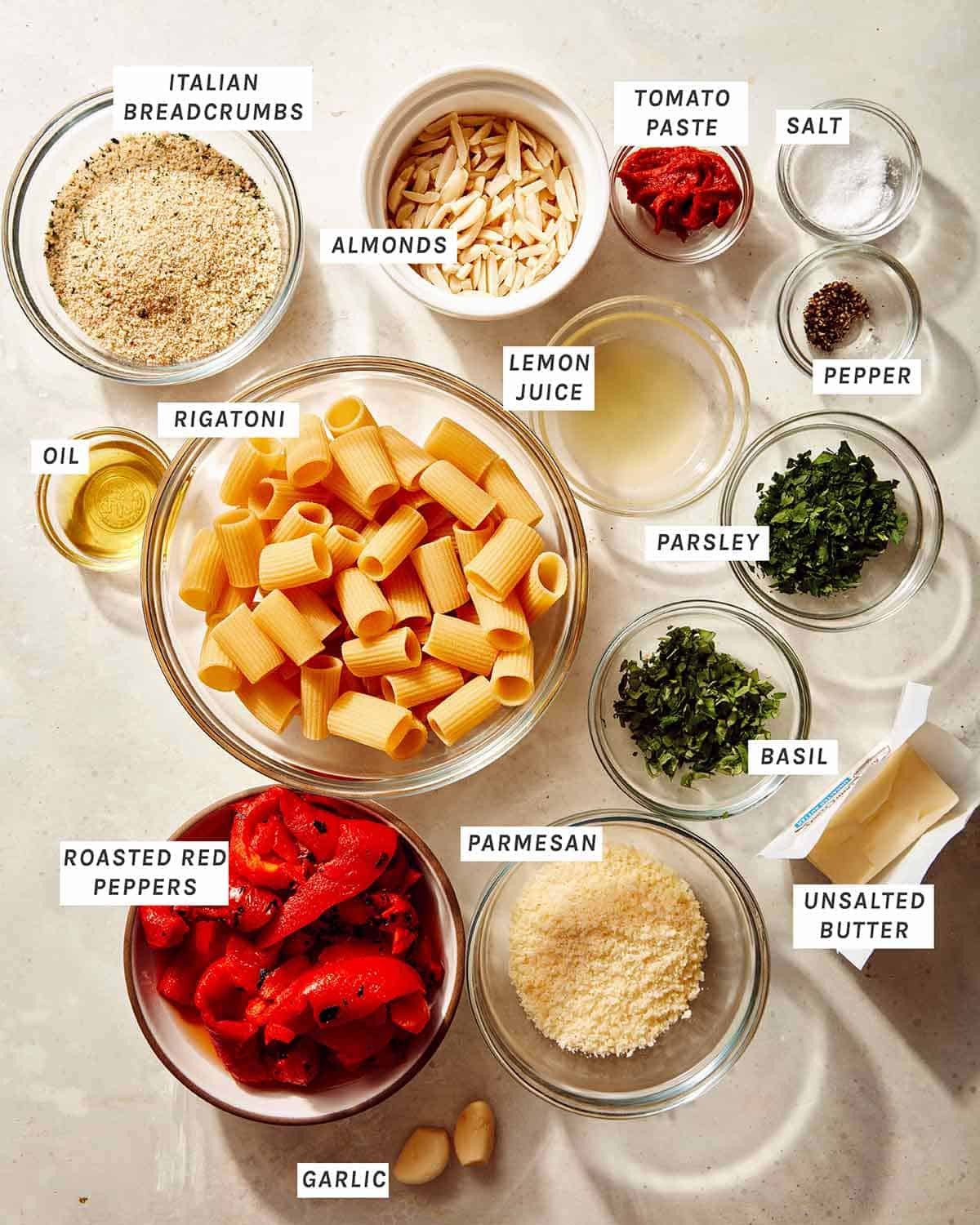
Process
- Fill a pot with water, place it over high heat, and bring it to a boil. Add a small handful of salt and rigatoni and boil, stirring occasionally, until al dente, 6 to 7 minutes. Drain the pasta into a colander, reserving 2/3 cup of pasta water. Set aside.
- Melt butter in a skillet over medium heat, then add breadcrumbs. Stir and toast the breadcrumbs for 3 to 4 minutes, then remove from heat.
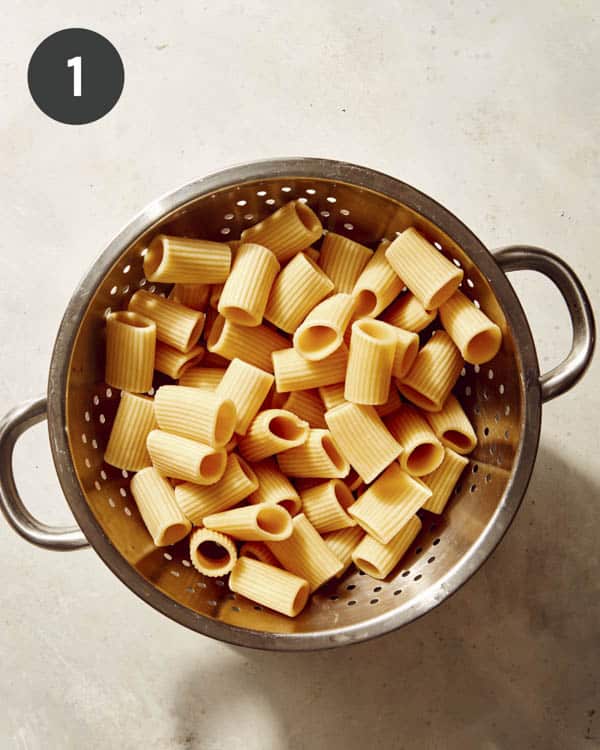
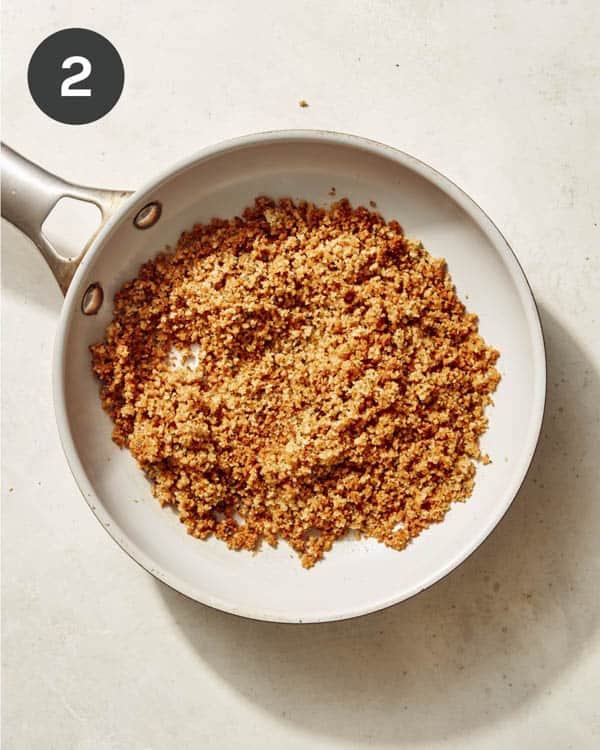
- Once the mixture has cooled, stir in Parmesan. Set aside.
- Place all sauce ingredients into a blender and puree until smooth.
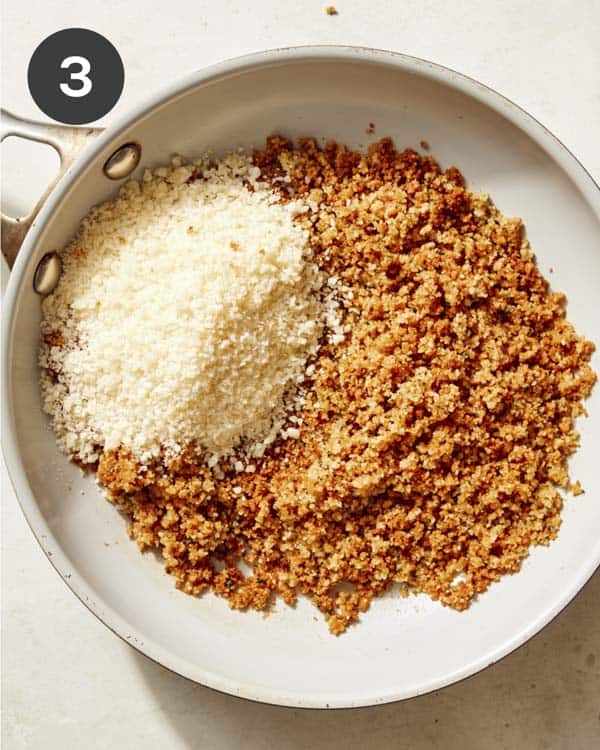
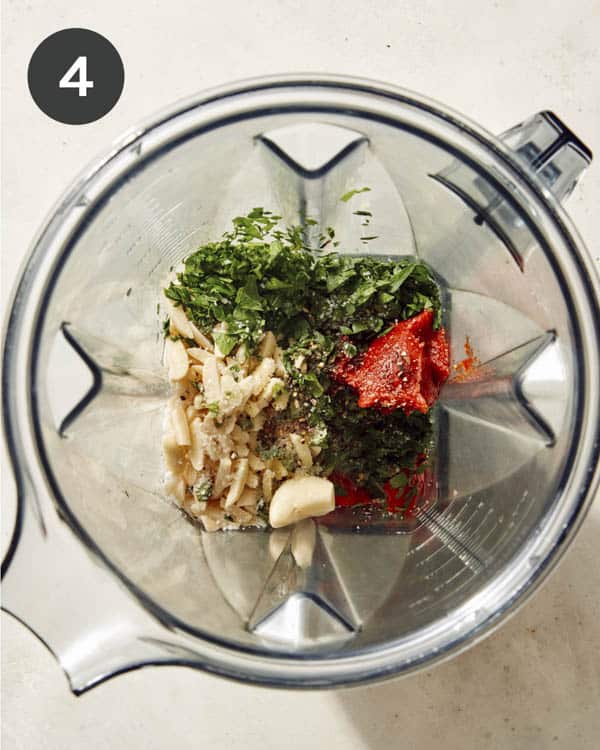
- Pour mixture into skillet and place over medium-low heat. Stir in reserved pasta water and simmer for 2 to 3 minutes.
- Add pasta into the sauce and toss together until the pasta is fully coated—season with salt and pepper.
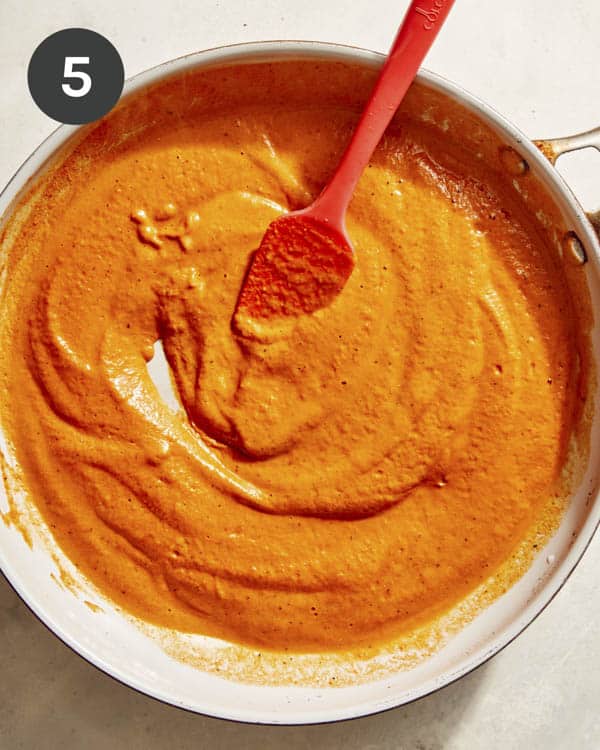
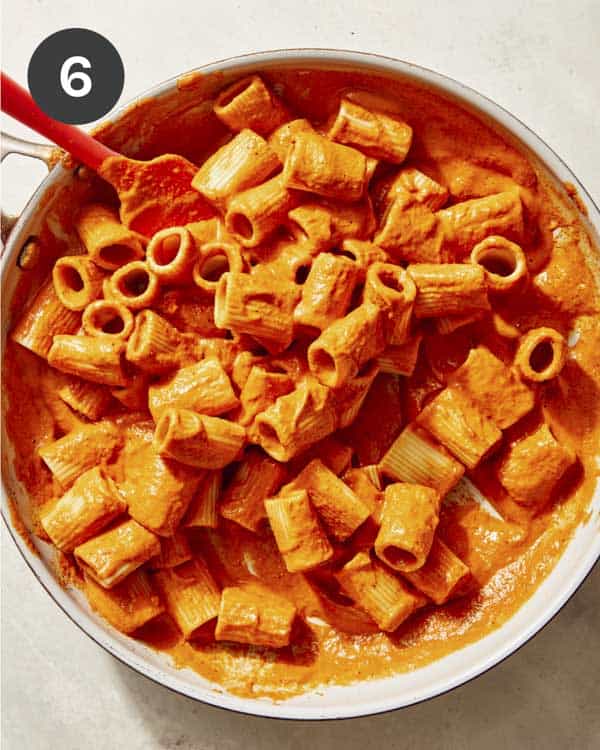
- Pour coated pasta onto a serving platter, top with buttered parmesan-herb breadcrumbs, and serve.
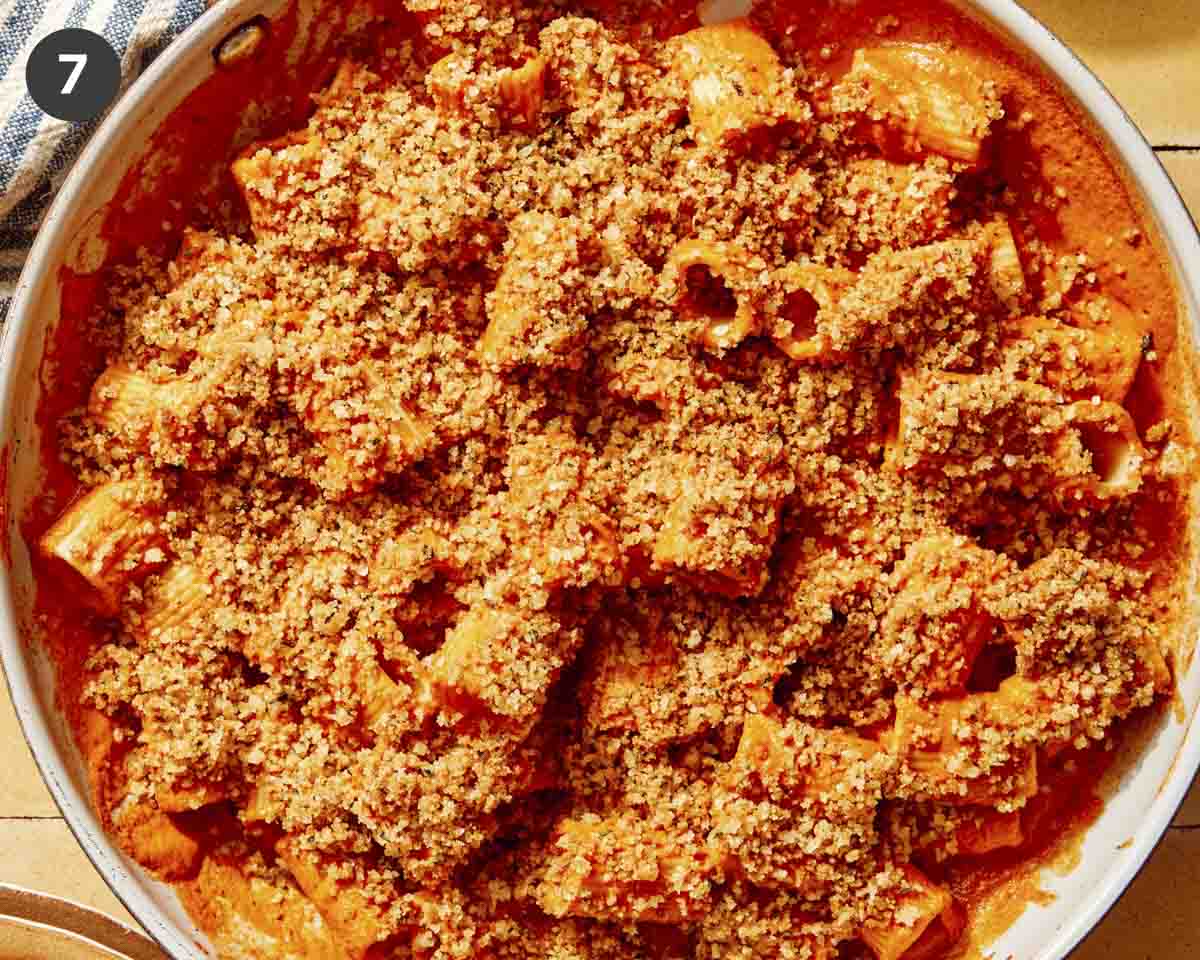
Is Romesco Sauce Only for Pasta?
While it’s mouthwatering on pasta, there are many more romesco sauce uses you need to try!
- As a spread for sandwiches. Swap mayonnaise or mustard for this savory sauce. Try it on a grinder, roast beef, or with a classic grilled cheese.
- Served with meat. Use romesco sauce as a dip or drizzled over grilled steak, pork chops, or air-fried chicken.
- With vegetables. A good dip can make any vegetable, whether grilled, baked, or steamed, irresistible. Serve this sauce with polenta fries, asparagus, green beans, or potatoes.
- With breakfast. Romesco sauce isn’t just for dinner dishes. Serve it drizzled over scrambled eggs or cloud eggs, in a breakfast burrito, or over twice-baked breakfast potatoes.
- As a dip. Serve a dish of warm or cold romesco sauce with crusty bread, bagel chips, crackers, or raw veggies.
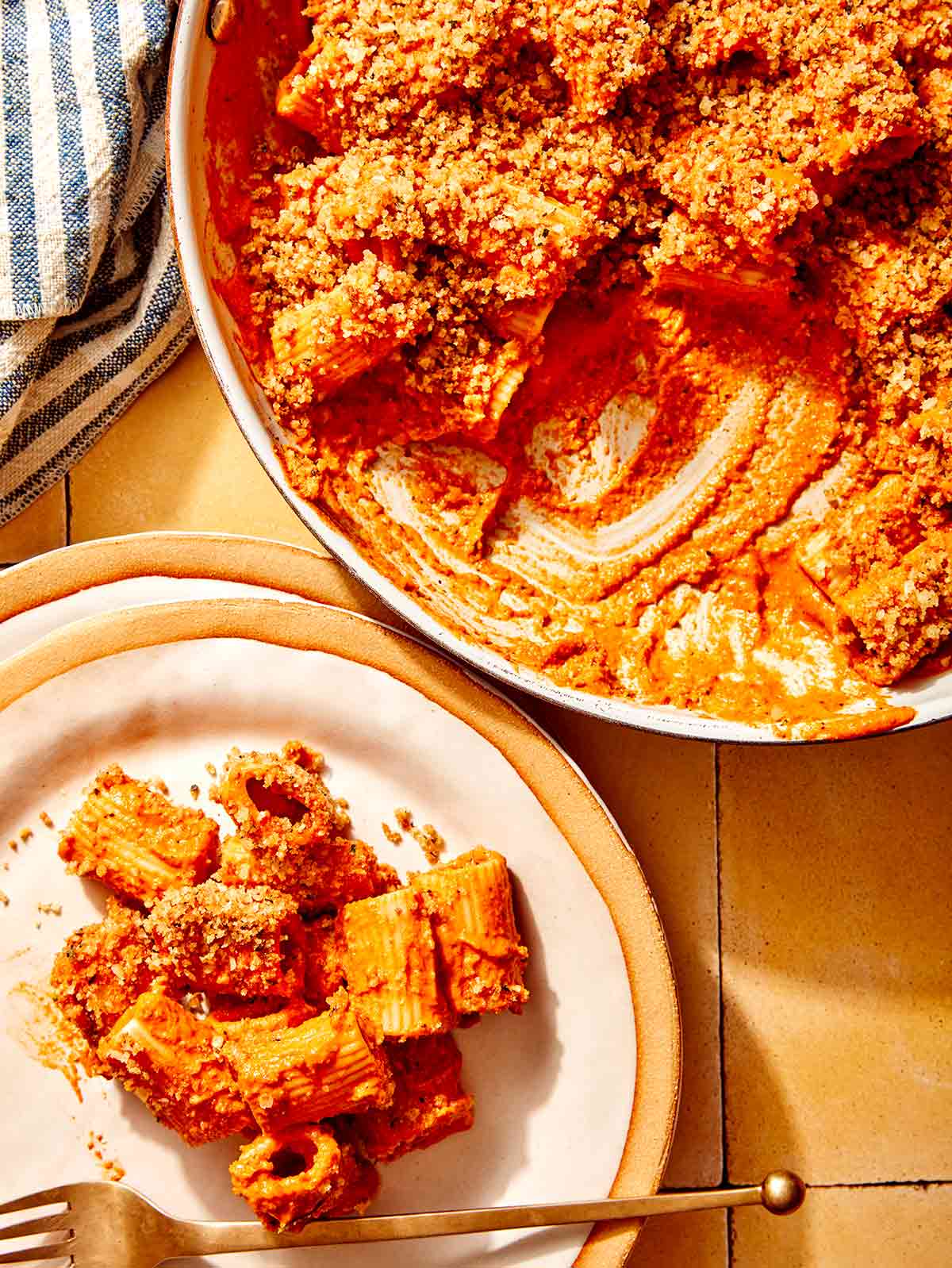
Make Ahead, Freezing, and Reheating Instructions
Make Ahead
To make this meal even easier, you can make the romesco sauce ahead of time, so all you have to do the night of is boil your pasta and quickly make your breadcrumbs.
In our opinion, romesco sauce that’s sat in the refrigerator for a day or two is even better than fresh sauce, as the flavors become richer and they have time to meld together. Just make the recipe for the sauce as directed, let it cool, and store it in an airtight container in the refrigerator for up to 5 days.
To make the pasta ahead, boil it until slightly al dente, drain, toss with a little olive oil, then let it cool completely. Store it in the refrigerator for up to 2-3 days.
Freezing
Romesco sauce is perfect for freezing as the texture and flavor stay the same. This makes it a great sauce to prepare in double or triple batches, freezing the rest for later! Portion the sauce into freezer bags, lay them flat, and freeze for up to 3 months.
You can also freeze the entire pasta dish (minus the breadcrumb mixture) to reheat and enjoy at a later date. Make the sauce and the pasta and combine as directed. Once cooled, store in an airtight container in the freezer for up to three months. Do not freeze with the breadcrumb topping, as this will become soggy as they thaw.
Reheating
- To reheat refrigerated romesco sauce, add it to a pot over the stove on low heat. Stir gently until warmed through.
- To reheat refrigerated pasta, add it to a pot over the stove on low heat. Stir gently until warmed through, adding a little water if needed.
- To reheat frozen romesco and rigatoni, let the pasta thaw in the refrigerator overnight, then add it to a pot over low to medium heat. Warm through, adding a small amount of water if the sauce and pasta seem dry.
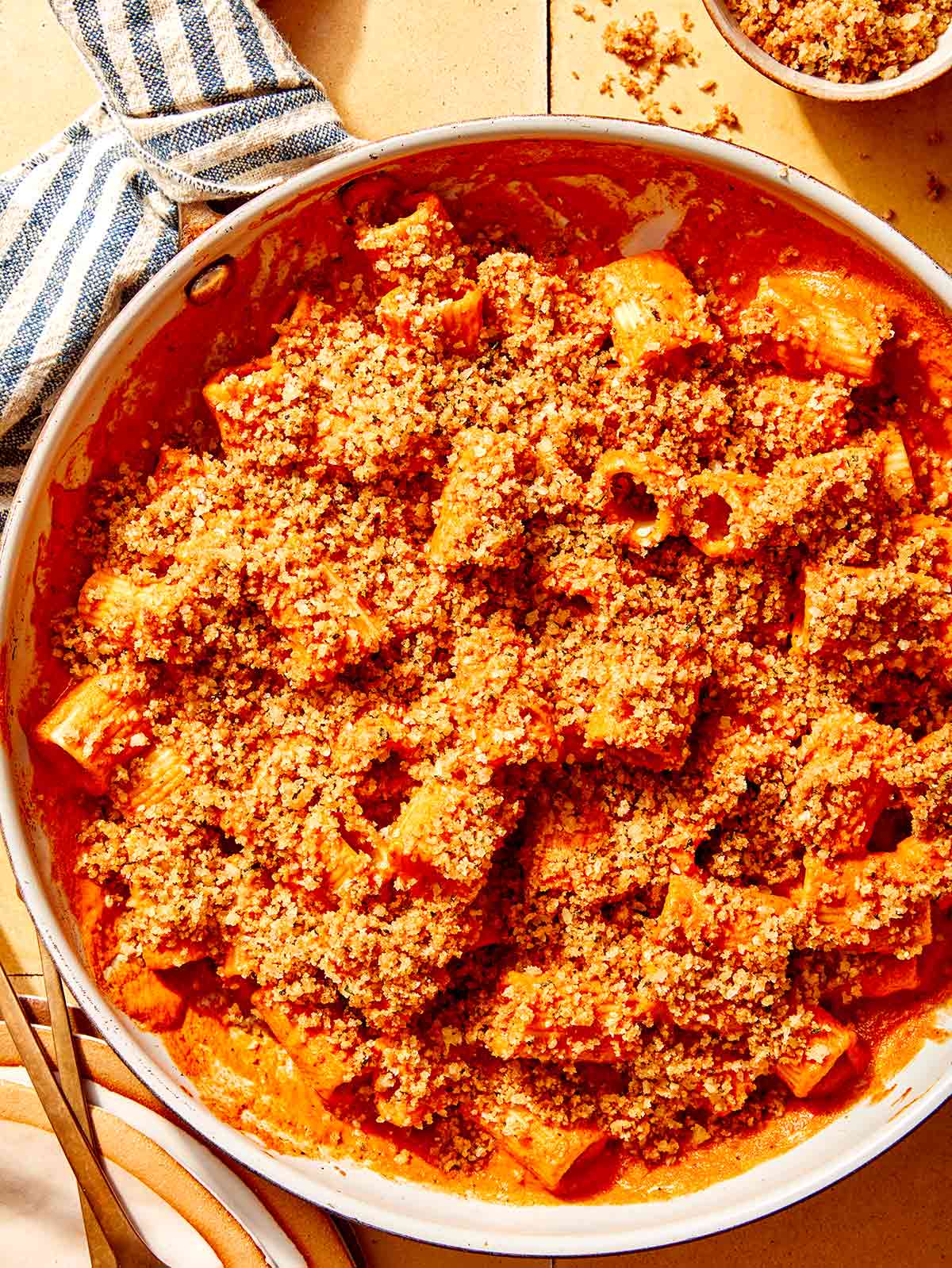
Variations
We love this recipe as is, but here are some easy ways you can change up the dish to make it your own!
- Make it vegan. The romesco sauce and rigatoni are already naturally vegan, so just use dairy-free butter for the breadcrumbs, and the entire dish will be vegan and dairy-free!
- Add protein. To make this dish a little more filling and balanced, add diced chicken or steak, ground turkey or burger, or shrimp.
- Add veggies. Steam, roast, or saute broccoli, peppers, zucchini, eggplant, mushrooms, or cauliflower (or any combination of veggies) and serve them mixed into the pasta or on the side.
- Make it extra creamy. This sauce already has a rich texture, but you can make it even more decadent and creamy by adding a splash of half and half or a dollop of sour cream or Greek yogurt.
- Make it spicy. Add a sprinkle of crushed red pepper flakes or minced jalapeno peppers to the sauce for a spicy kick.
- Swap the nuts. Instead of slivered almonds, use crushed walnuts or pine nuts in the romesco sauce.
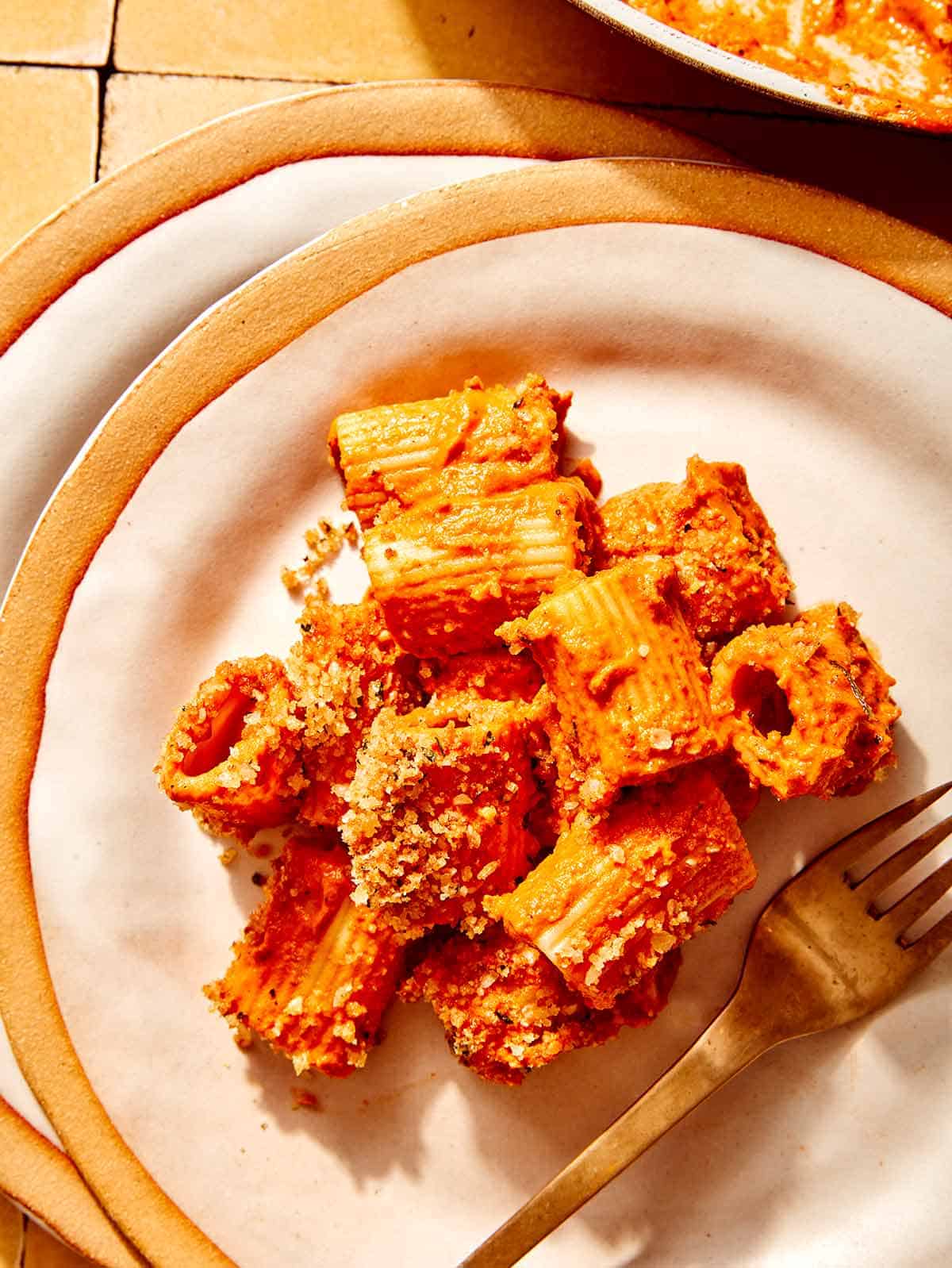
What to Serve with Romesco Sauce with Rigatoni
To make this into a complete meal, serve your rigatoni with romesco sauce alongside:
- Garlic Bread or a loaf of other crusty bread
- Shaved Brussels Sprout Salad
- A simple, leafy green salad
- Roasted Cauliflower
- Roasted Rack of Lamb
- Salmon or other seafood
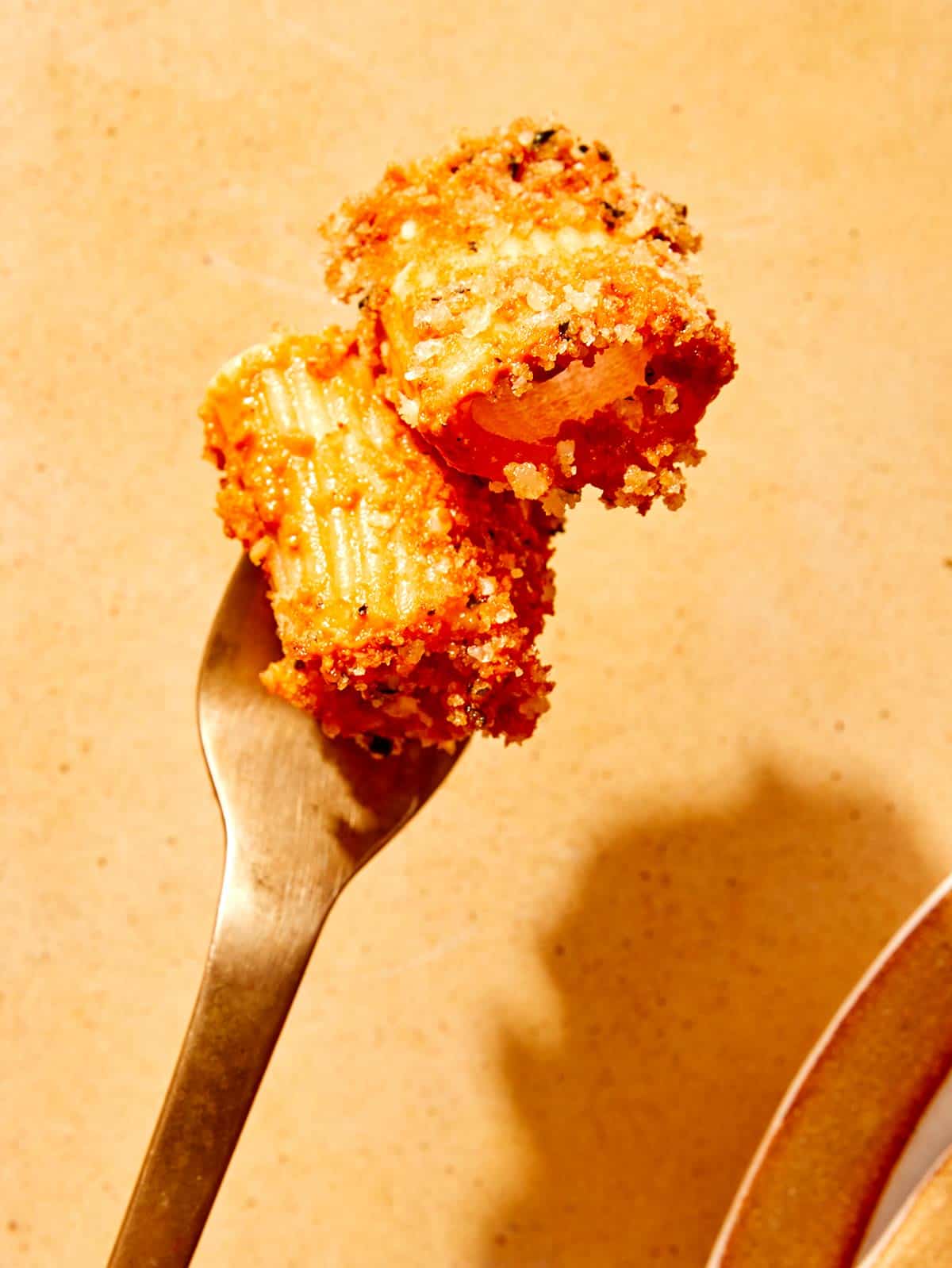
More Delicious Recipes You Will Love

Romesco Sauce with Rigatoni
Equipment
Ingredients
- 1/2 pound rigatoni
buttered parmesan-herb breadcrumbs
- 2 1/2 tablespoons unsalted butter
- 2/3 cup Italian Style breadcrumbs
- 1/3 cup grated Parmesan
romesco sauce
- 1 (16 ounce) jar roasted red bell peppers, drained
- 1/3 cup slivered almonds
- 1 1/2 tablespoons tomato paste
- 1 tablespoon extra-virgin olive oil
- 2 garlic cloves
- 1/2 lemon, juiced
- 3 tablespoons minced parsley
- 2 tablespoons minced basil leaves
- salt and pepper to taste
Instructions
pasta
- Fill a pot with water, place over high heat and bring to a boil. Add a small handful of salt and rigatoni and boil, stirring occasionally, until al dente, 6 to 7 minutes.
- Drain pasta into a colander, reserving 2/3 cup pasta water. Set aside.
breadcrumbs
- Melt butter in a skillet over medium heat and add breadcrumbs. Stir and toast breadcrumbs for 3 to 4 minute, and remove from heat. Once mixture has cooled, stir in Parmesan. Set aside.
romesco sauce
- Place all ingredients into a blender and puree until smooth. Pour mixture into skillet and place over medium-low heat. Stir in reserved pasta water and simmer for 2 to 3 minutes.
assembly
- Add pasta into sauce and toss together until pasta is fully coated. Season with salt and pepper.
- Pour coated pasta onto a serving platter, top with buttered, Parmesan-herb breadcrumbs and serve.
Notes
- To make this meal even easier, you can make the romesco sauce ahead of time, so all you have to do the night of is boil your pasta and quickly make your breadcrumbs.
- In our opinion, romesco sauce that’s sat in the refrigerator for a day or two is even better than fresh sauce, as the flavors become richer and they have time to meld together. Just make the recipe for the sauce as directed, let it cool, and store it in an airtight container in the refrigerator for up to 5 days.
- To make the pasta ahead, boil it until slightly al dente, drain, toss with a little olive oil, then let it cool completely. Store it in the refrigerator for up to 2-3 days.
- Romesco sauce is perfect for freezing as the texture and flavor stay the same. This makes it a great sauce to prepare in double or triple batches, freezing the rest for later! Portion the sauce into freezer bags, lay them flat, and freeze for up to 3 months.
- You can also freeze the entire pasta dish (minus the breadcrumb mixture) to reheat and enjoy at a later date. Make the sauce and the pasta and combine as directed. Once cooled, store in an airtight container in the freezer for up to three months. Do not freeze with the breadcrumb topping, as this will become soggy as they thaw.
- To reheat refrigerated romesco sauce, add it to a pot over the stove on low heat. Stir gently until warmed through.
- To reheat refrigerated pasta, add it to a pot over the stove on low heat. Stir gently until warmed through, adding a little water if needed.
- To reheat frozen romesco and rigatoni, let the pasta thaw in the refrigerator overnight, then add it to a pot over low to medium heat. Warm through, adding a small amount of water if the sauce and pasta seem dry.
Nutrition
The post Romesco Sauce with Rigatoni appeared first on Spoon Fork Bacon.
